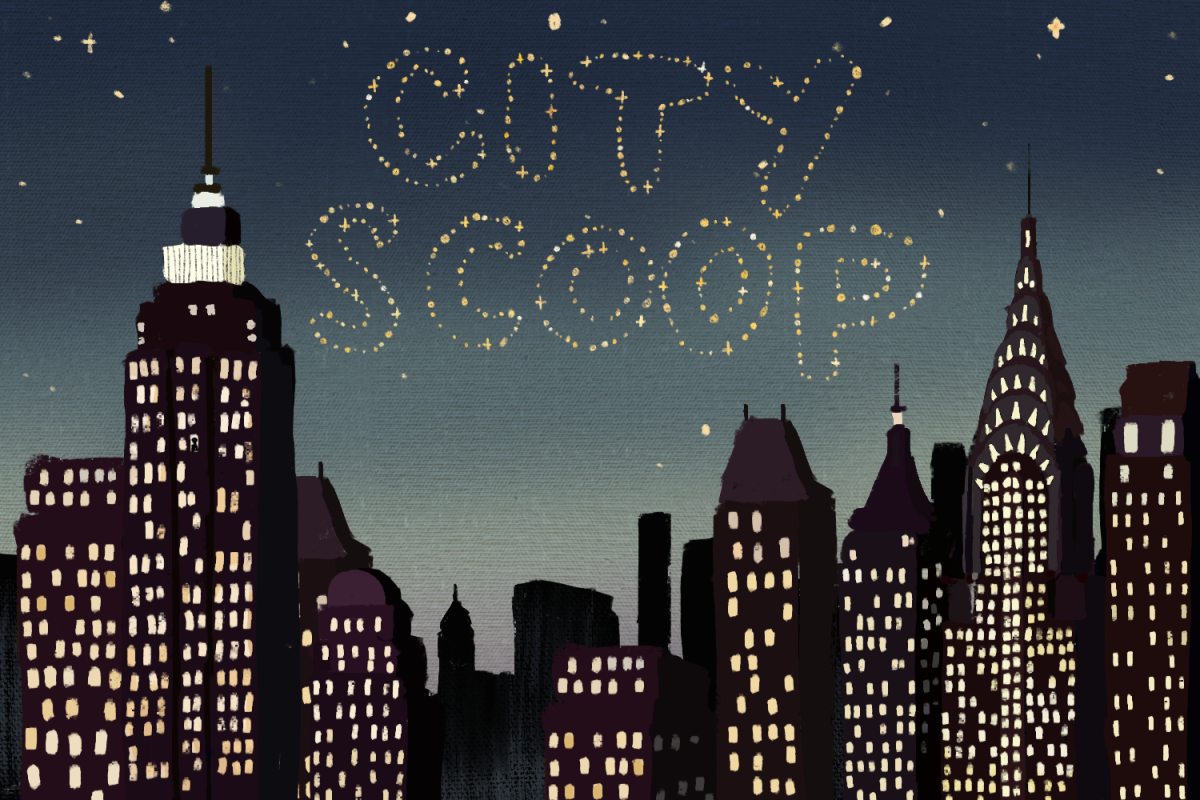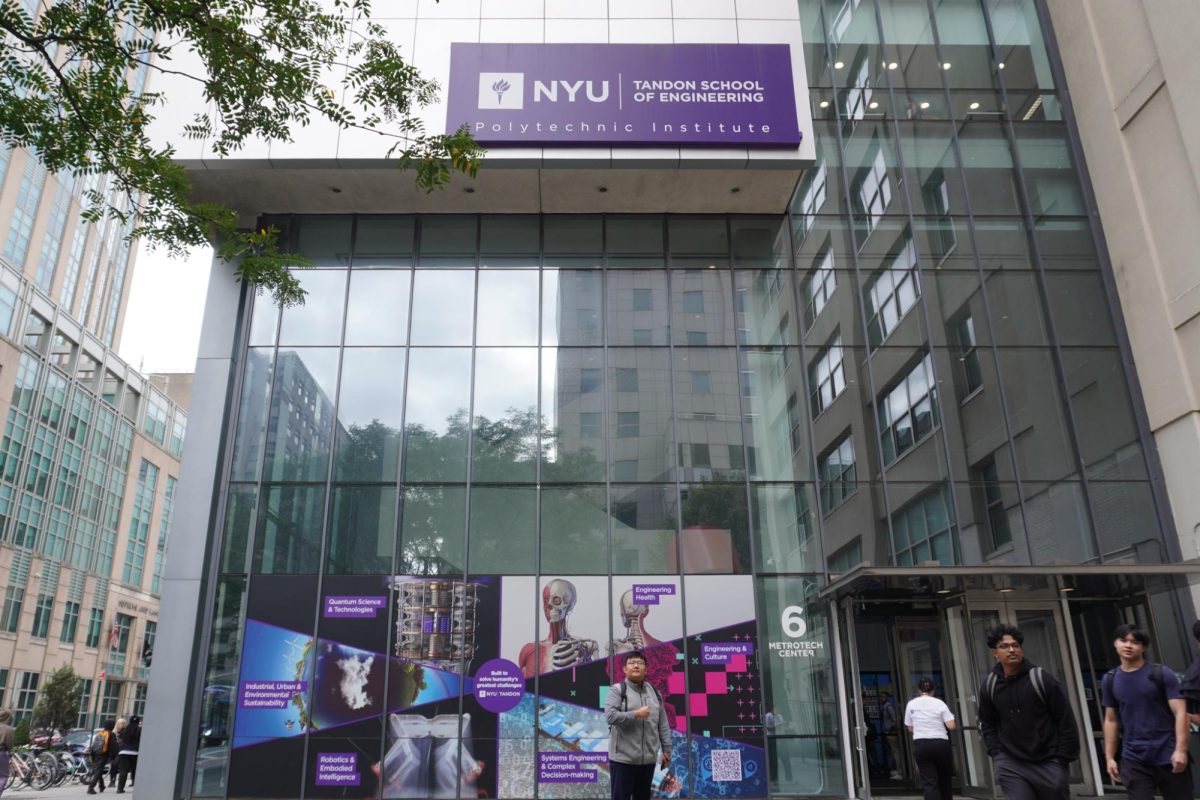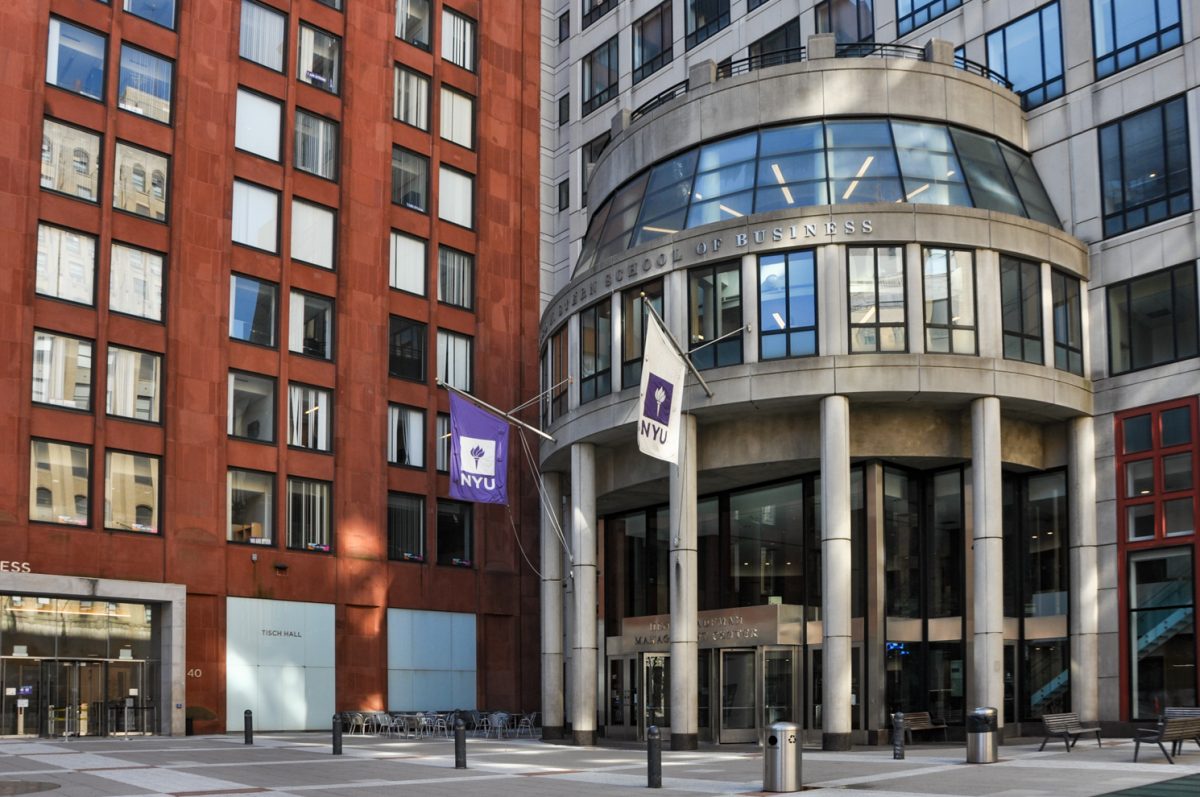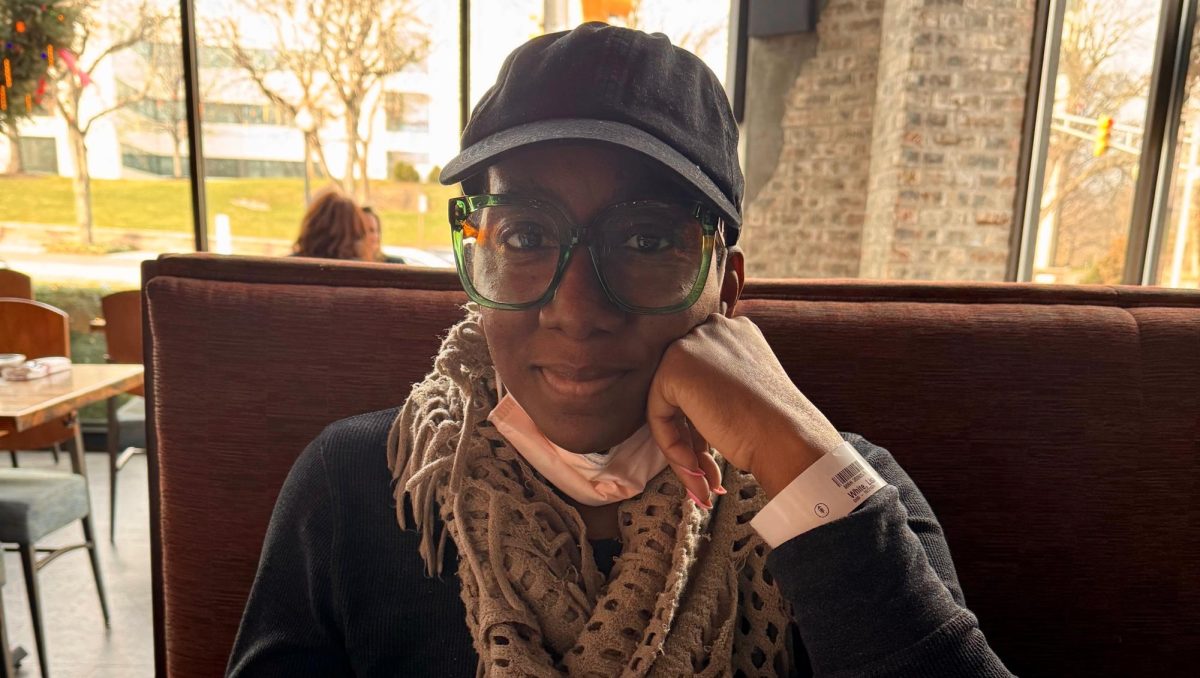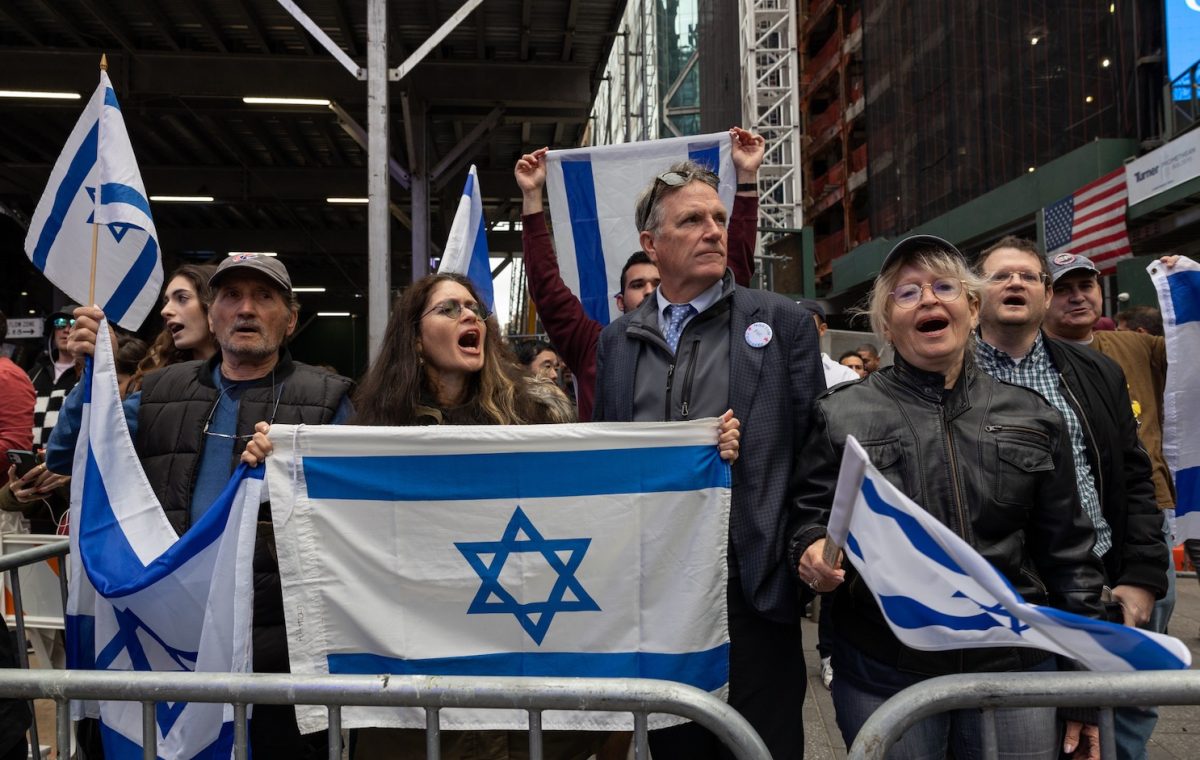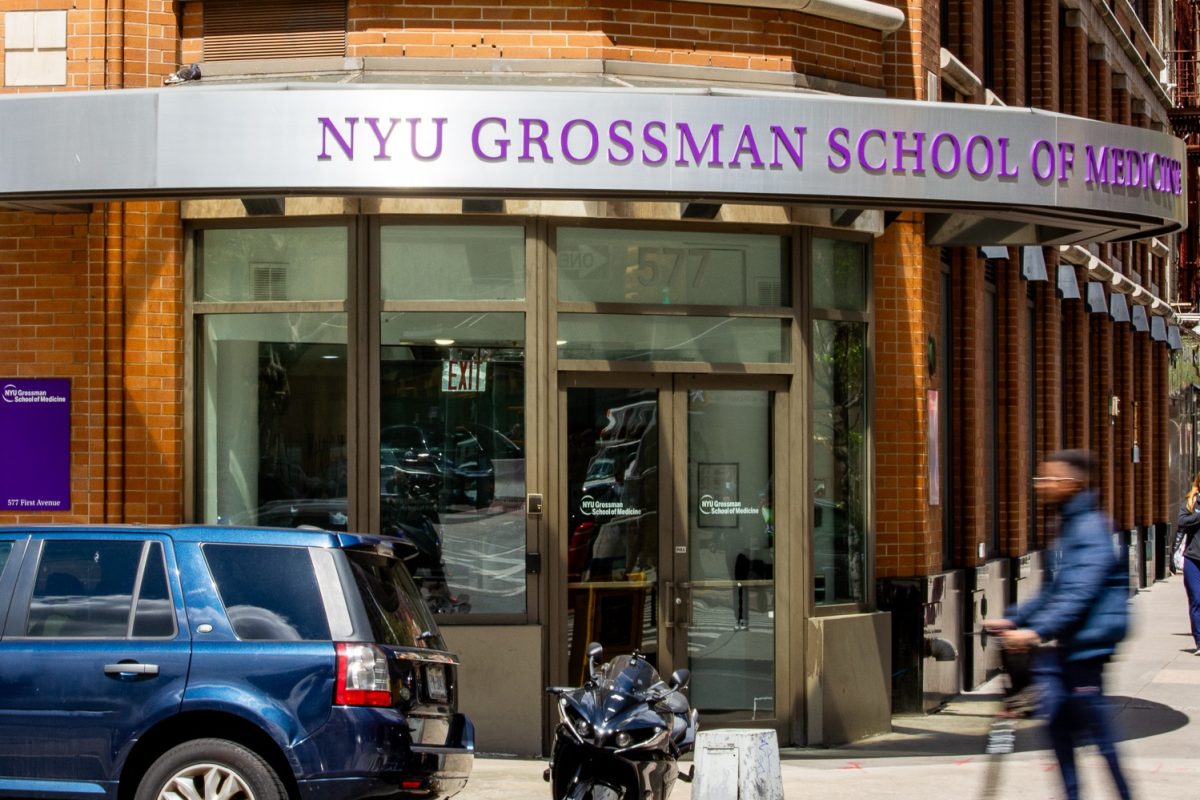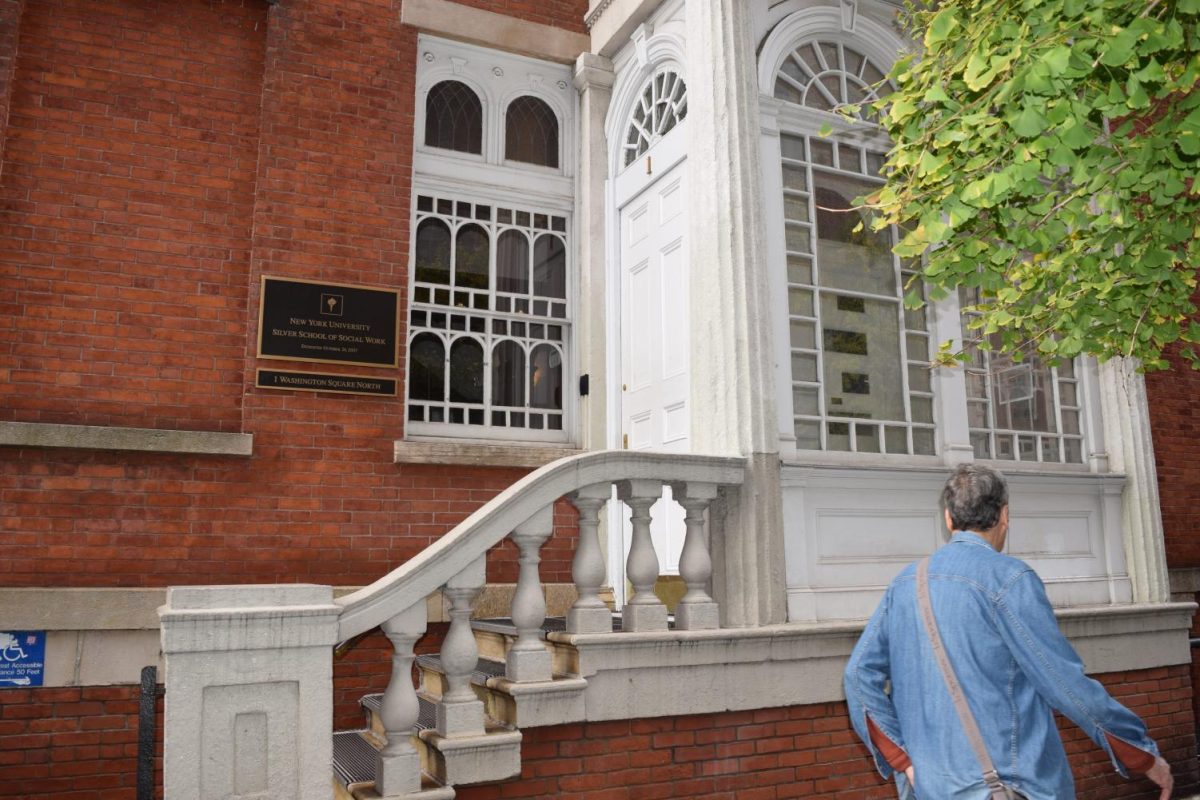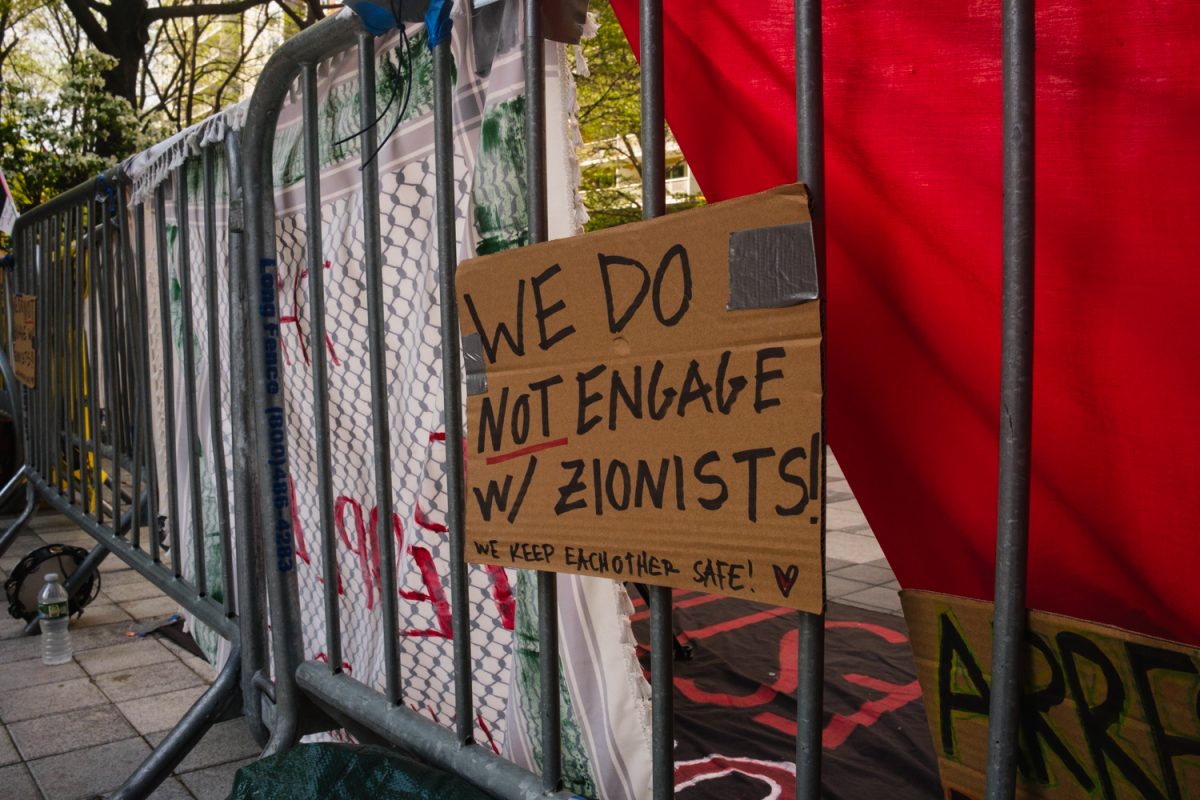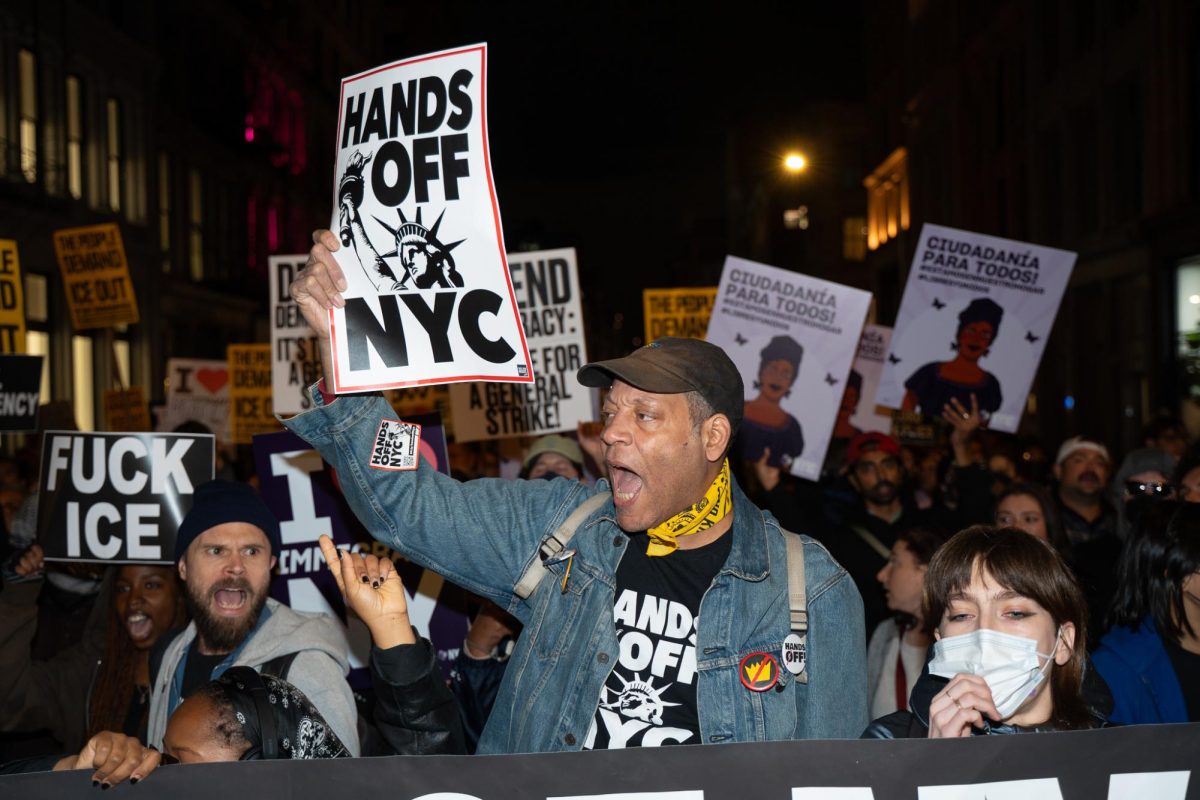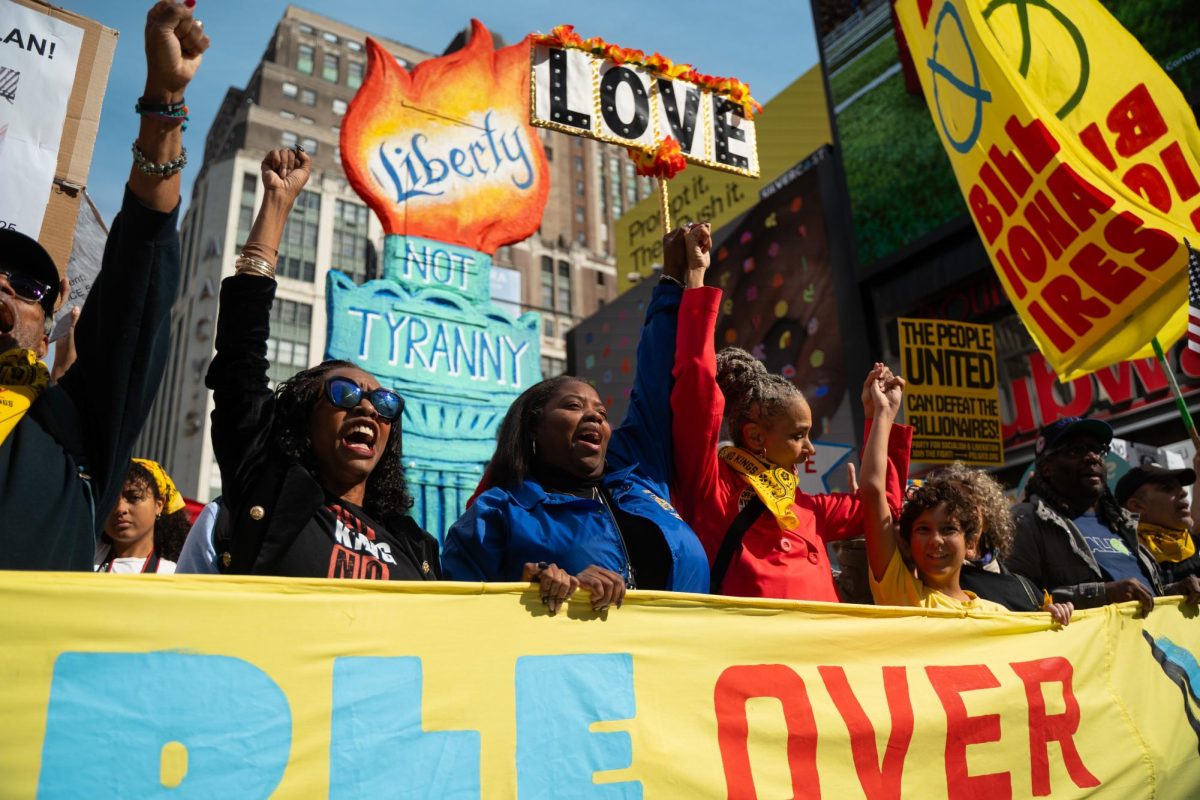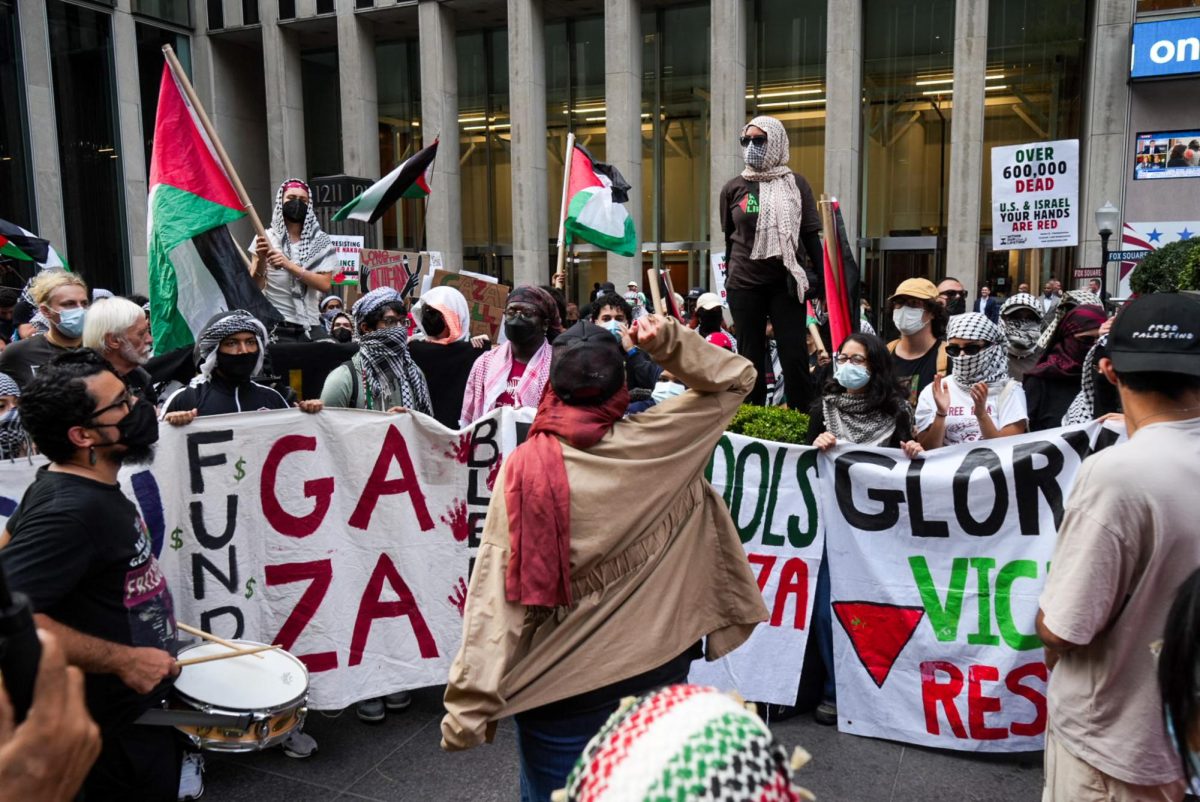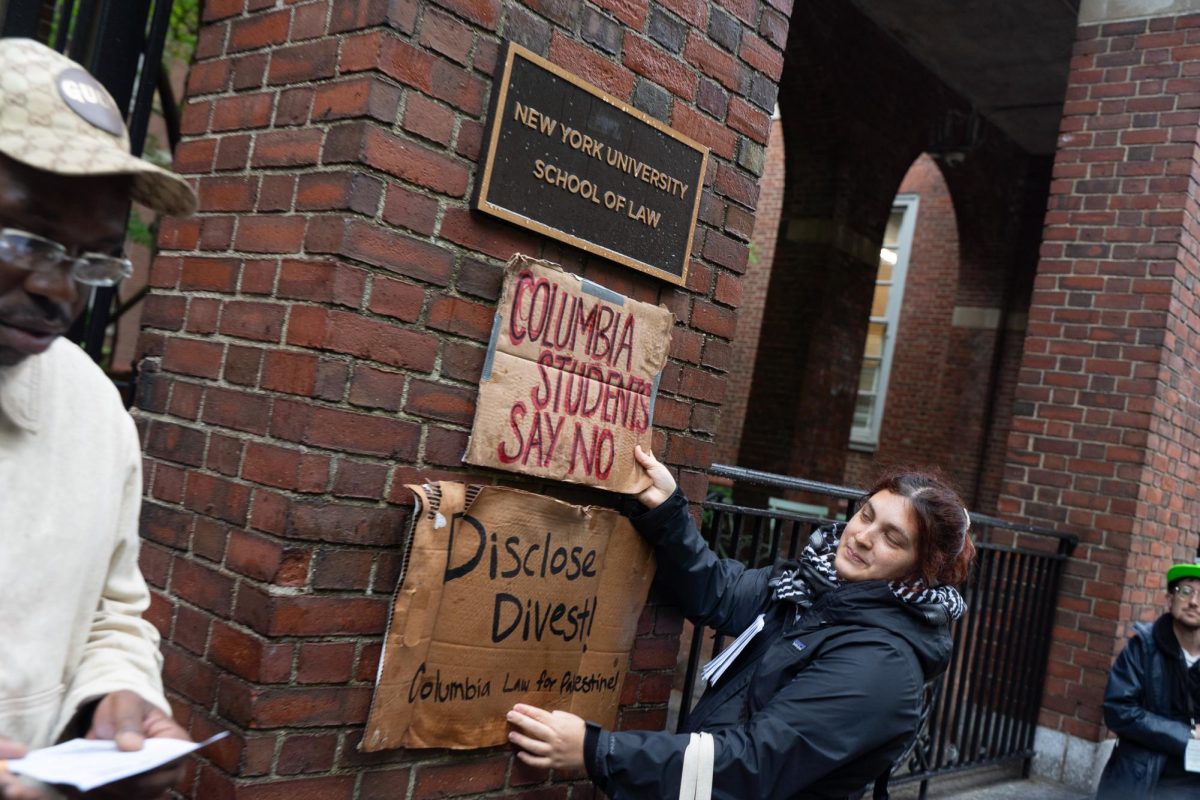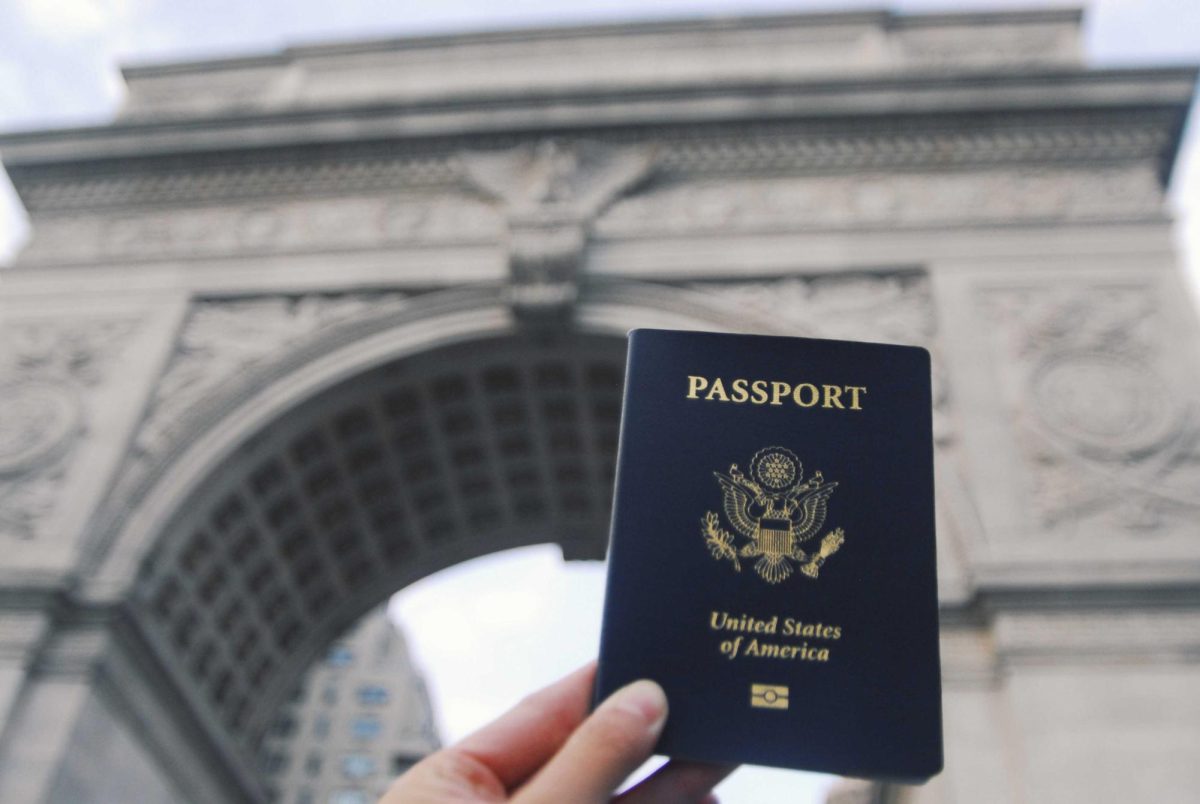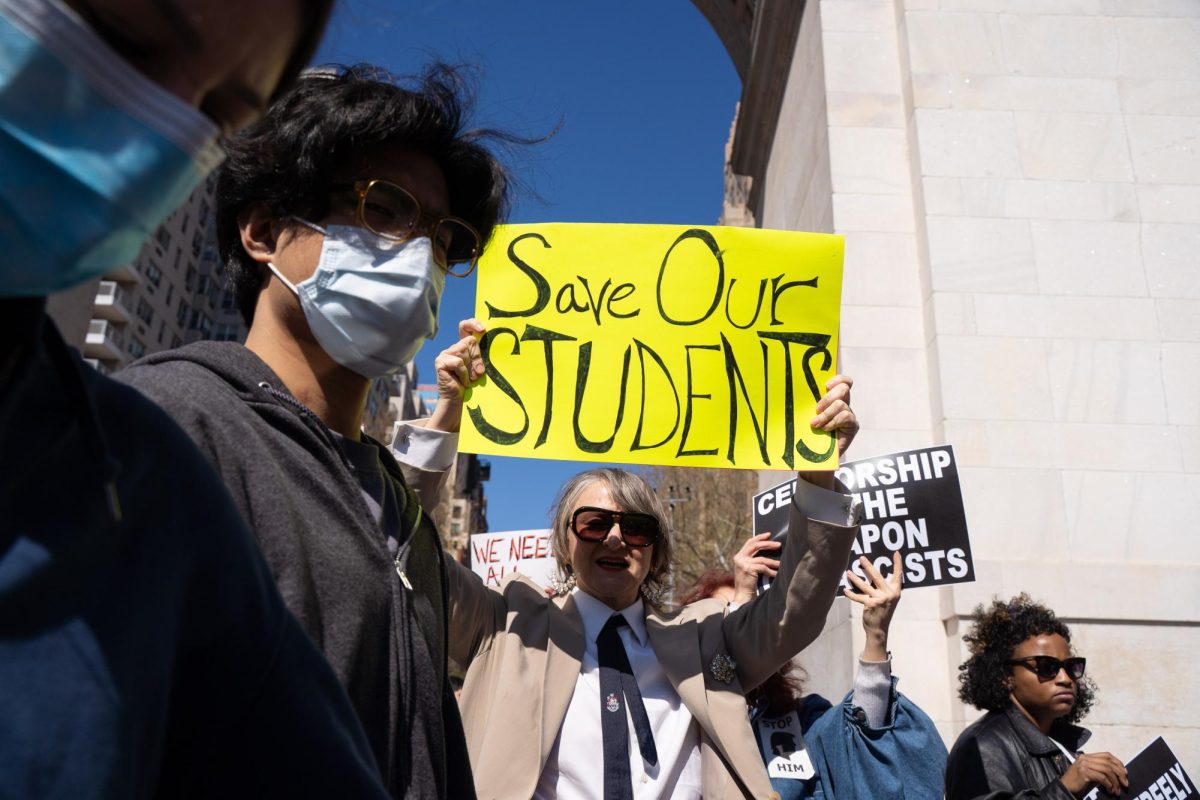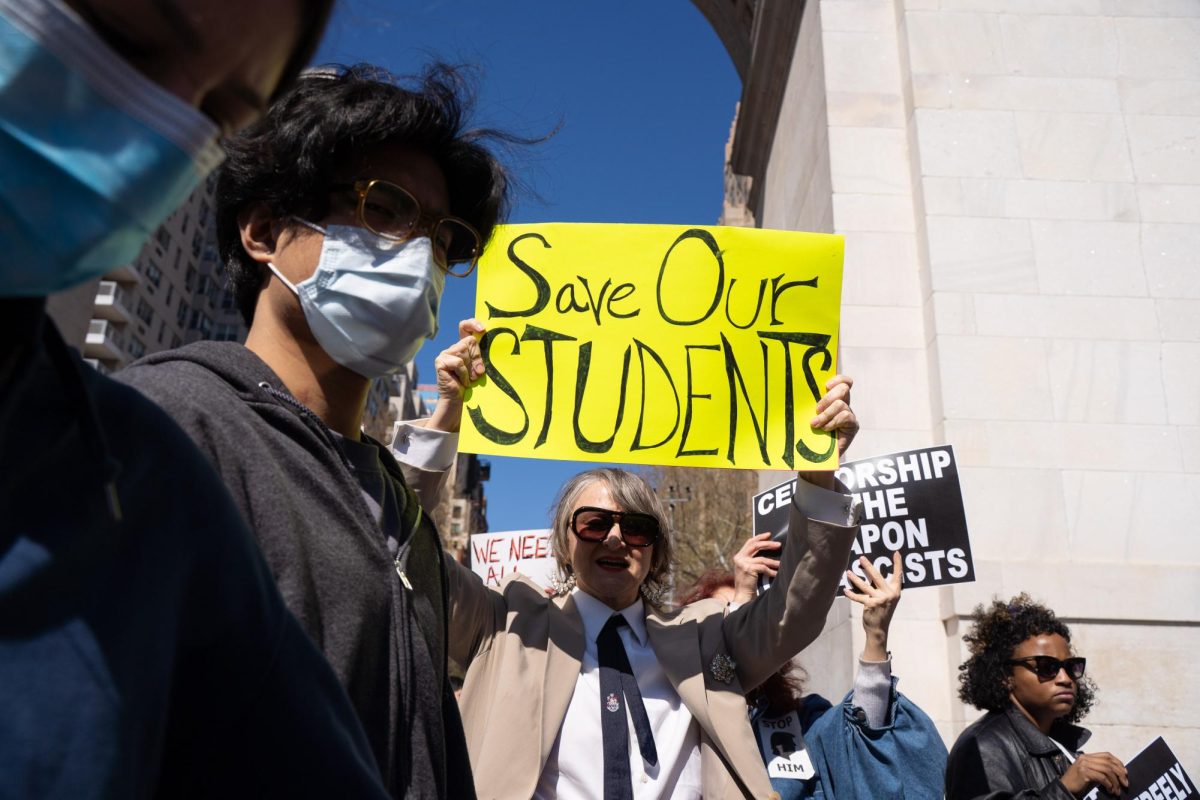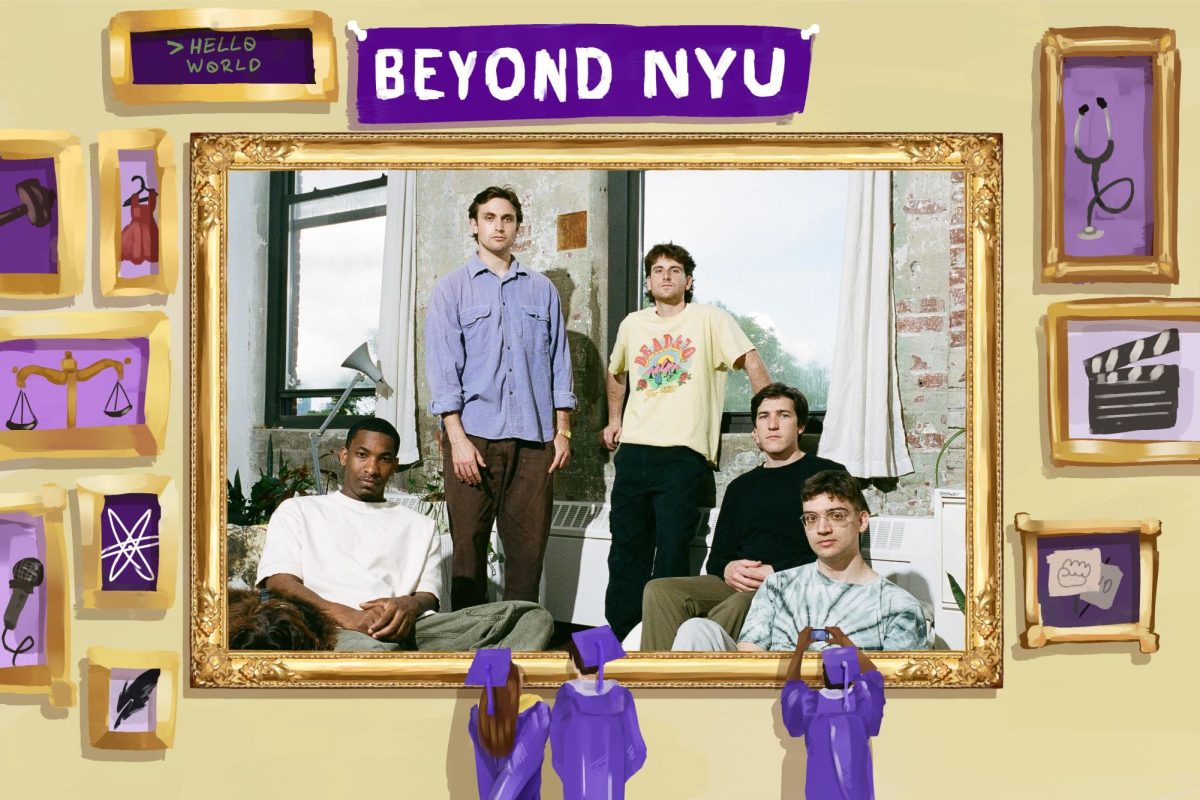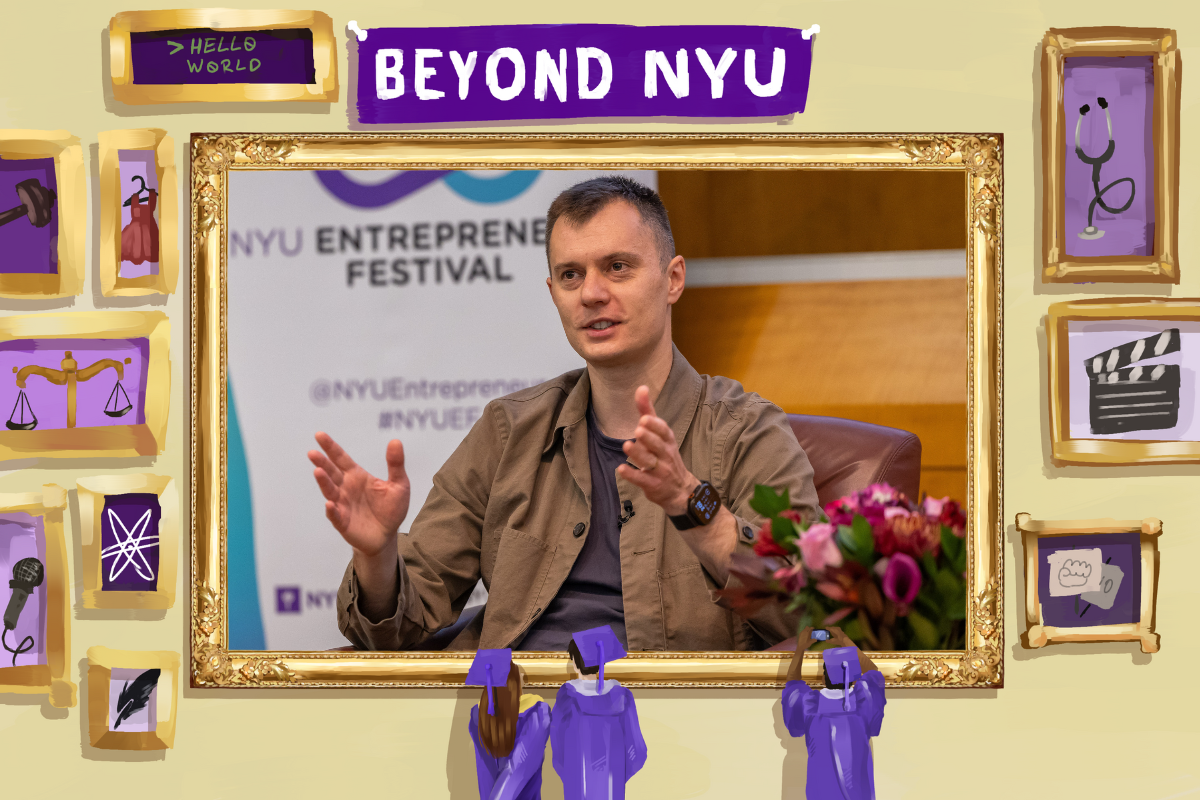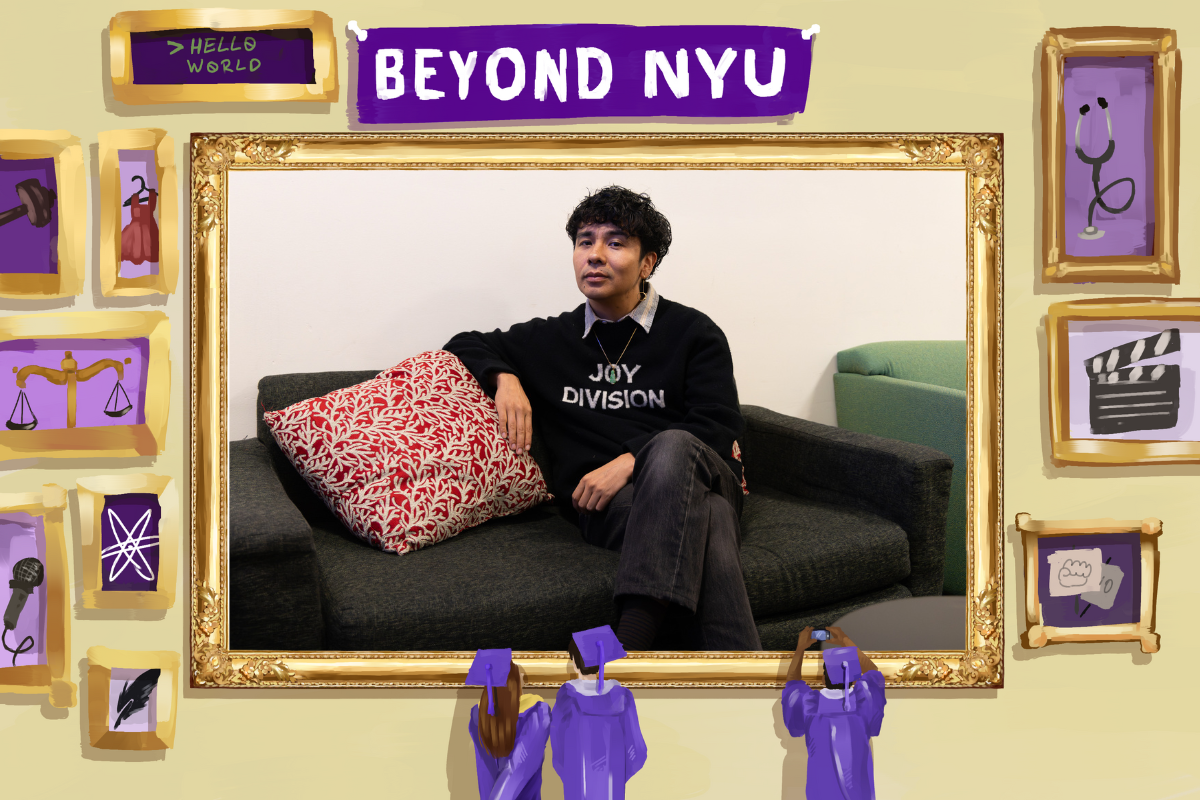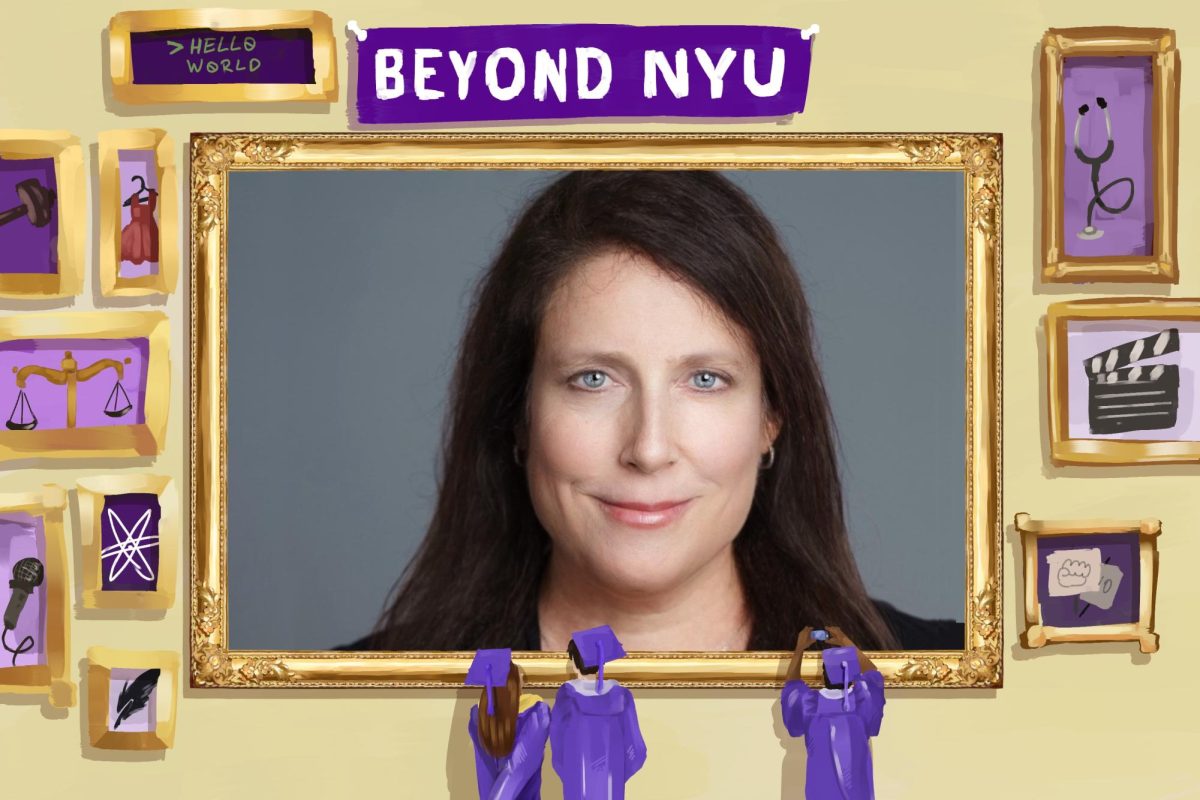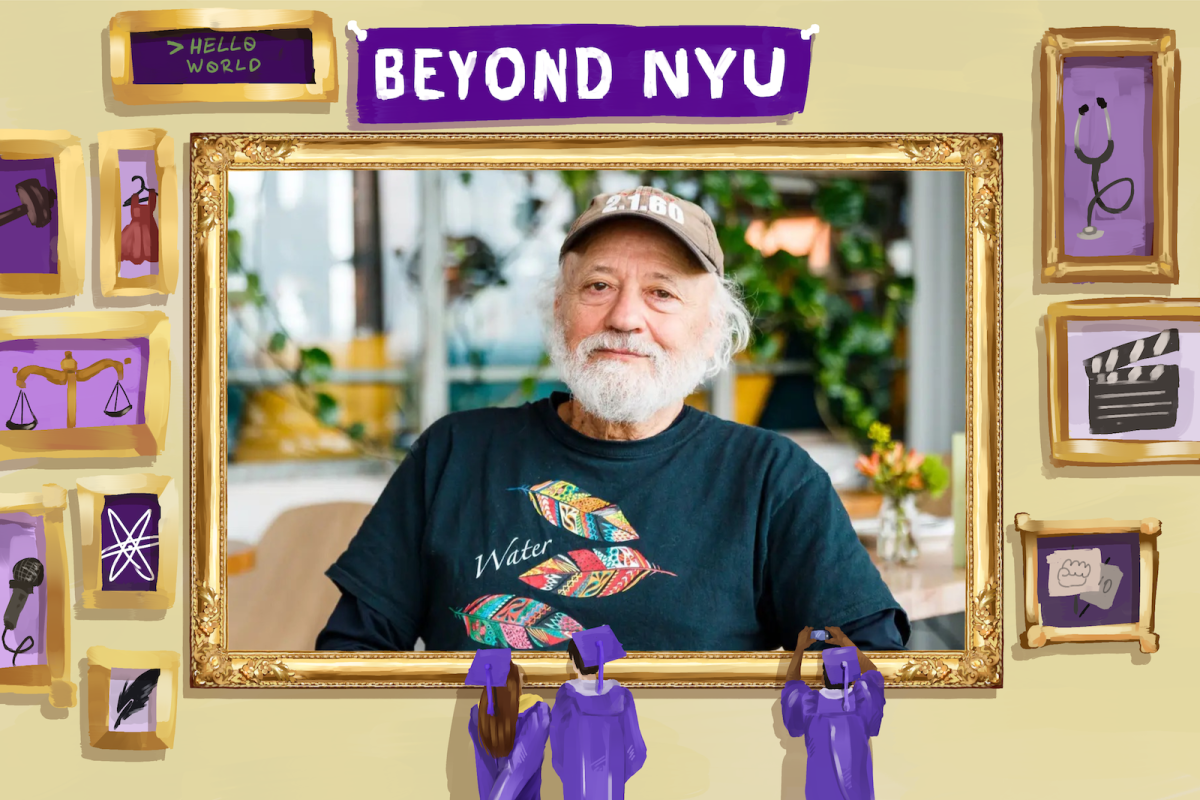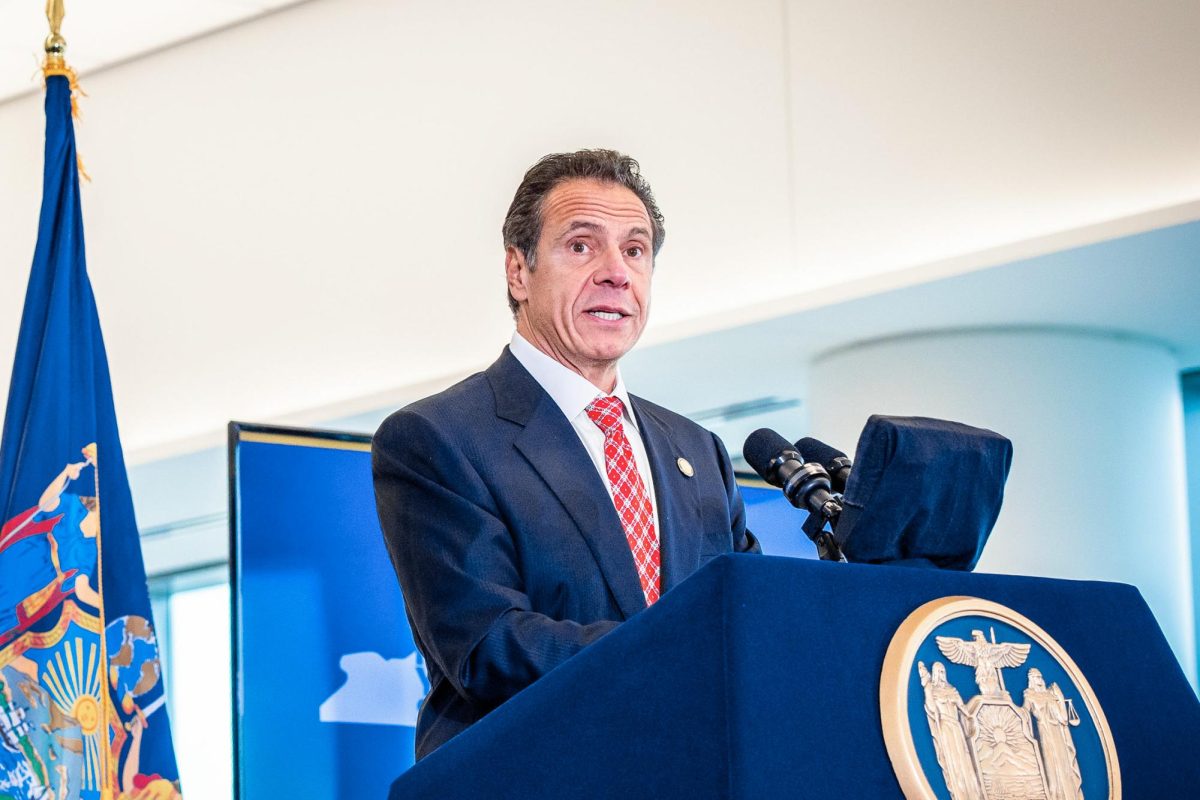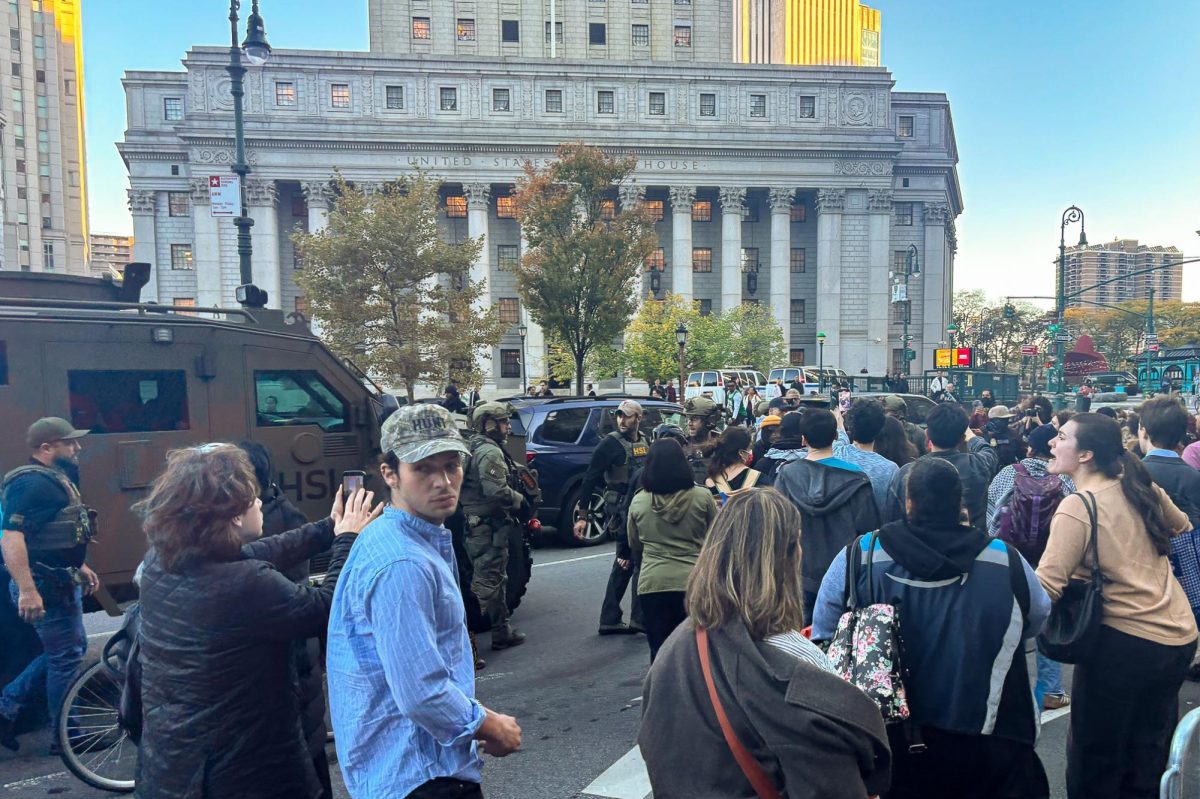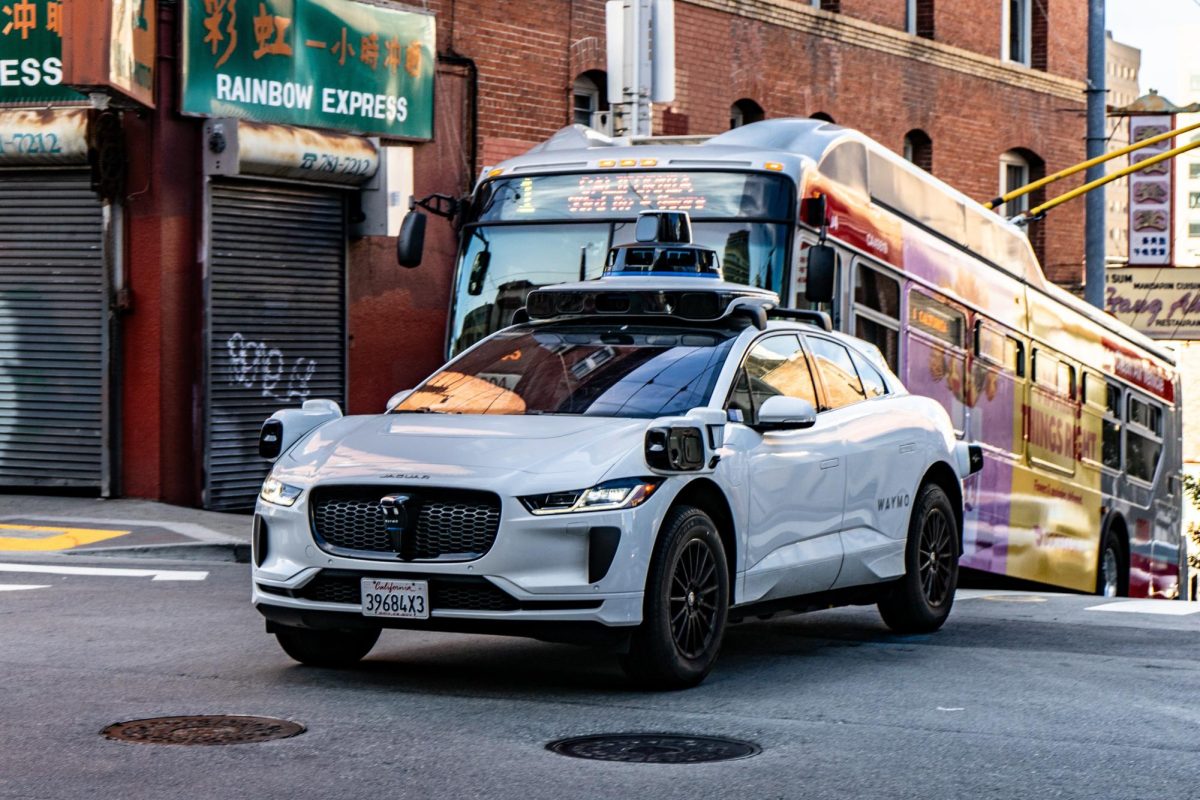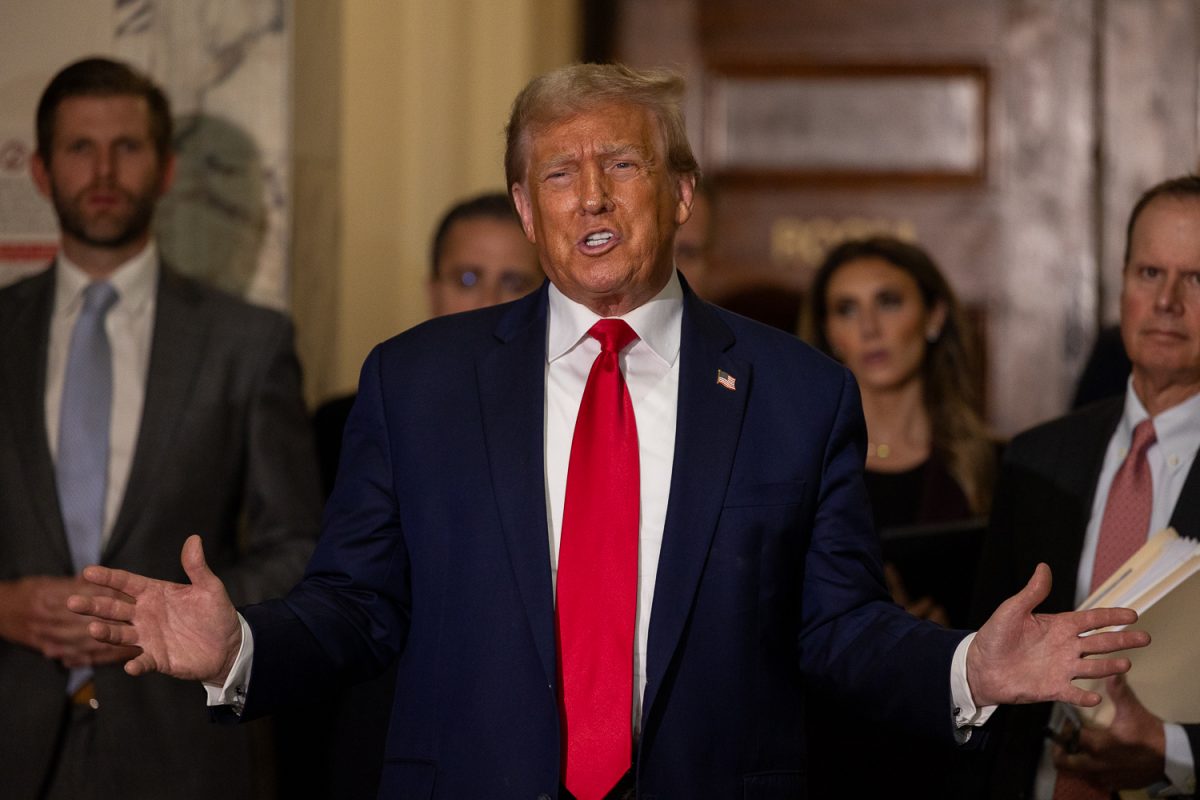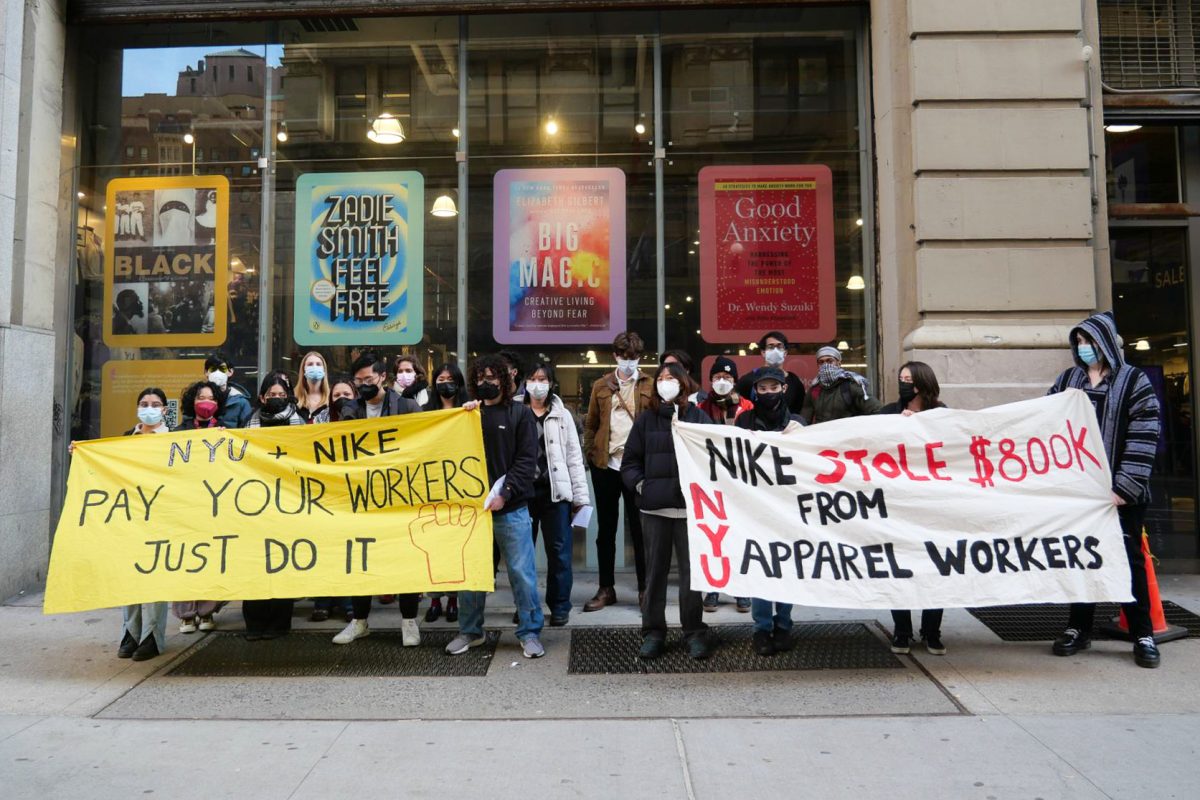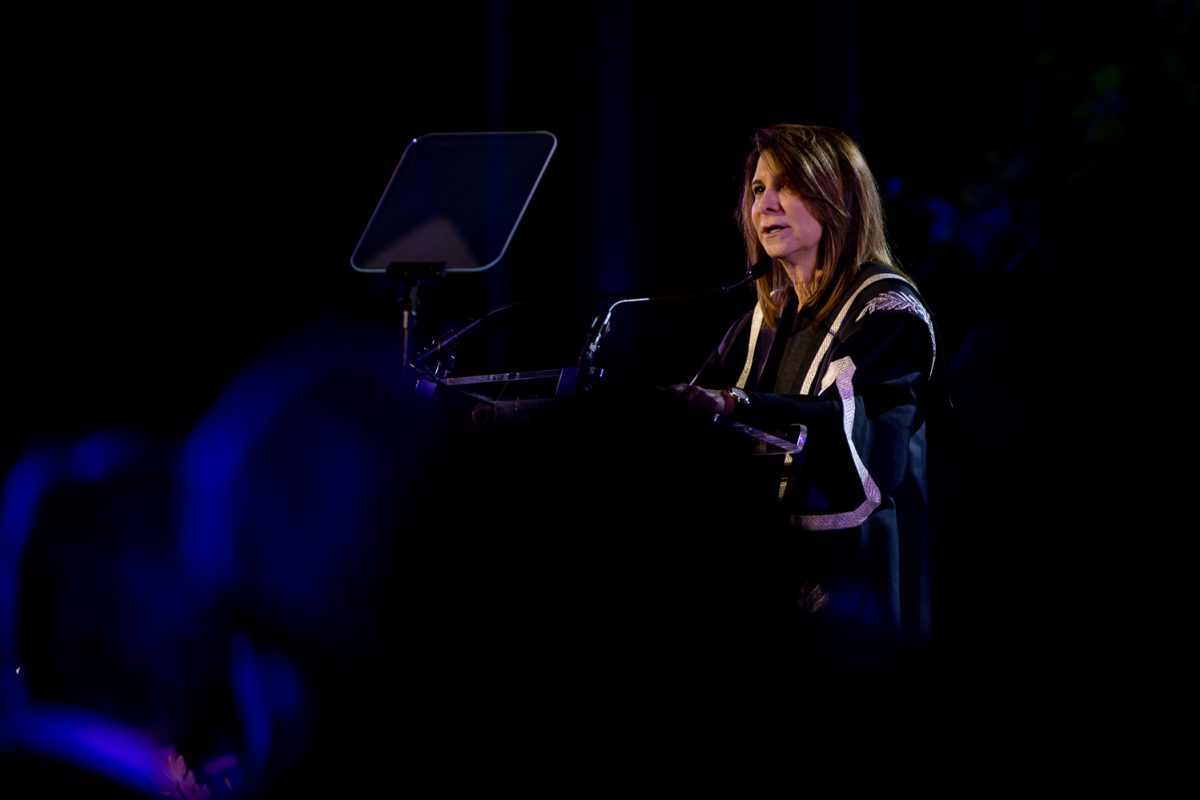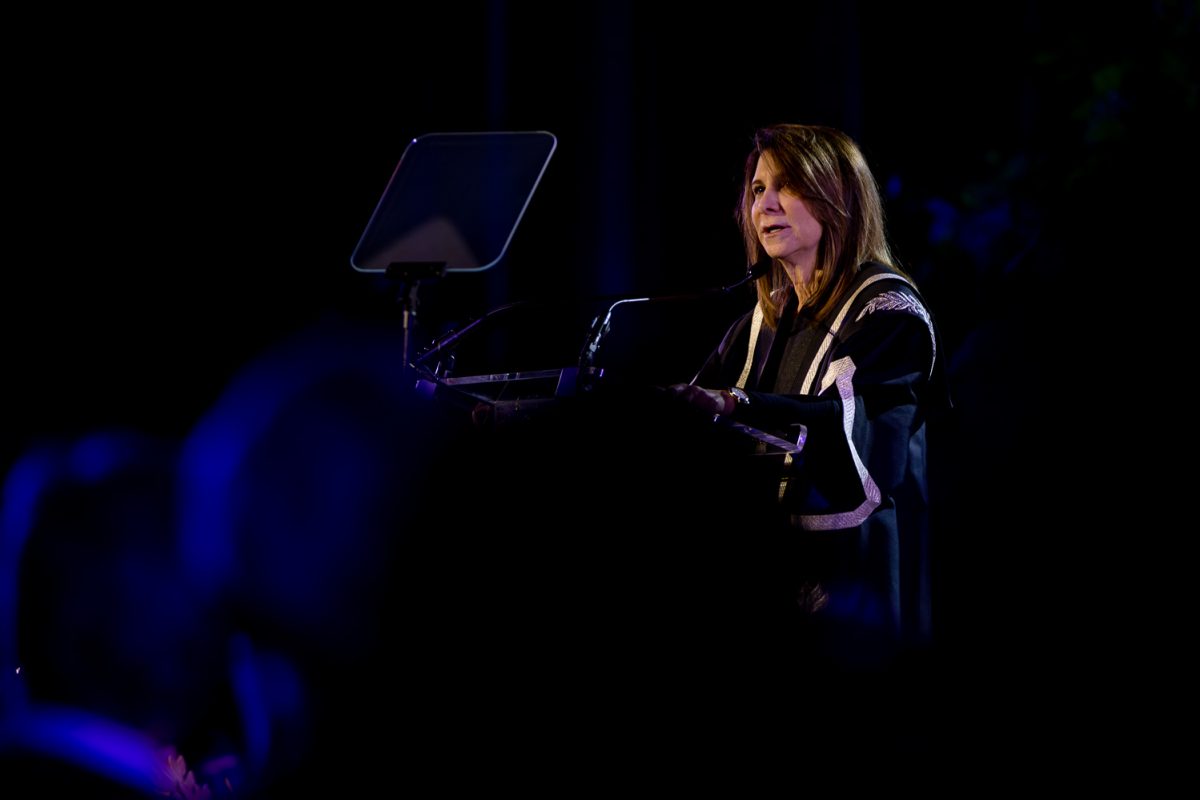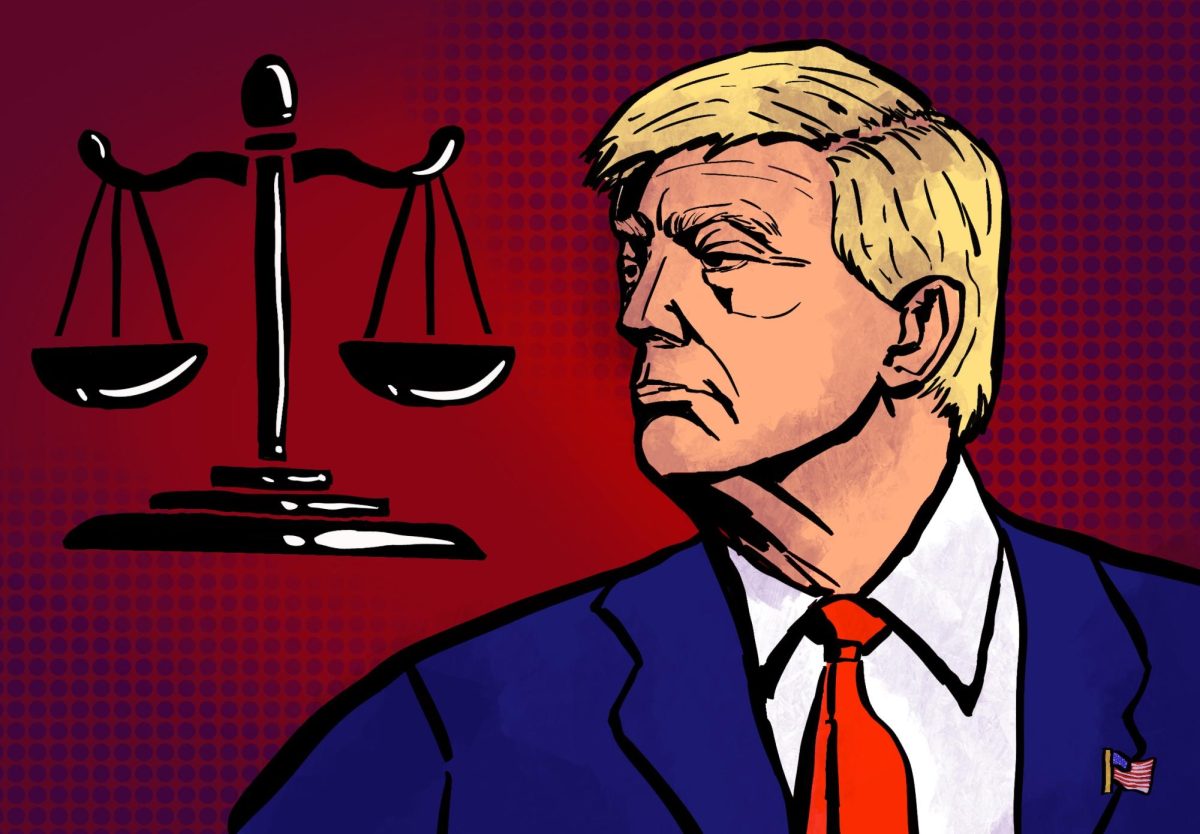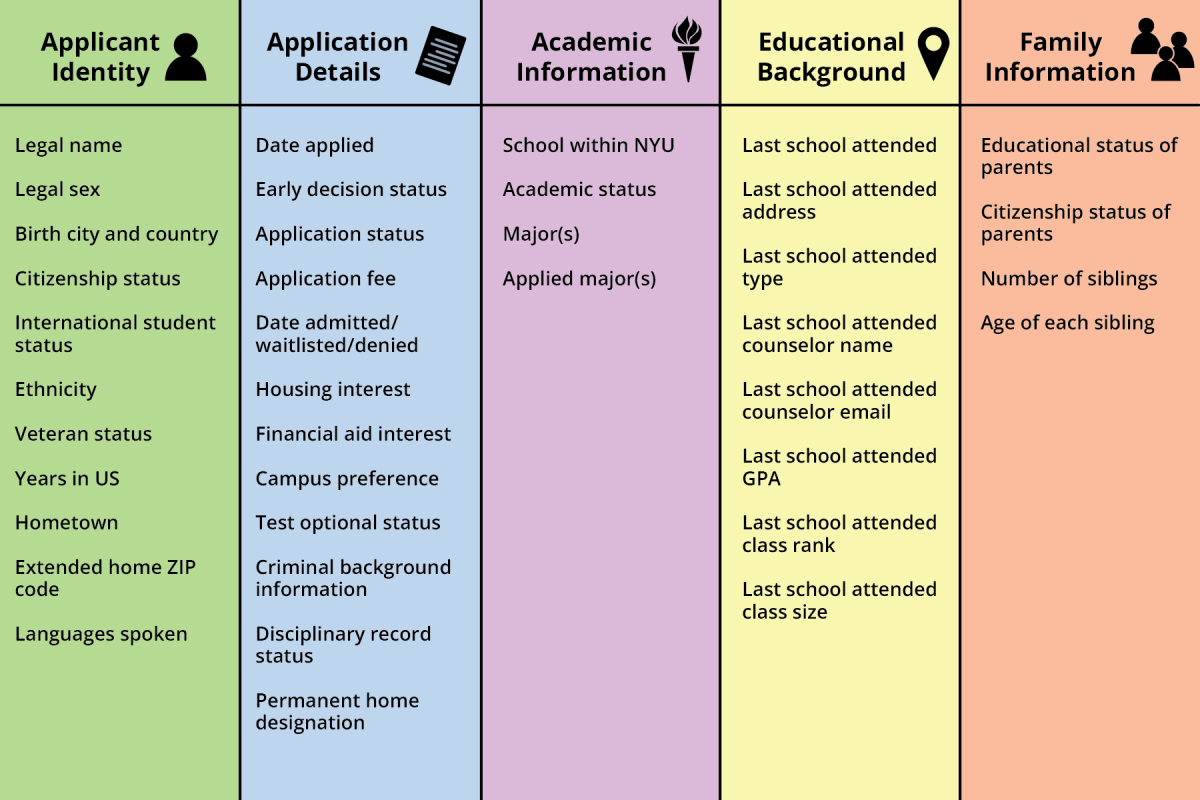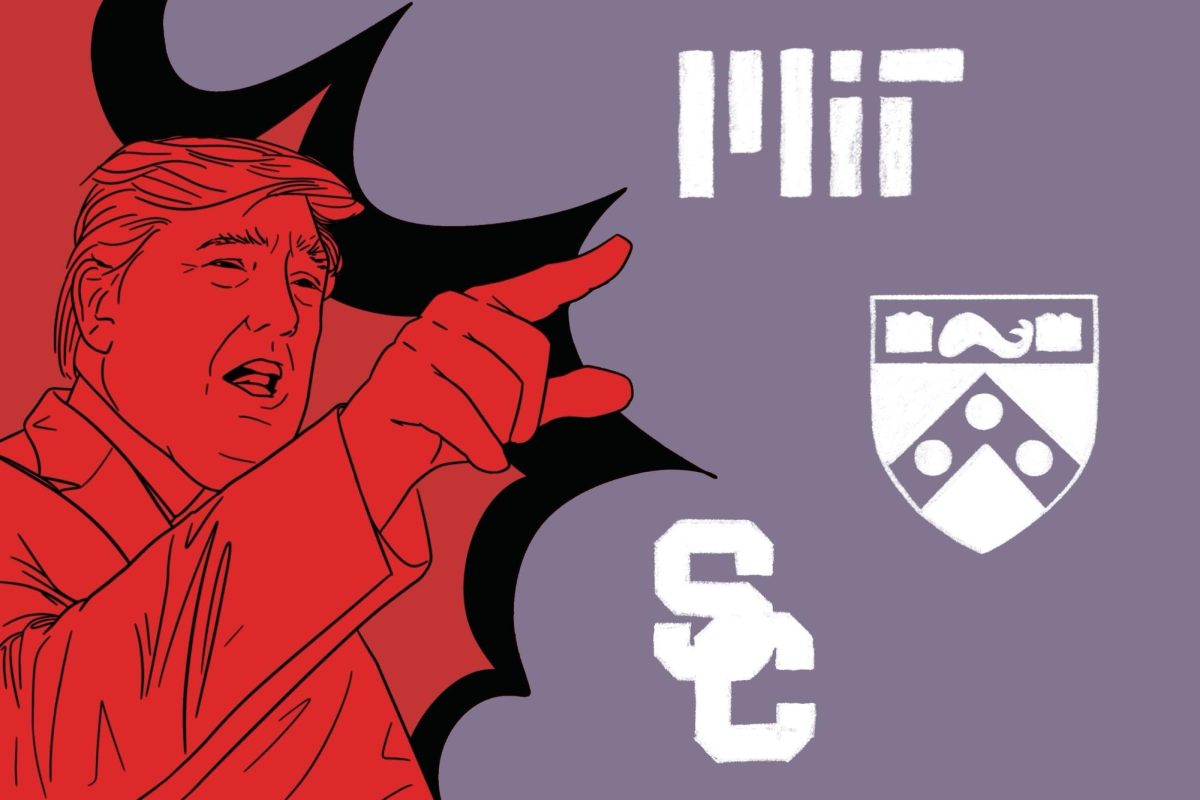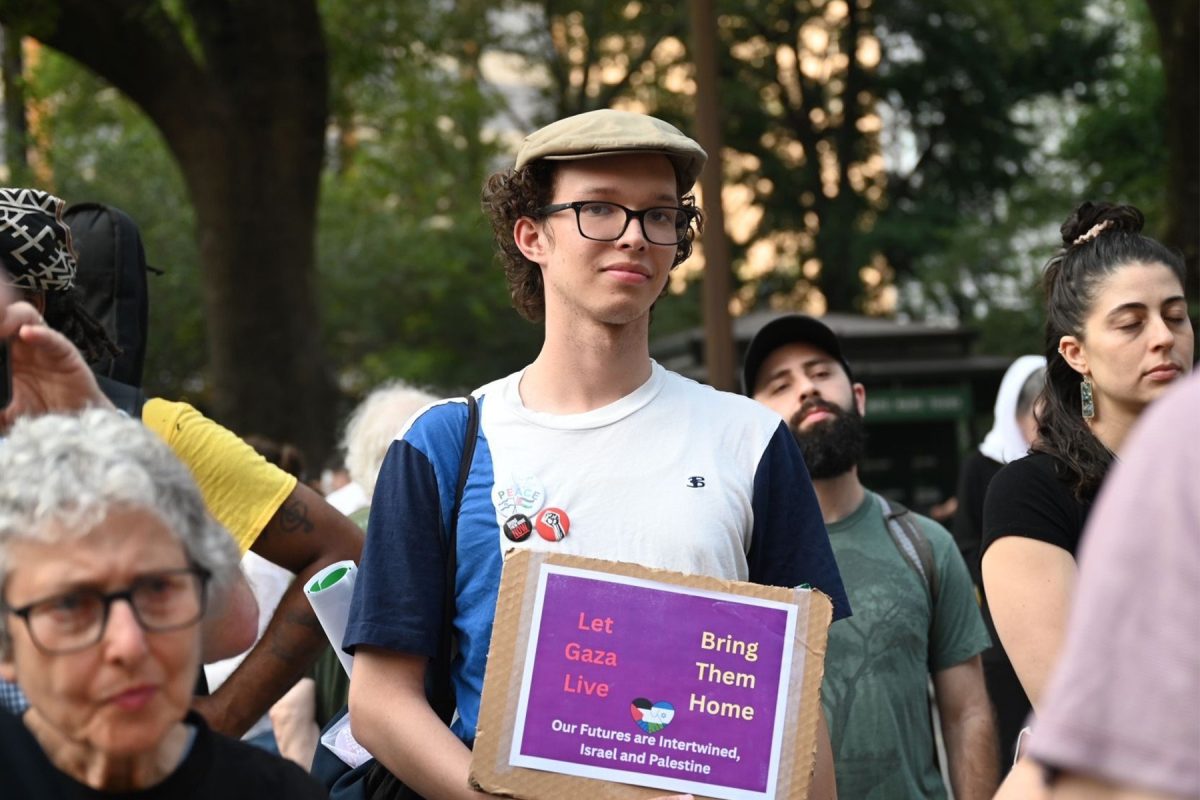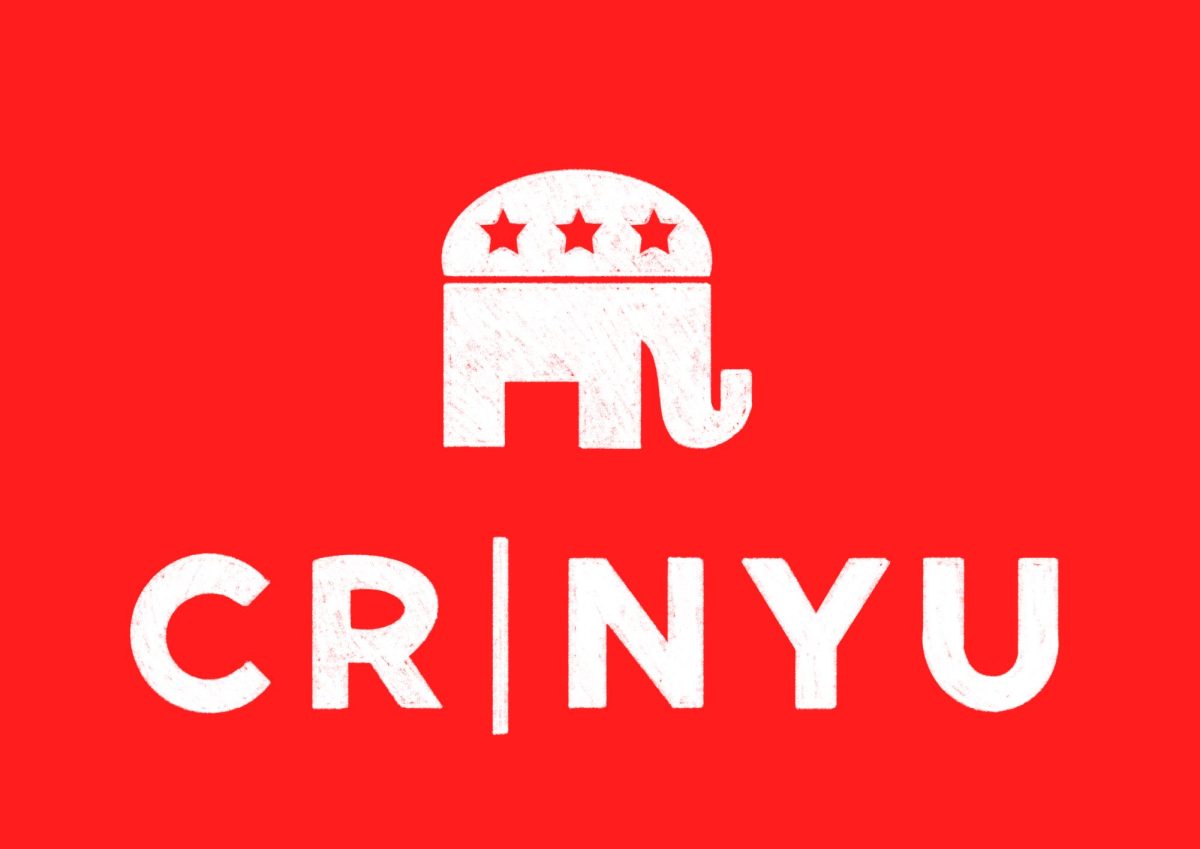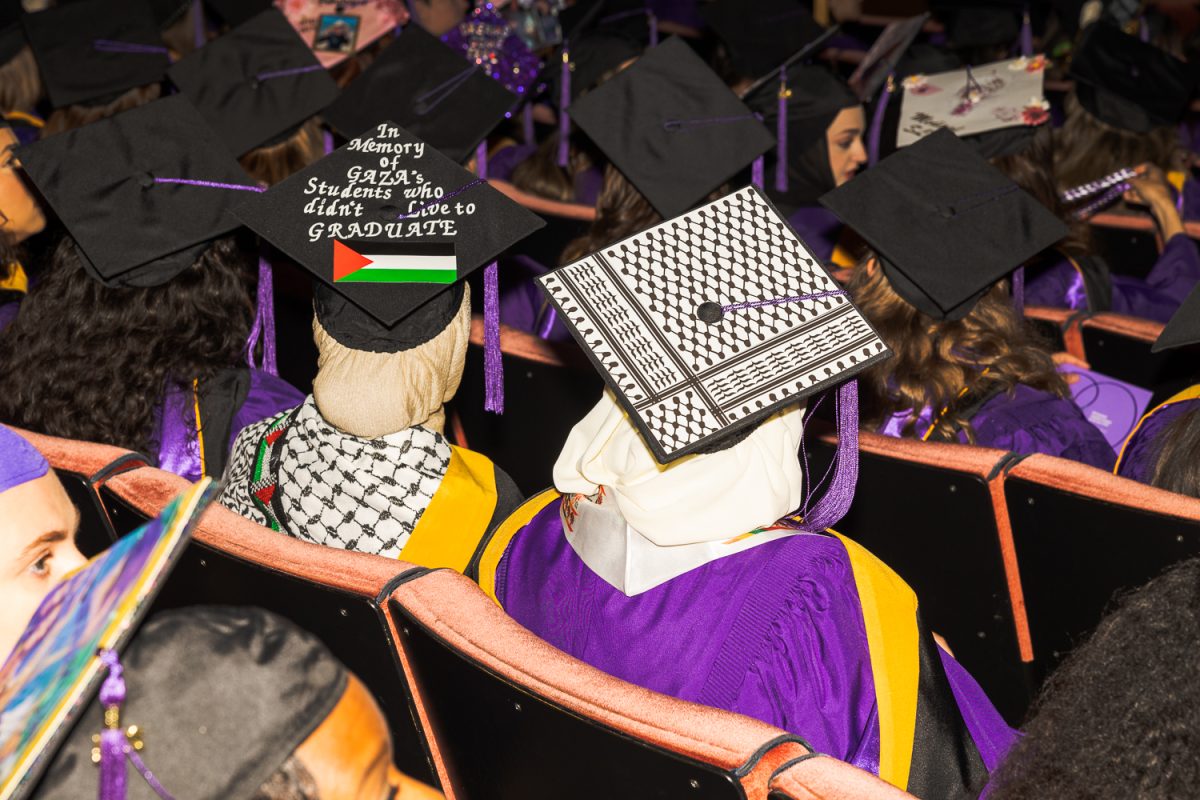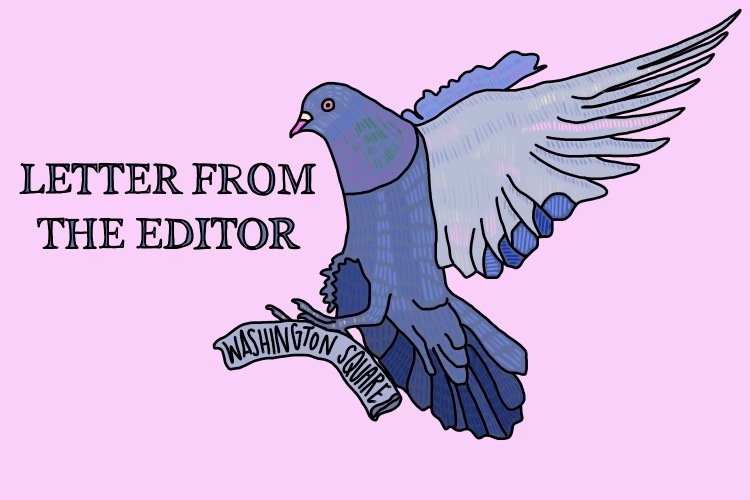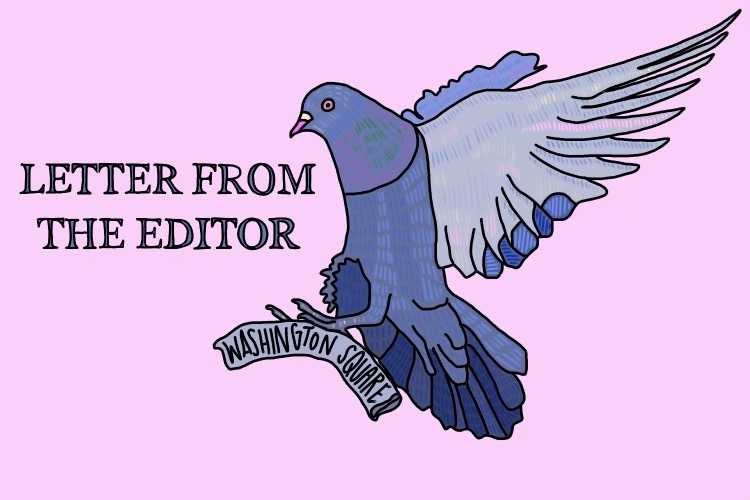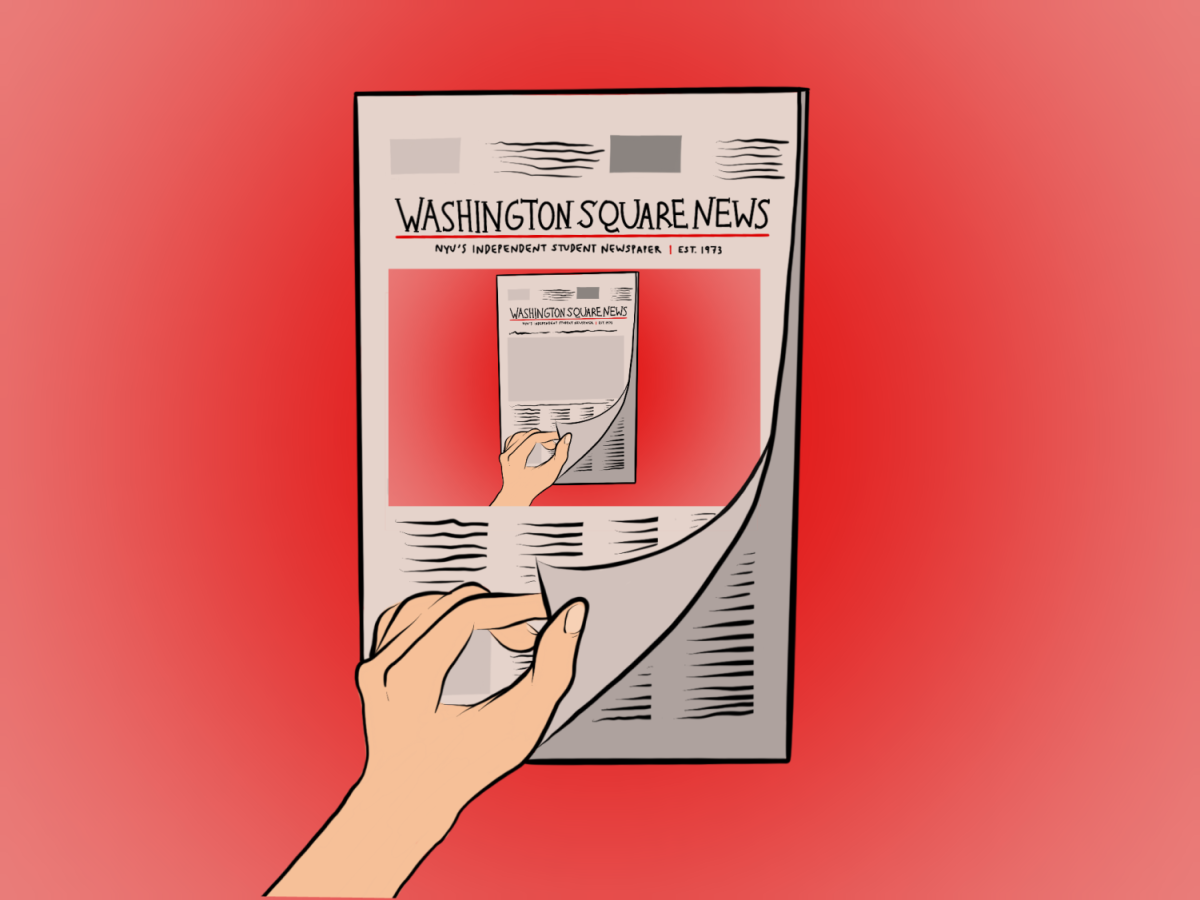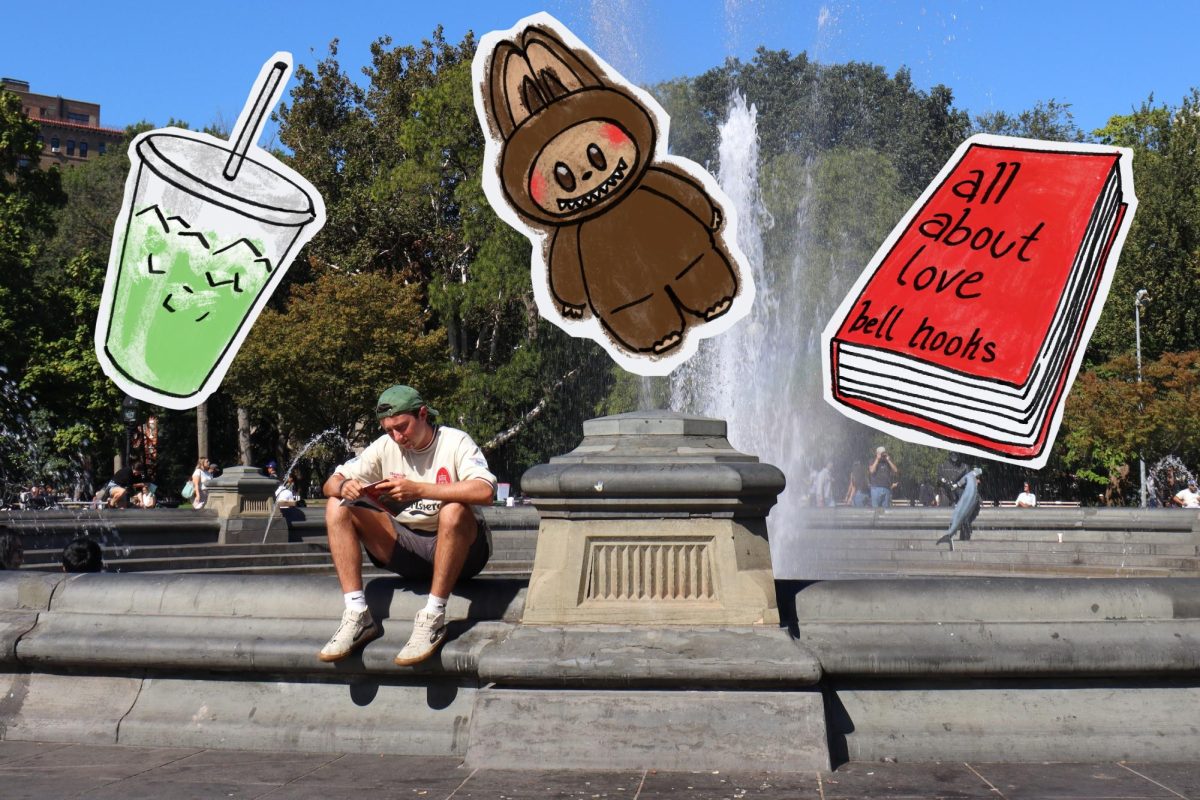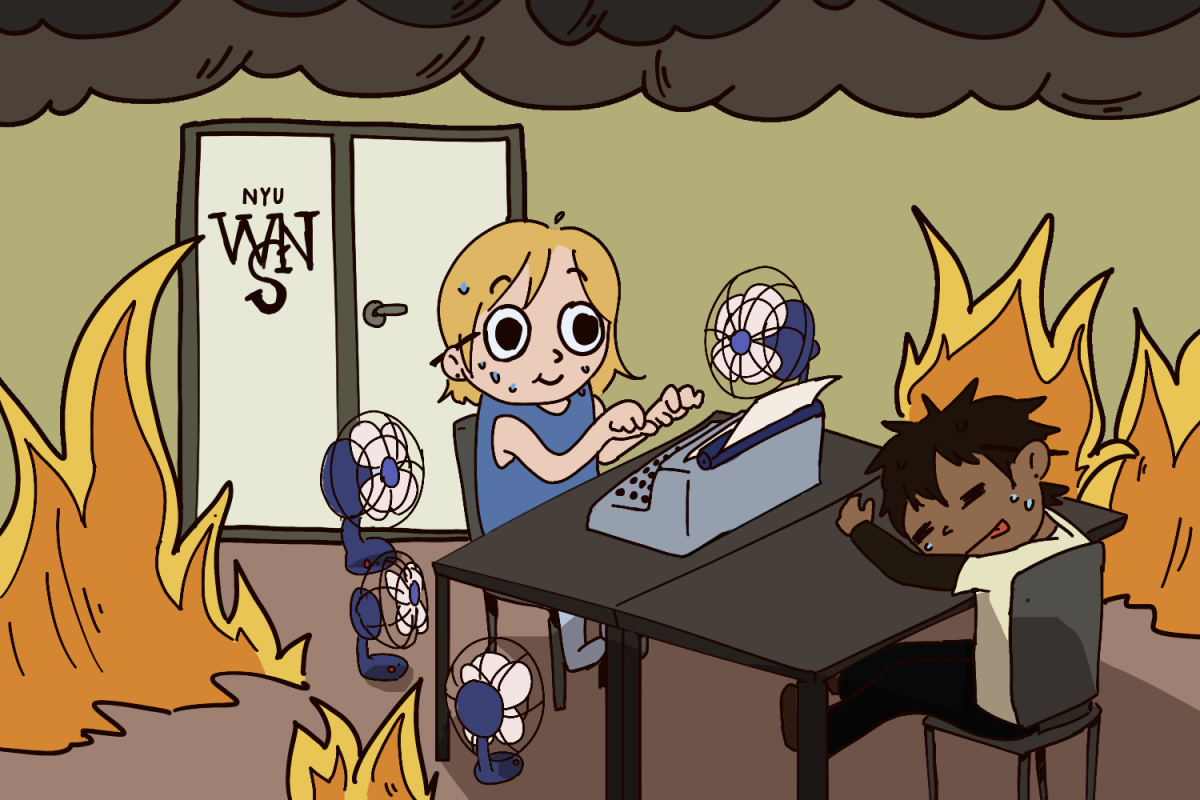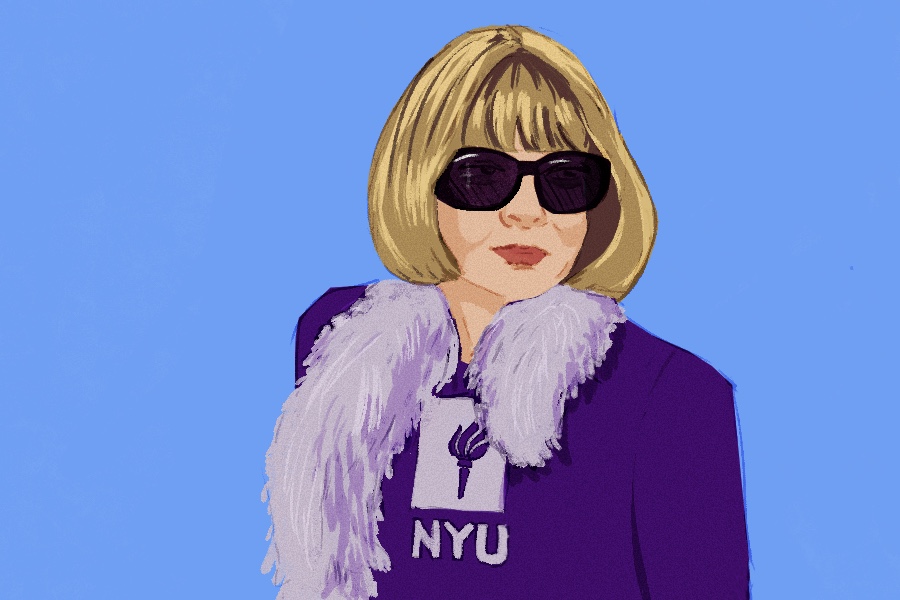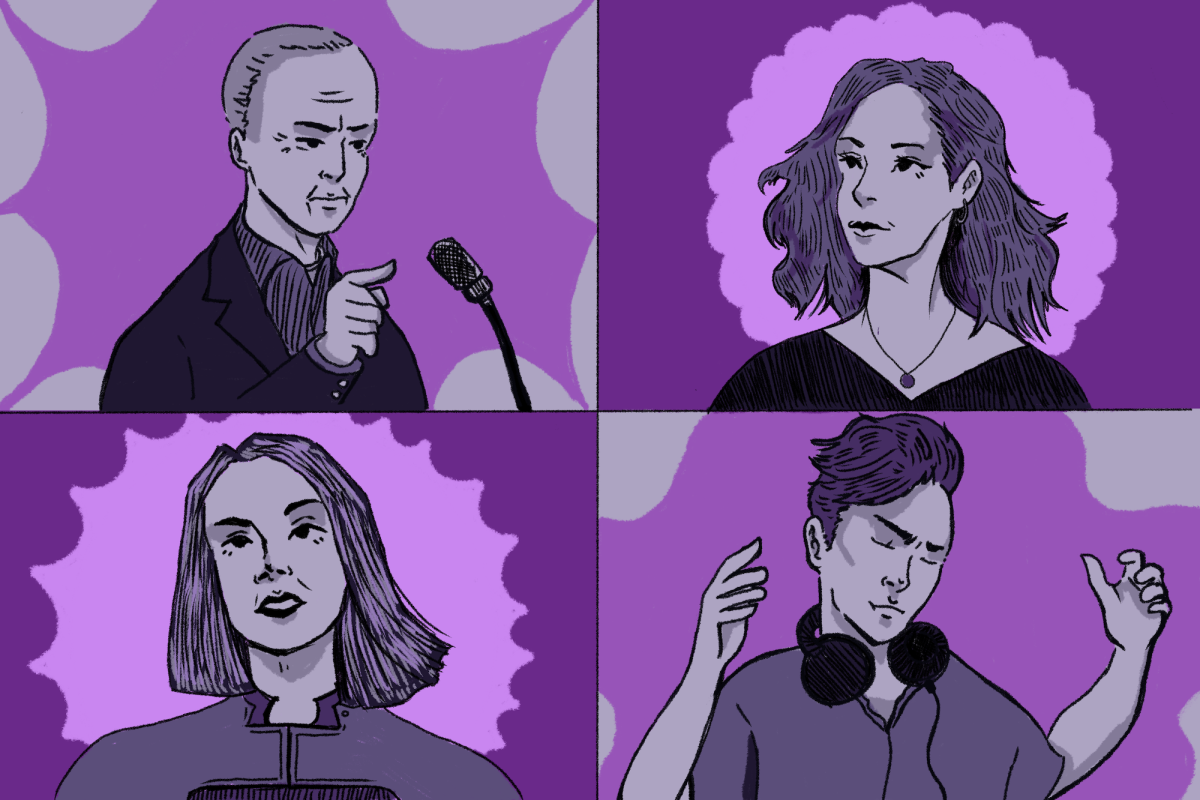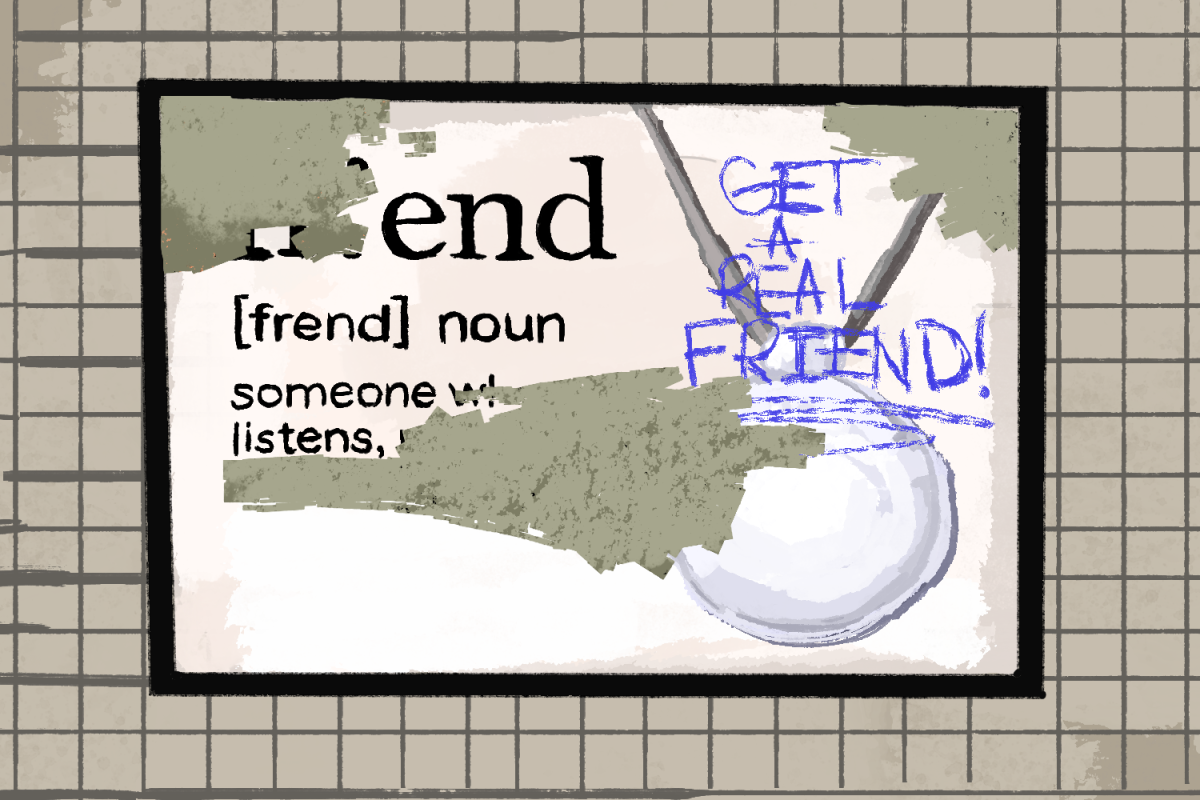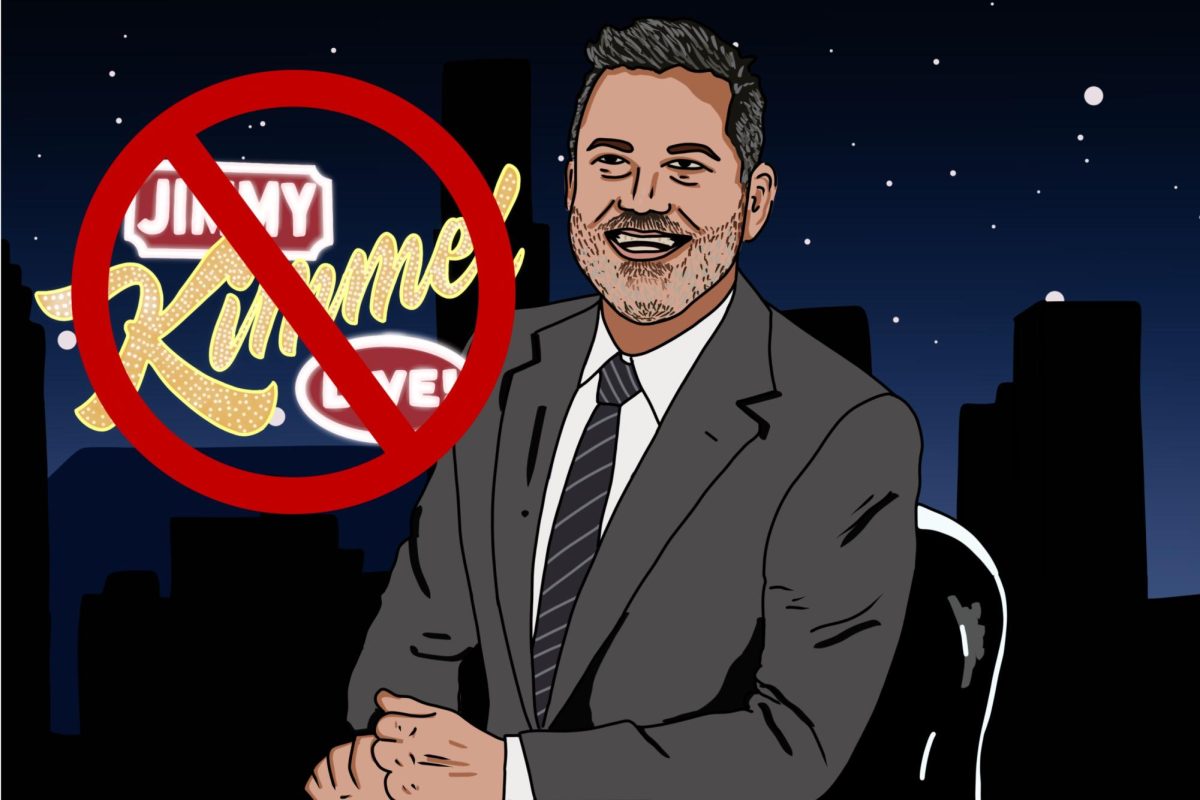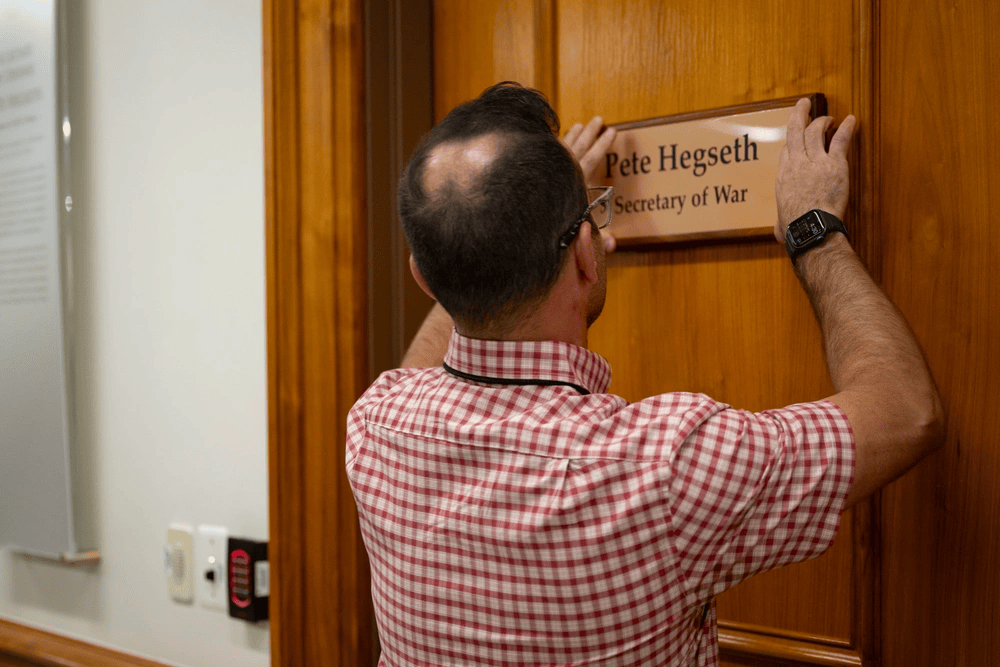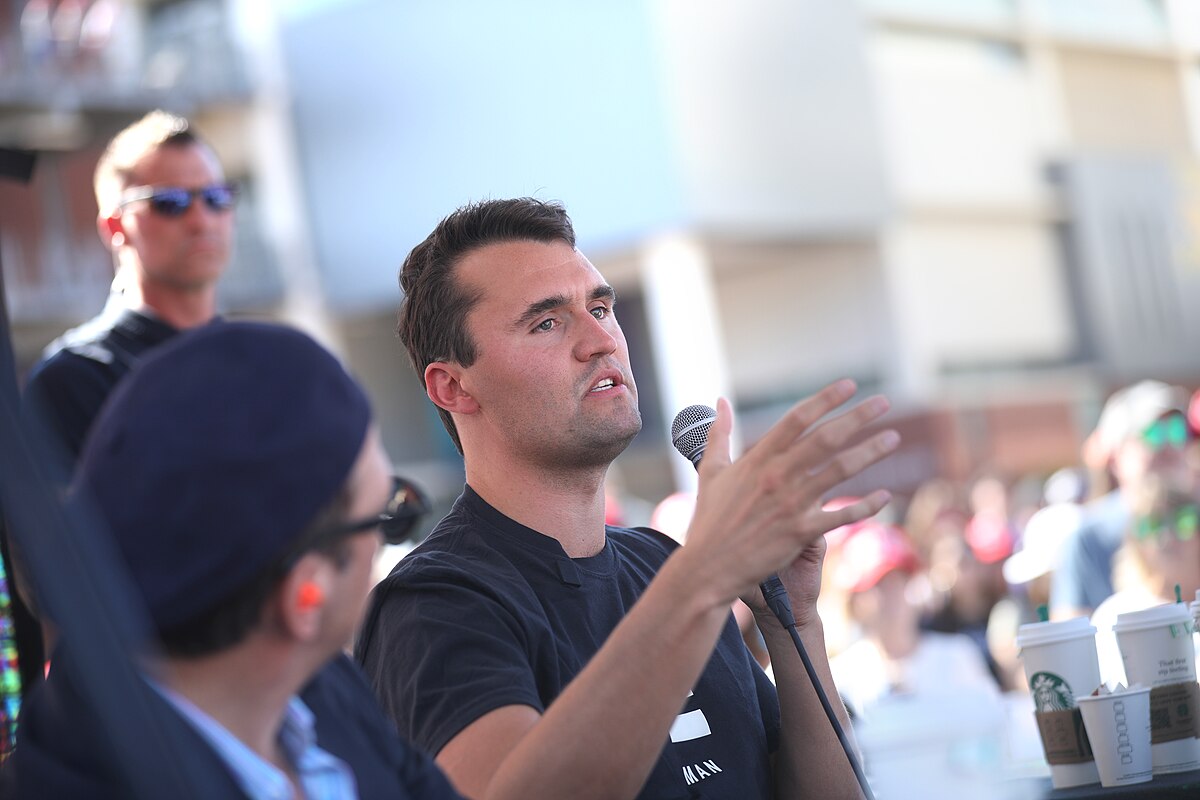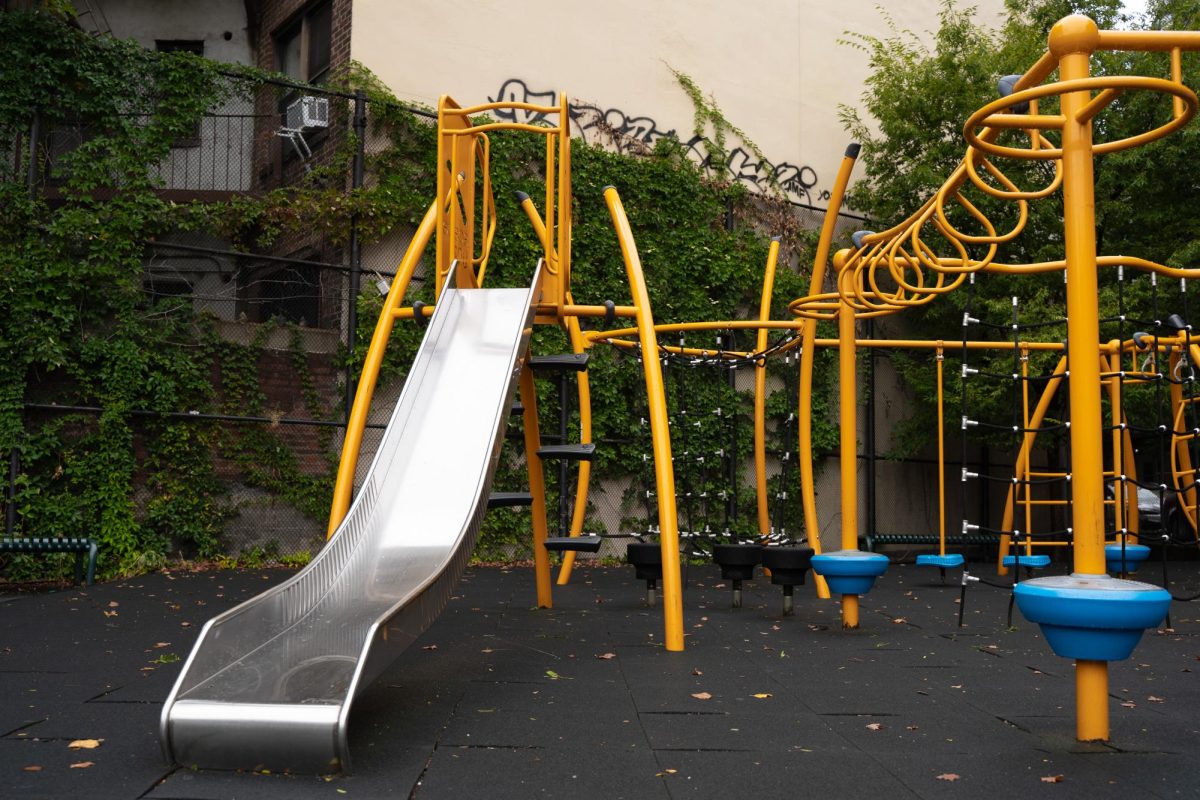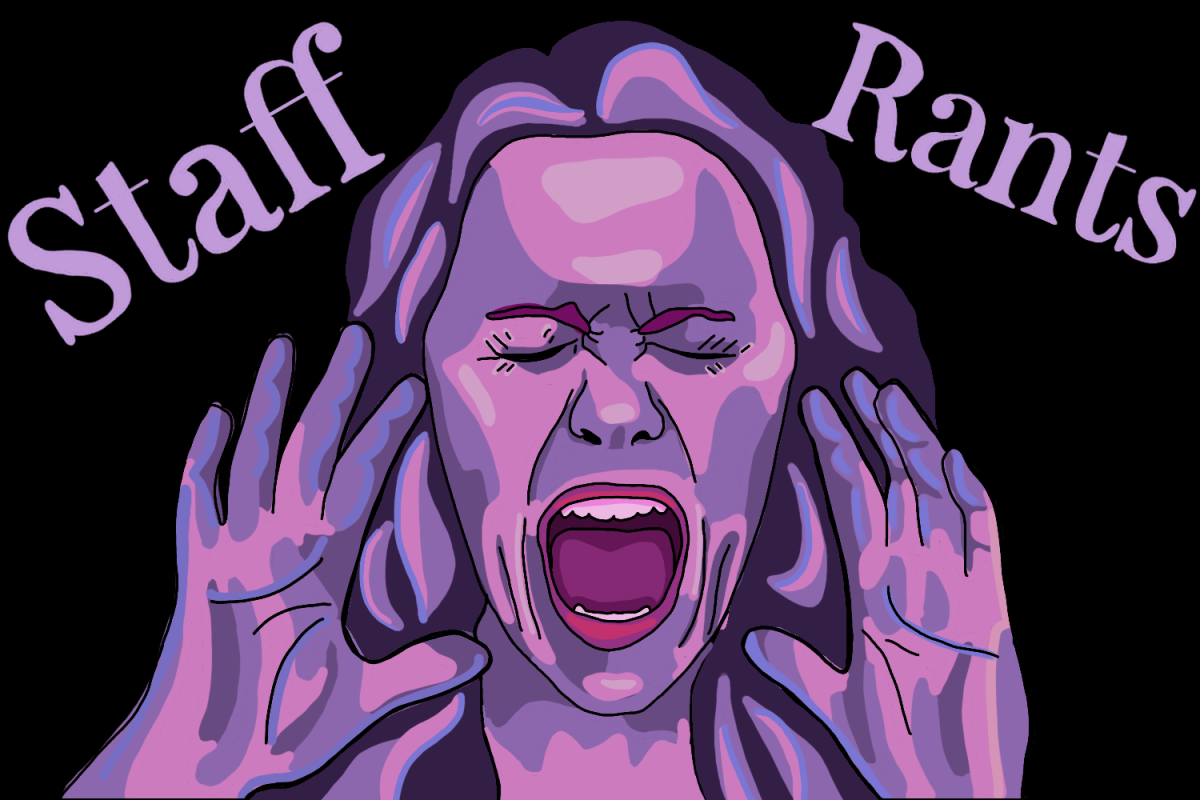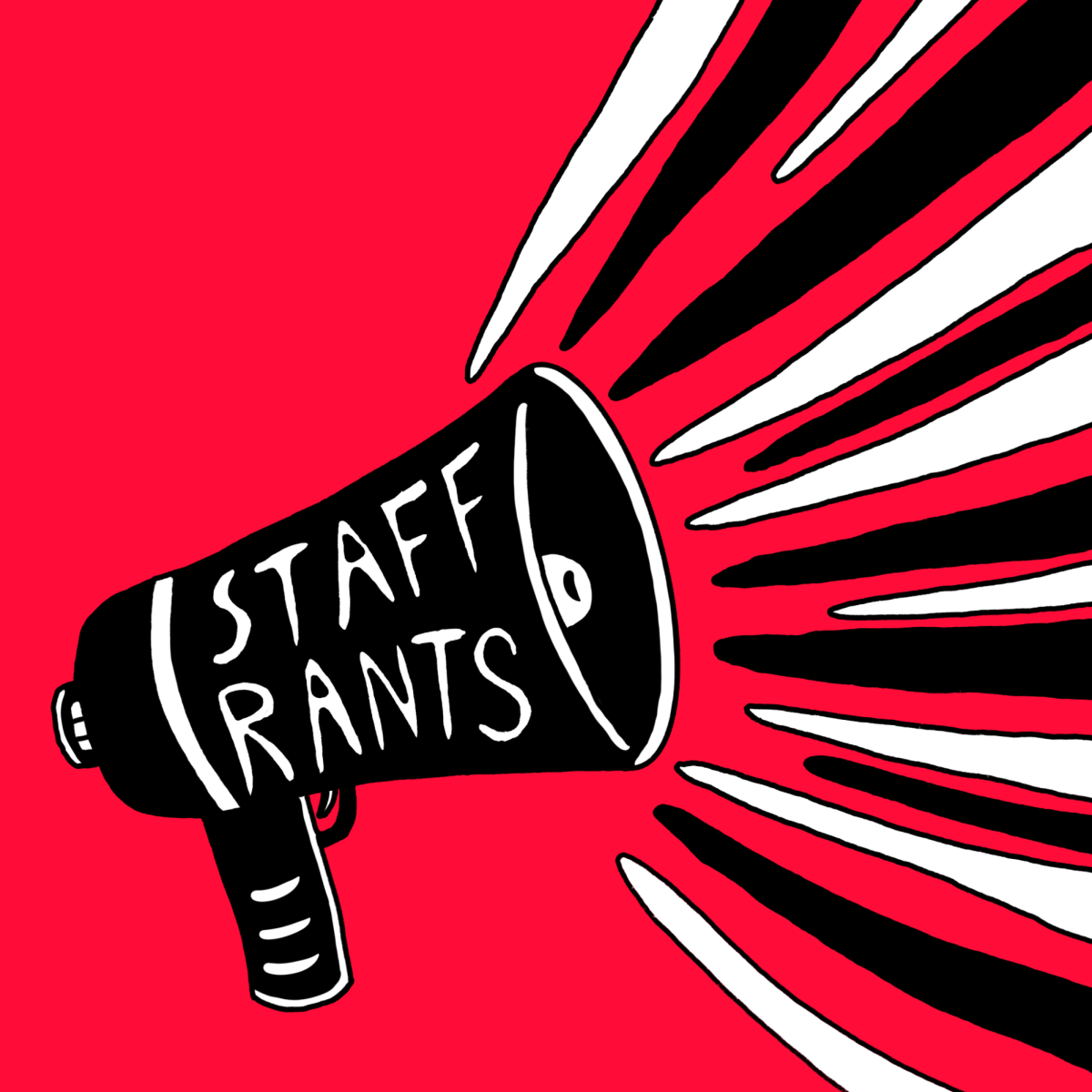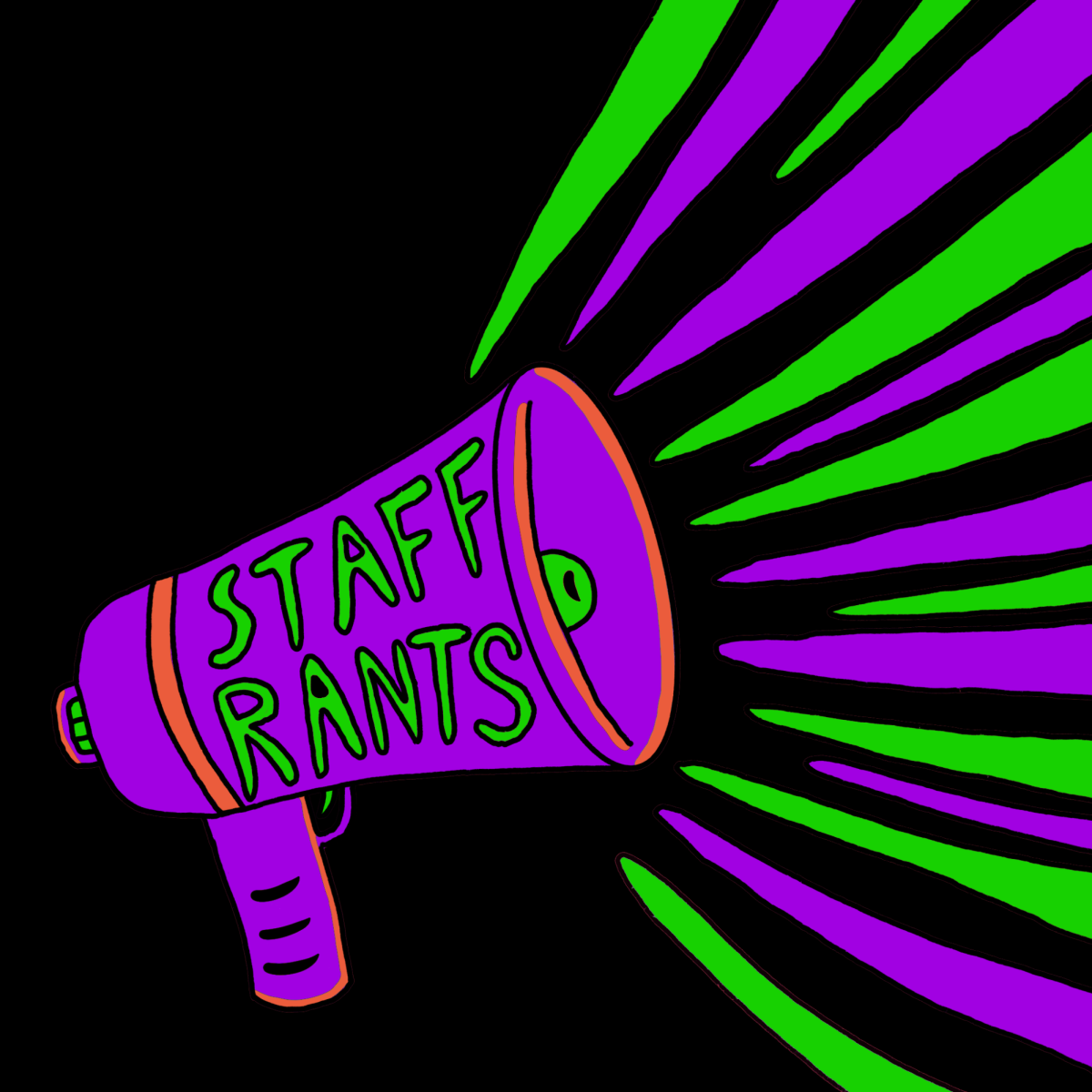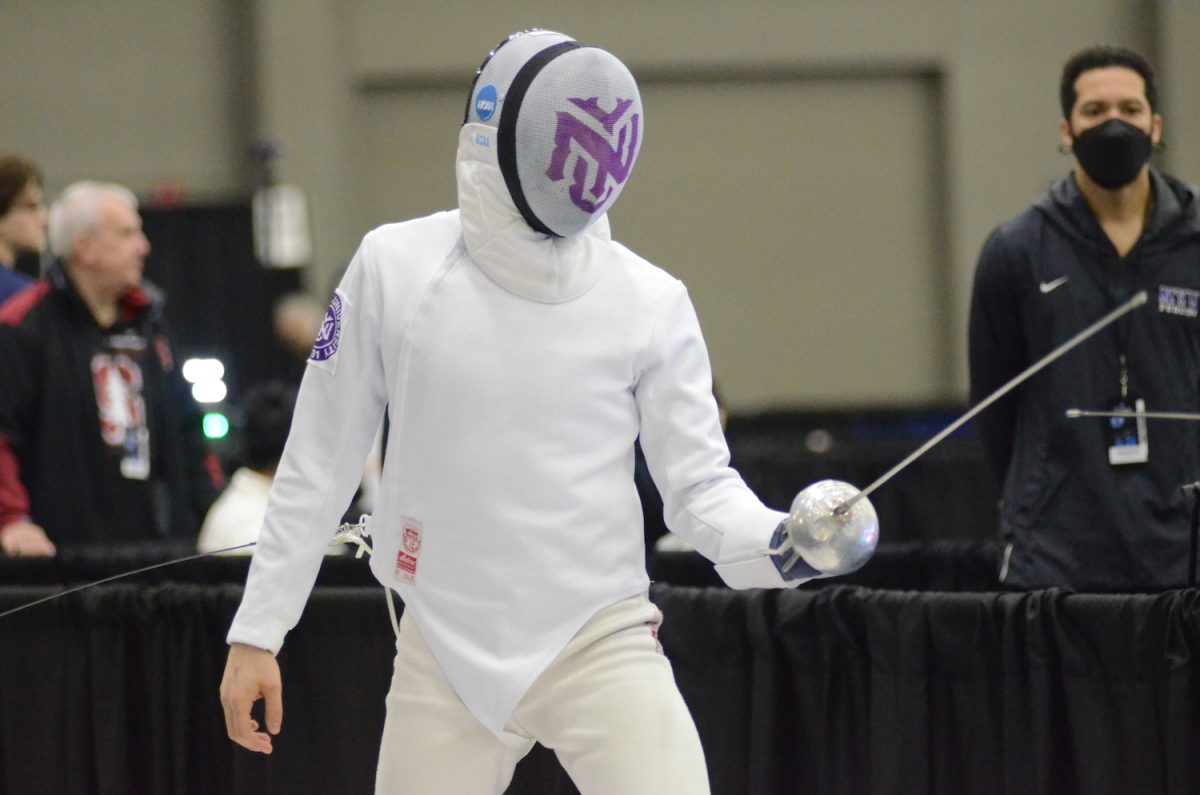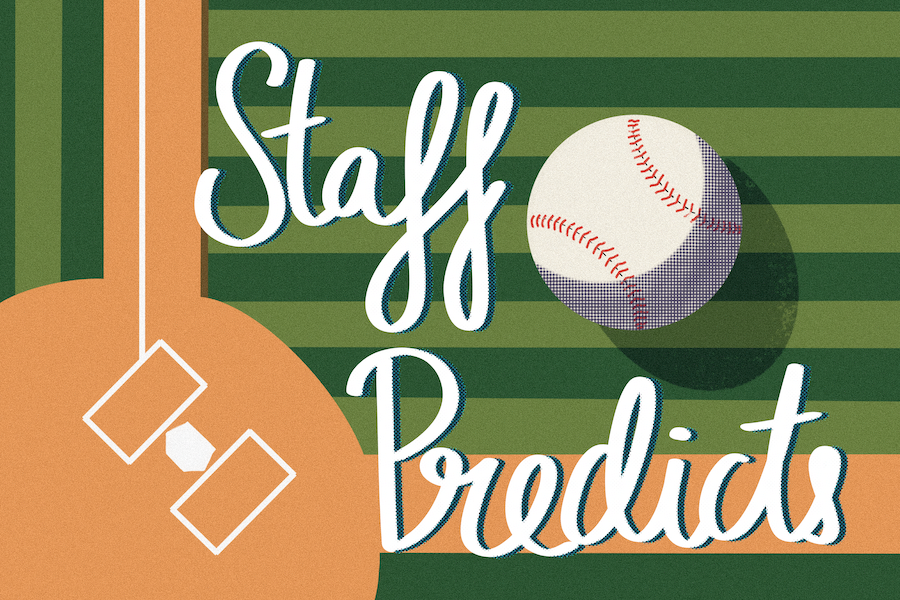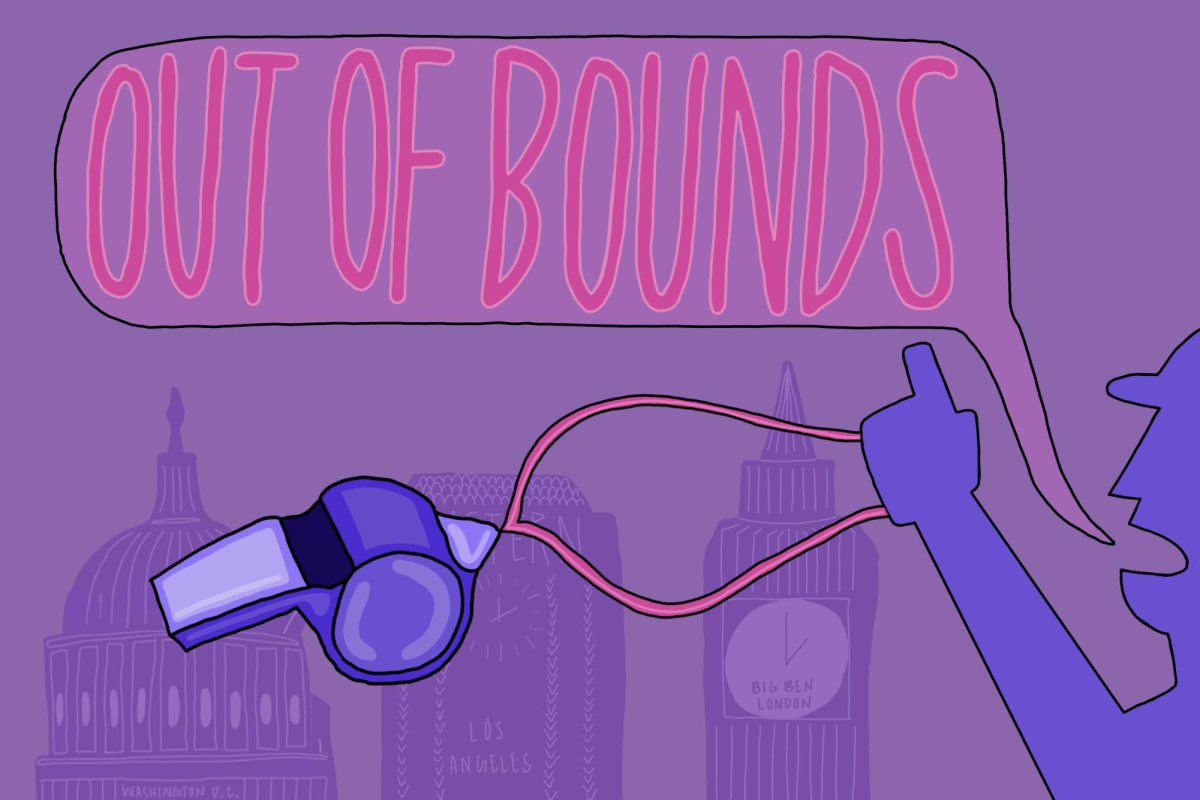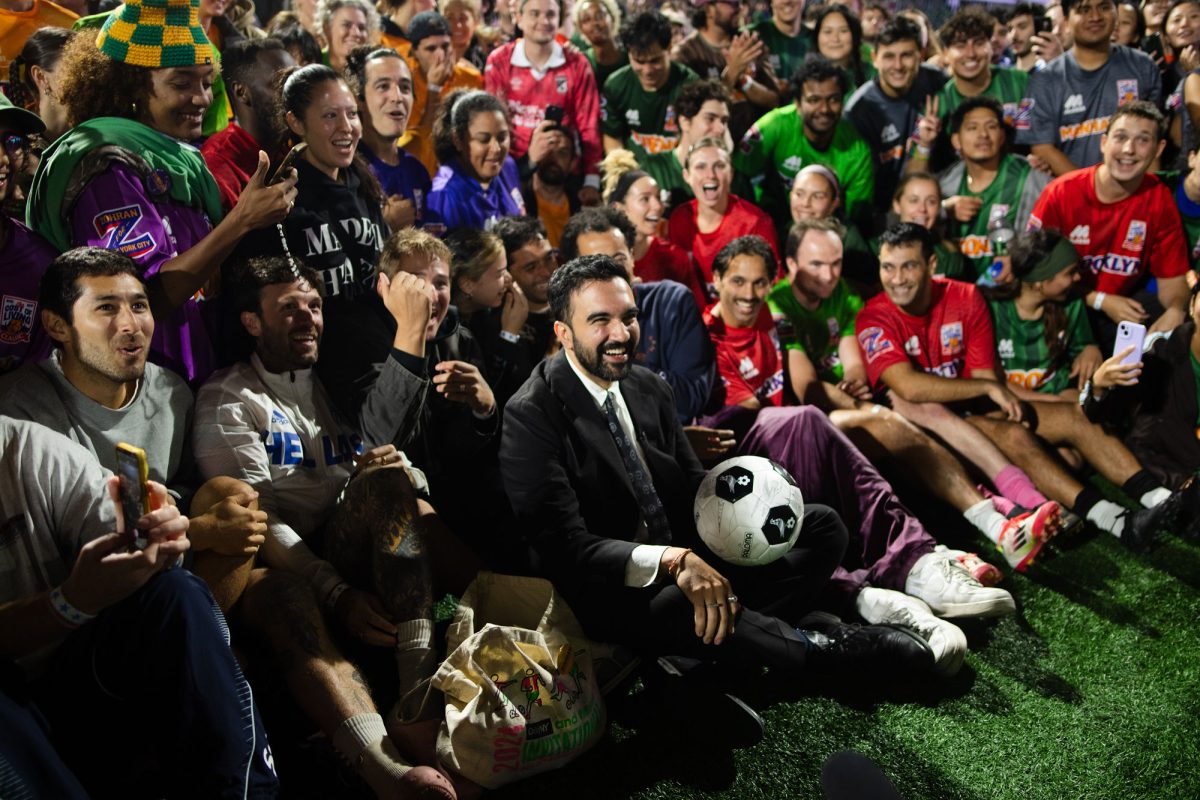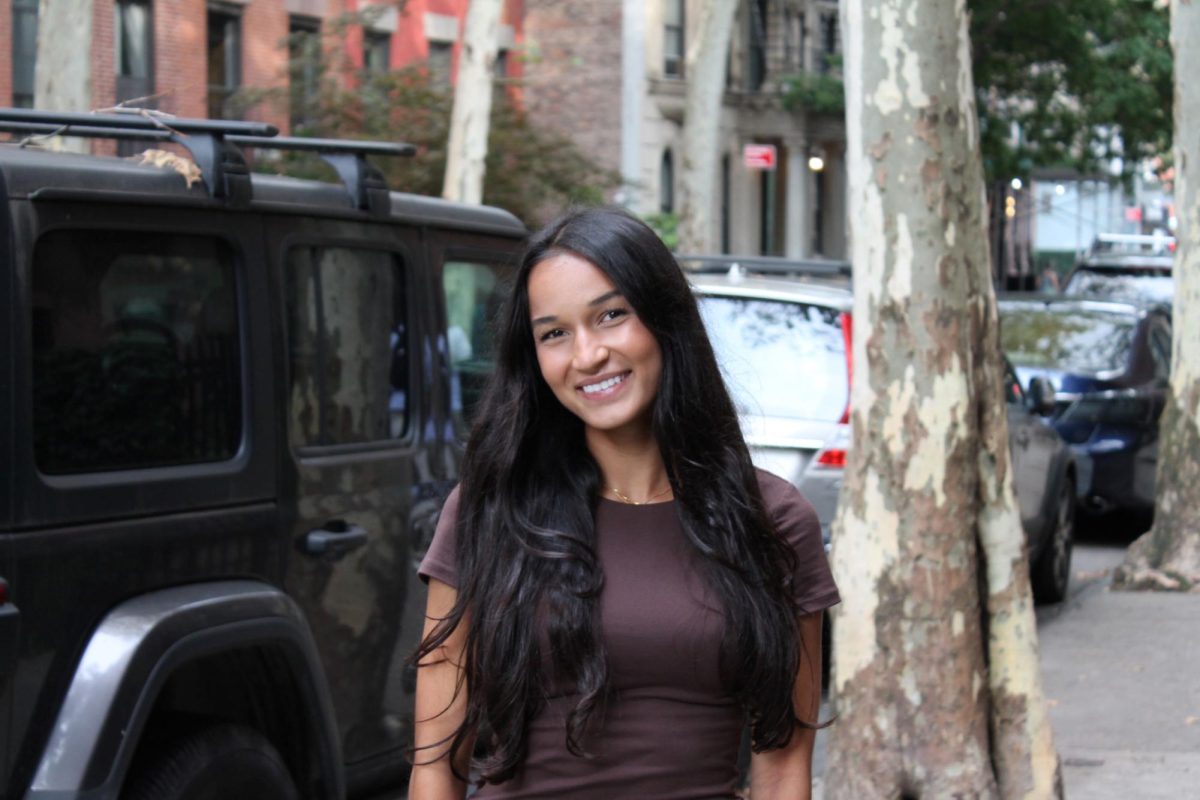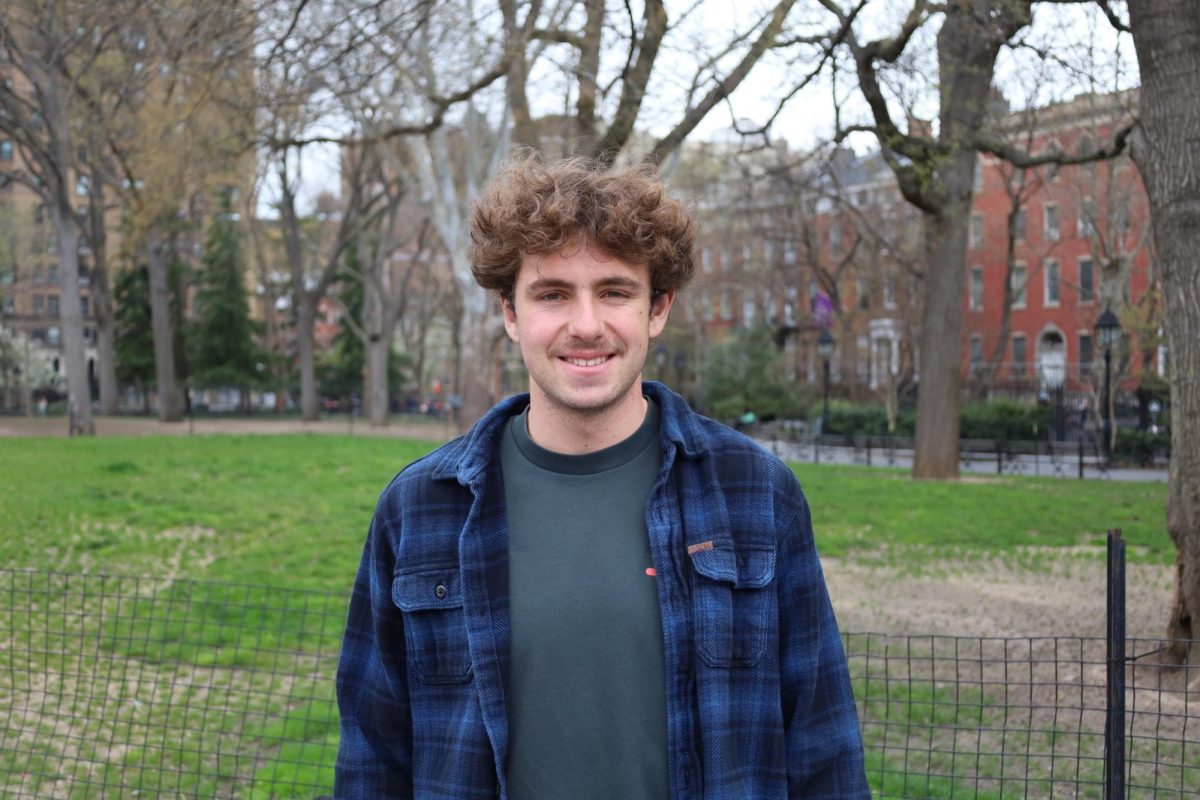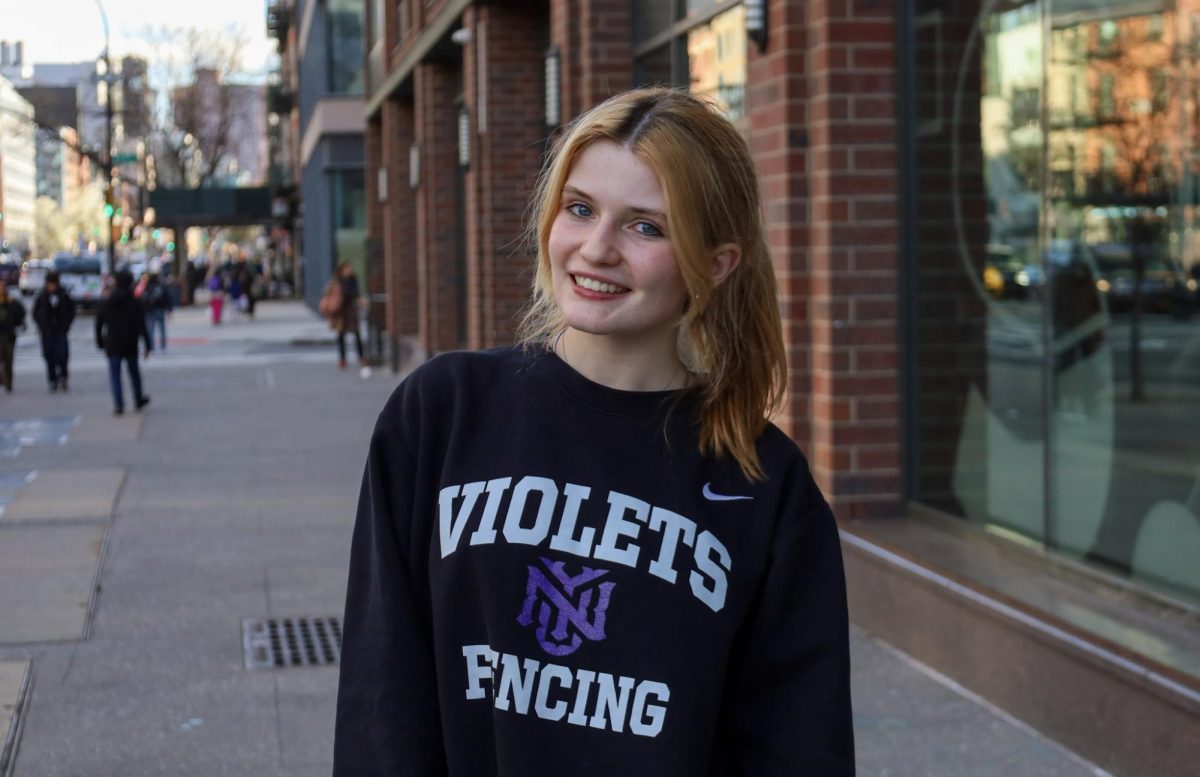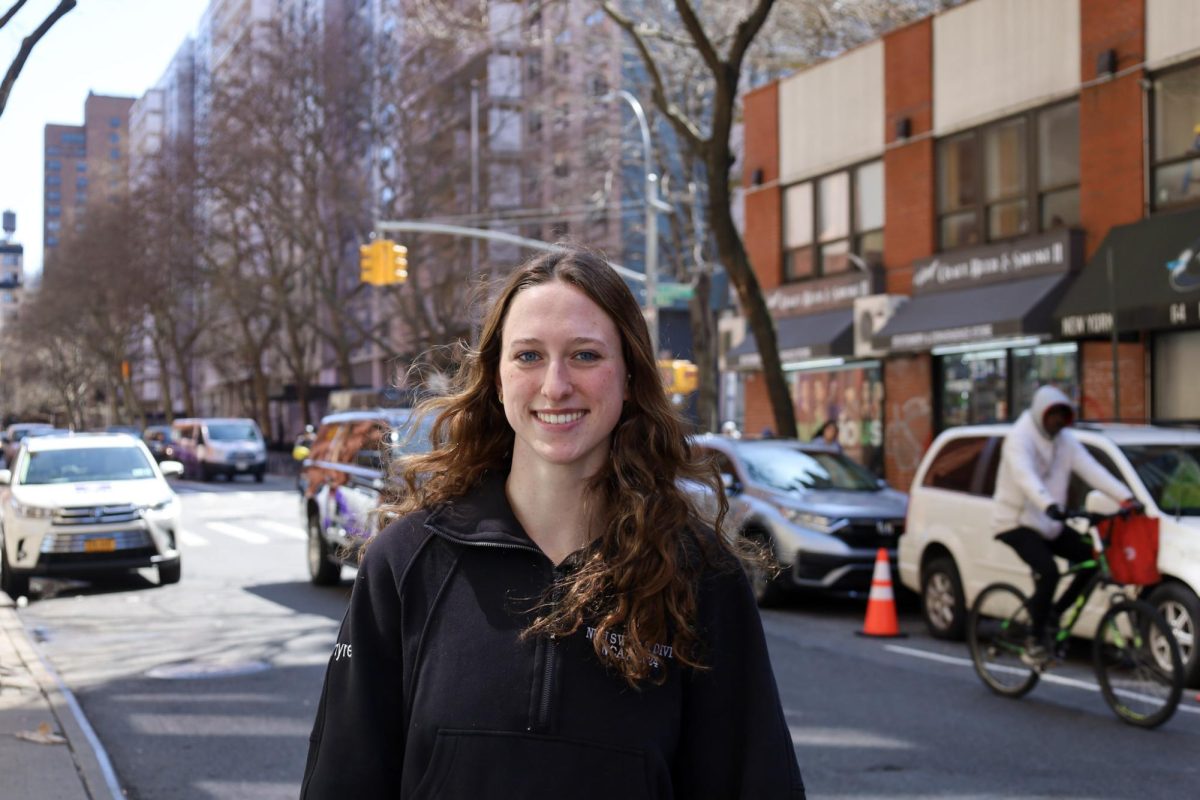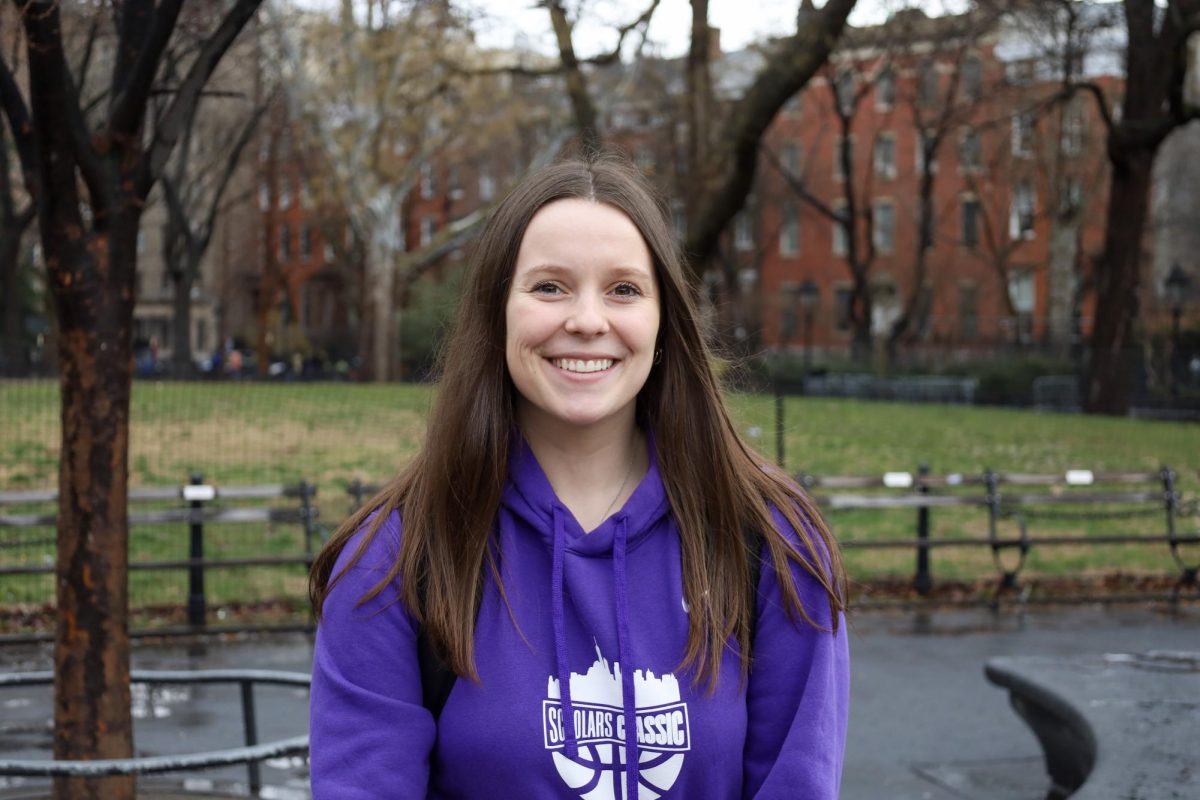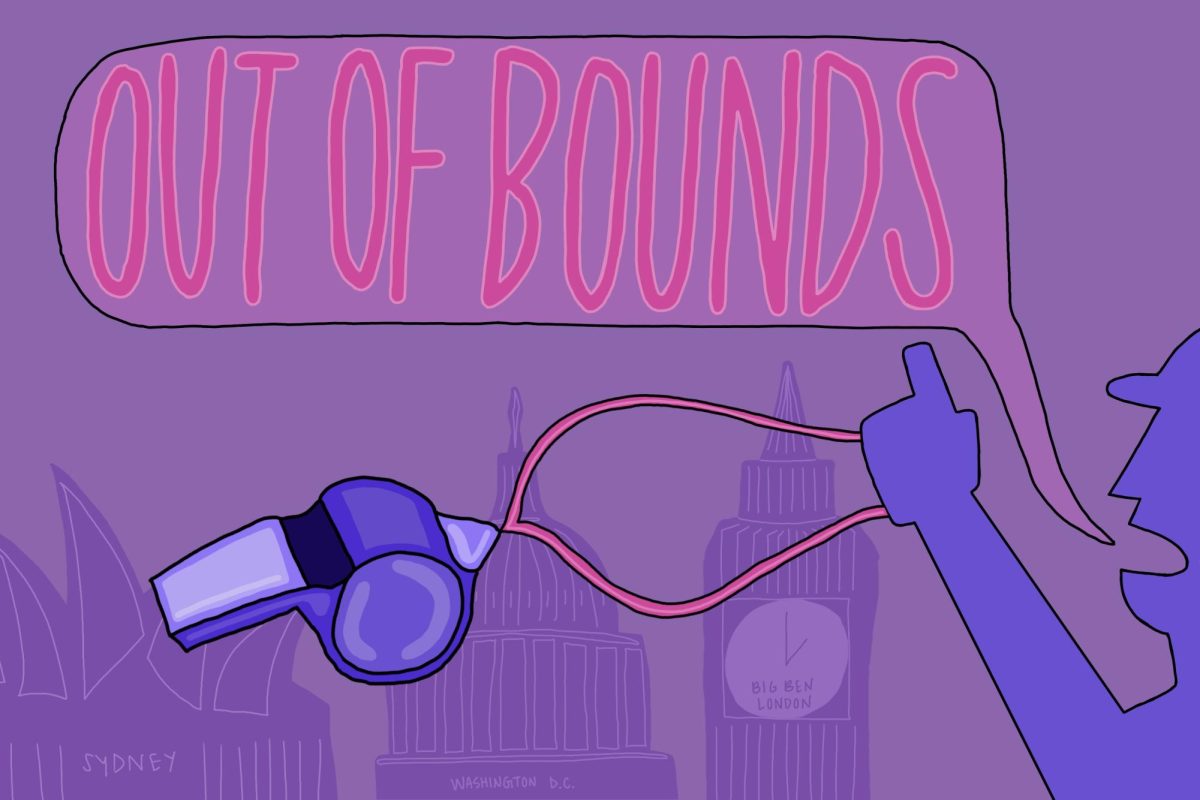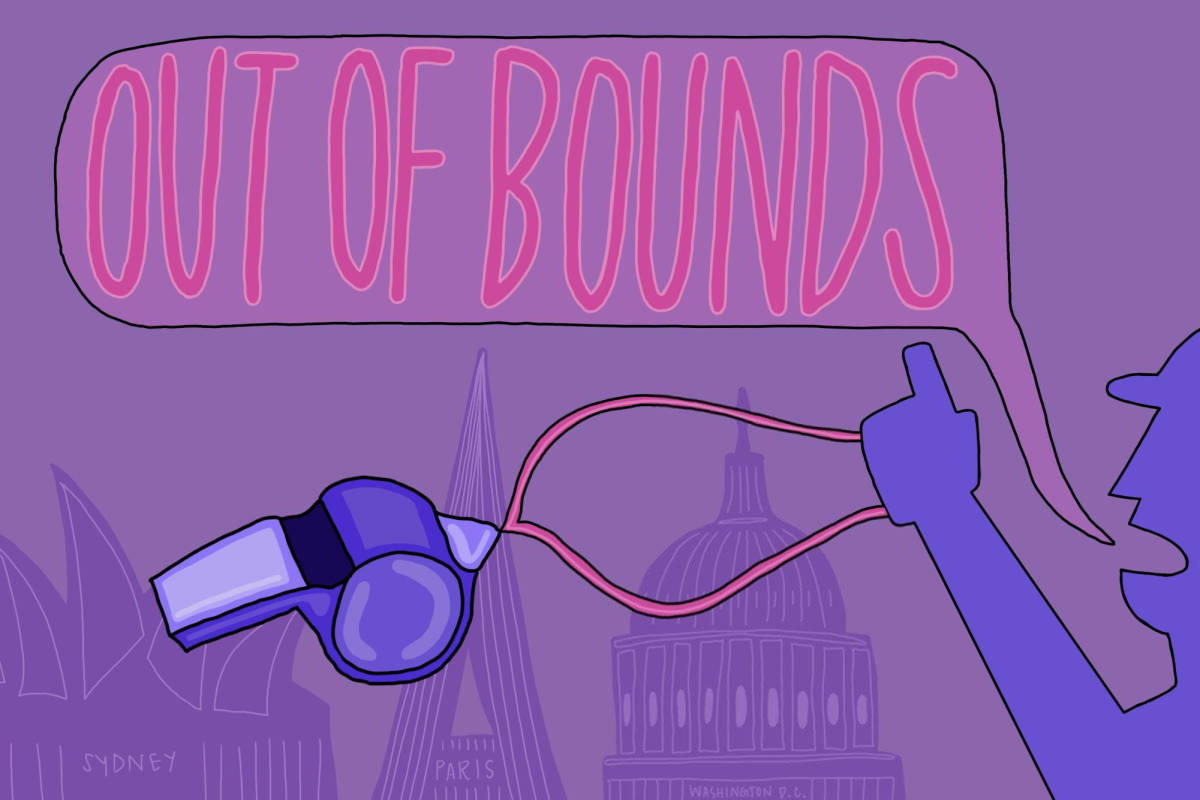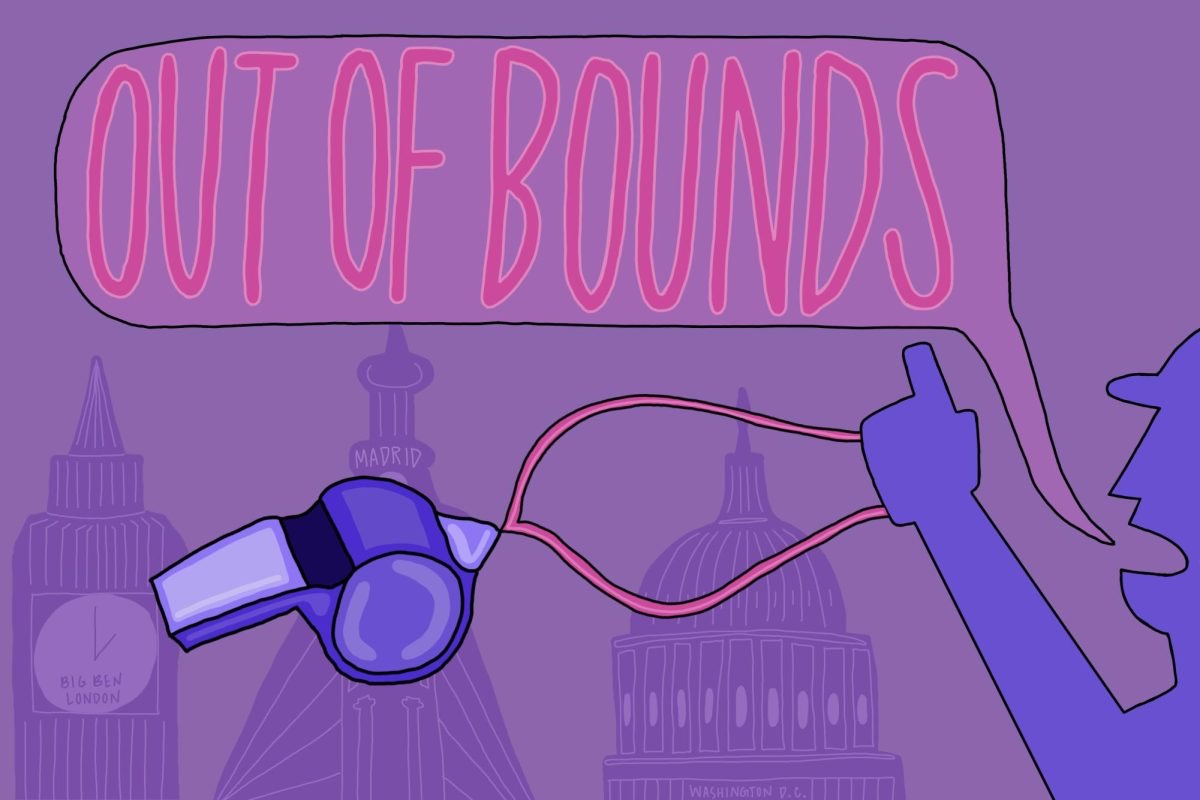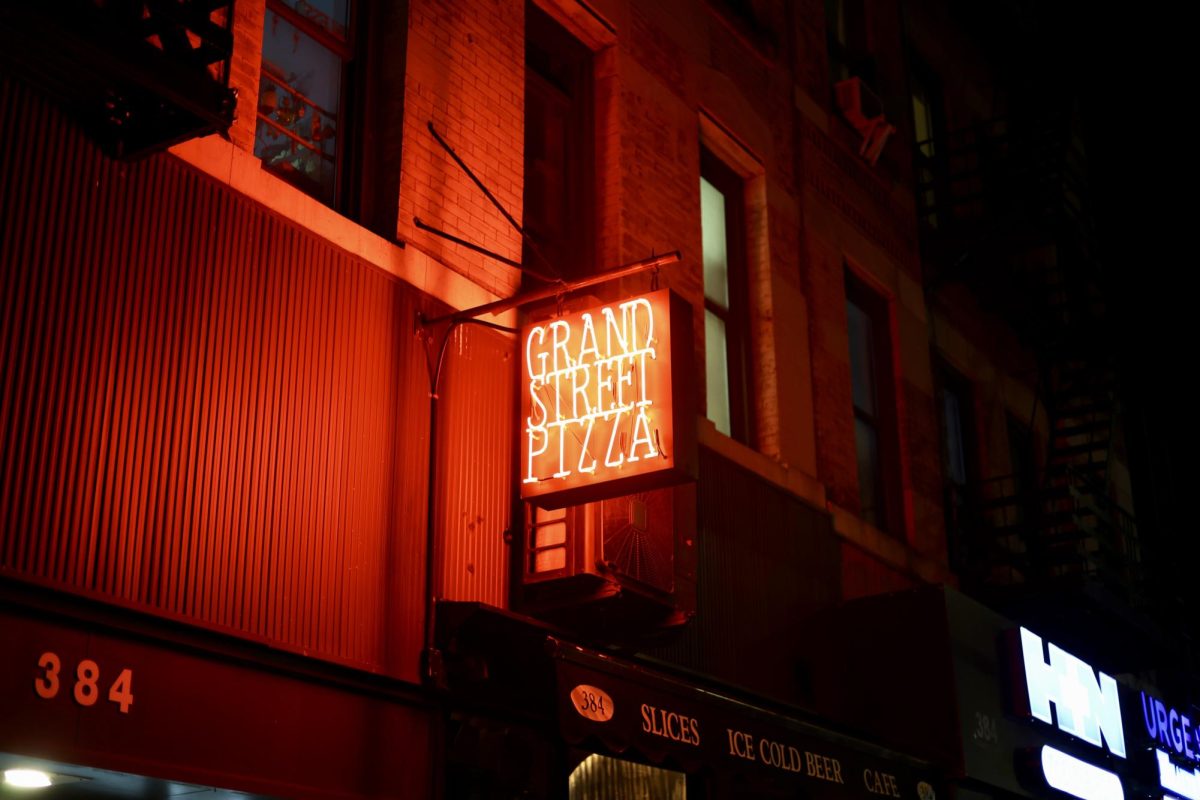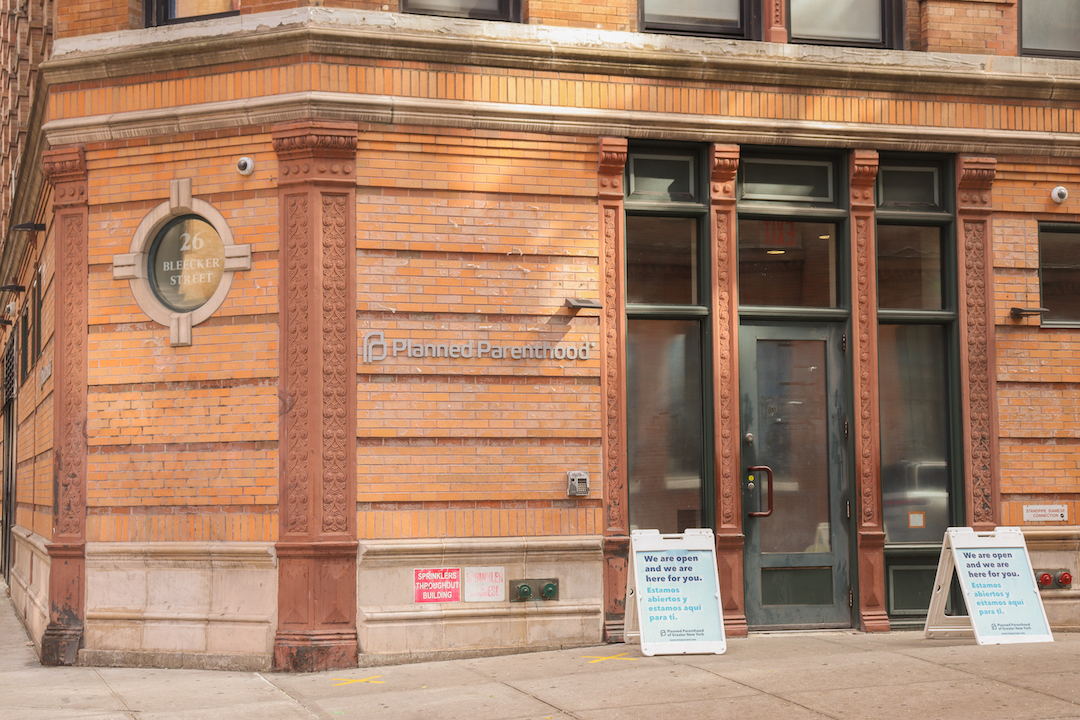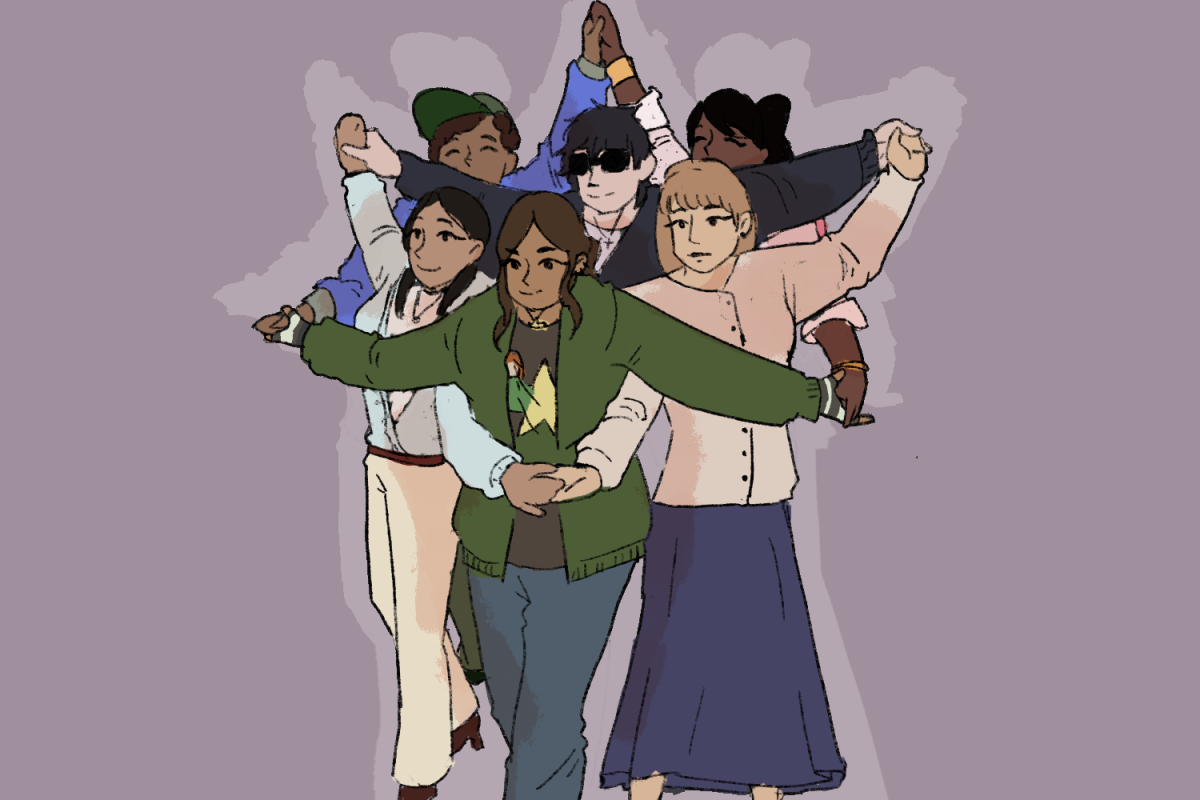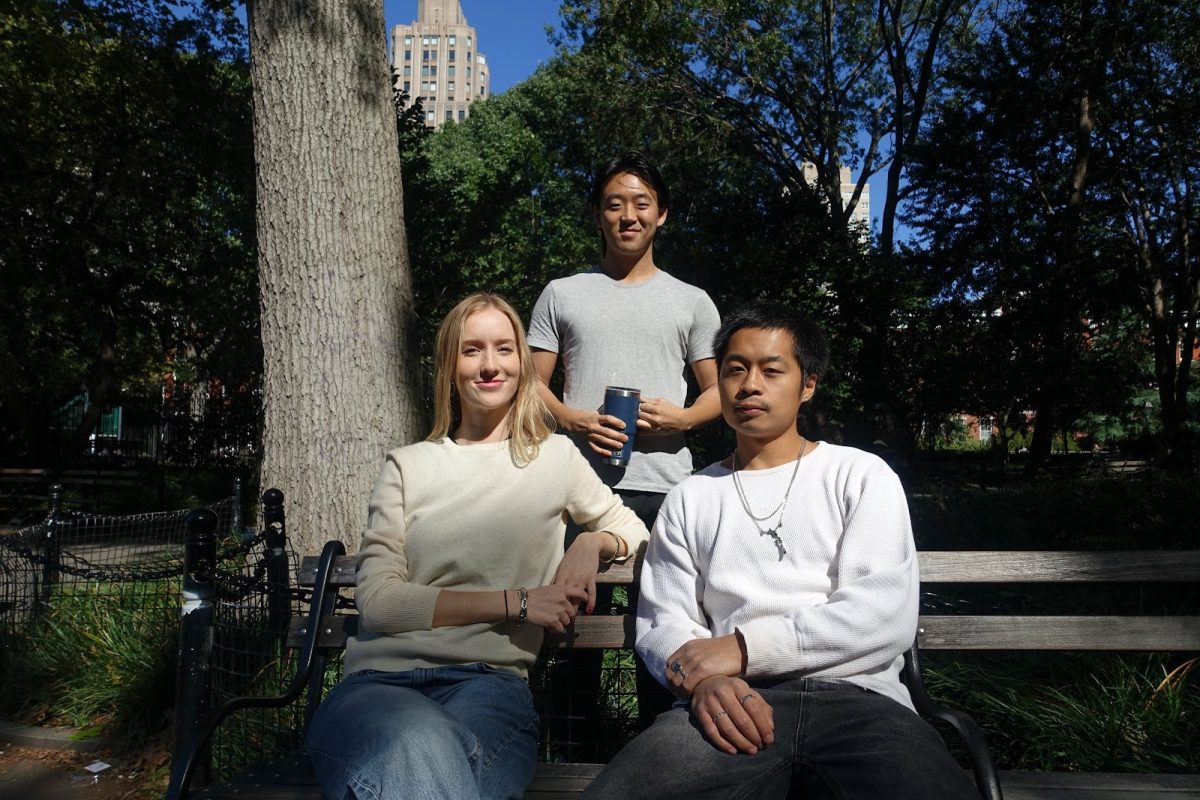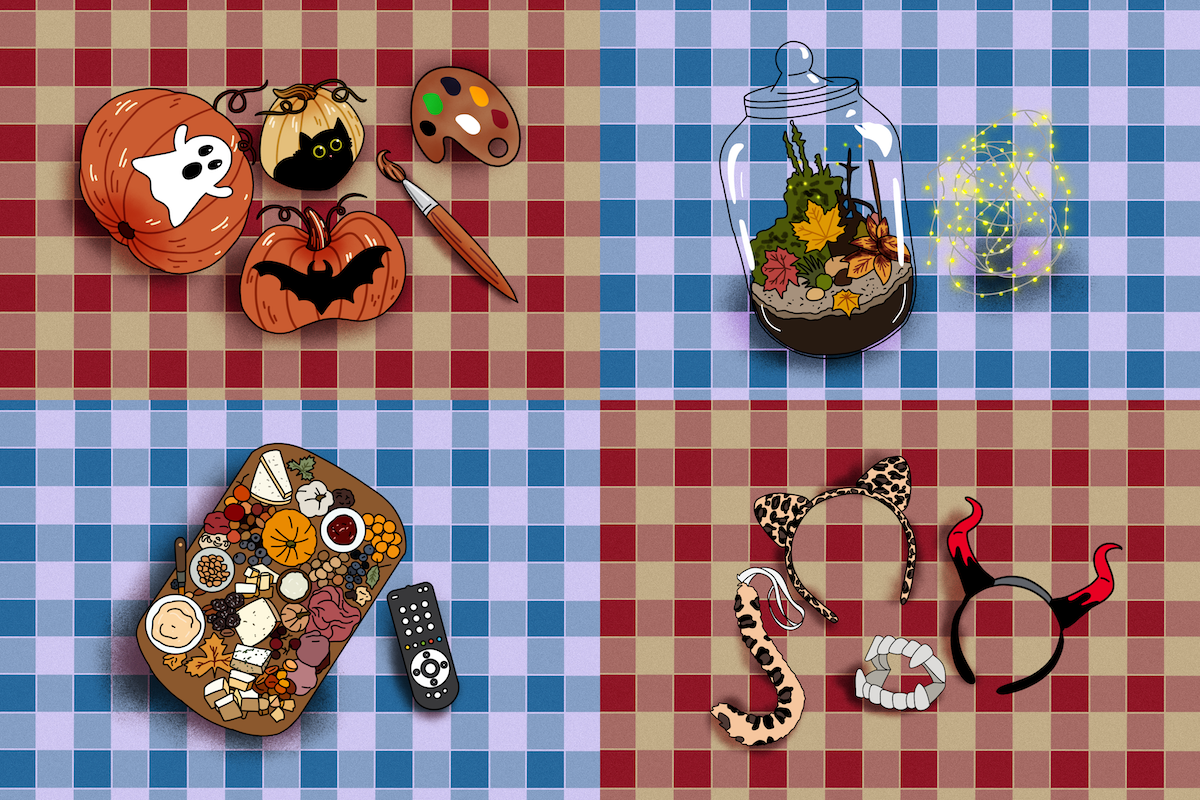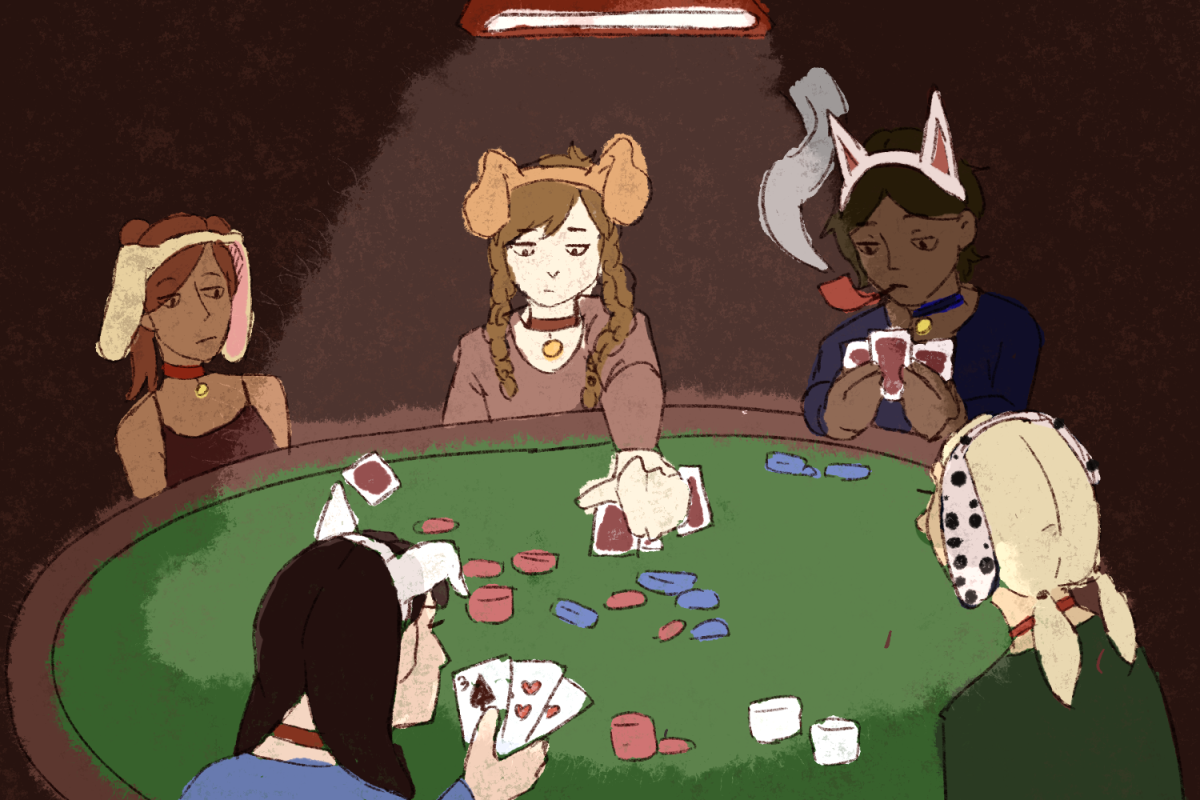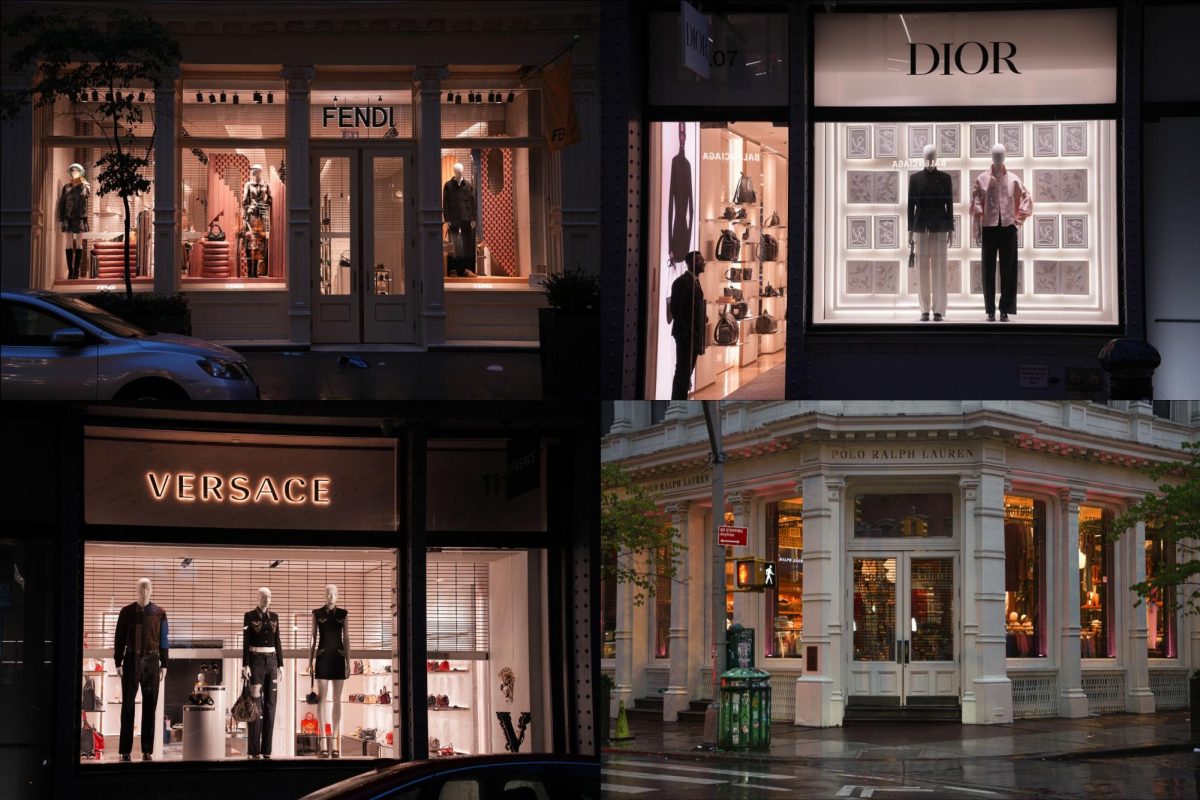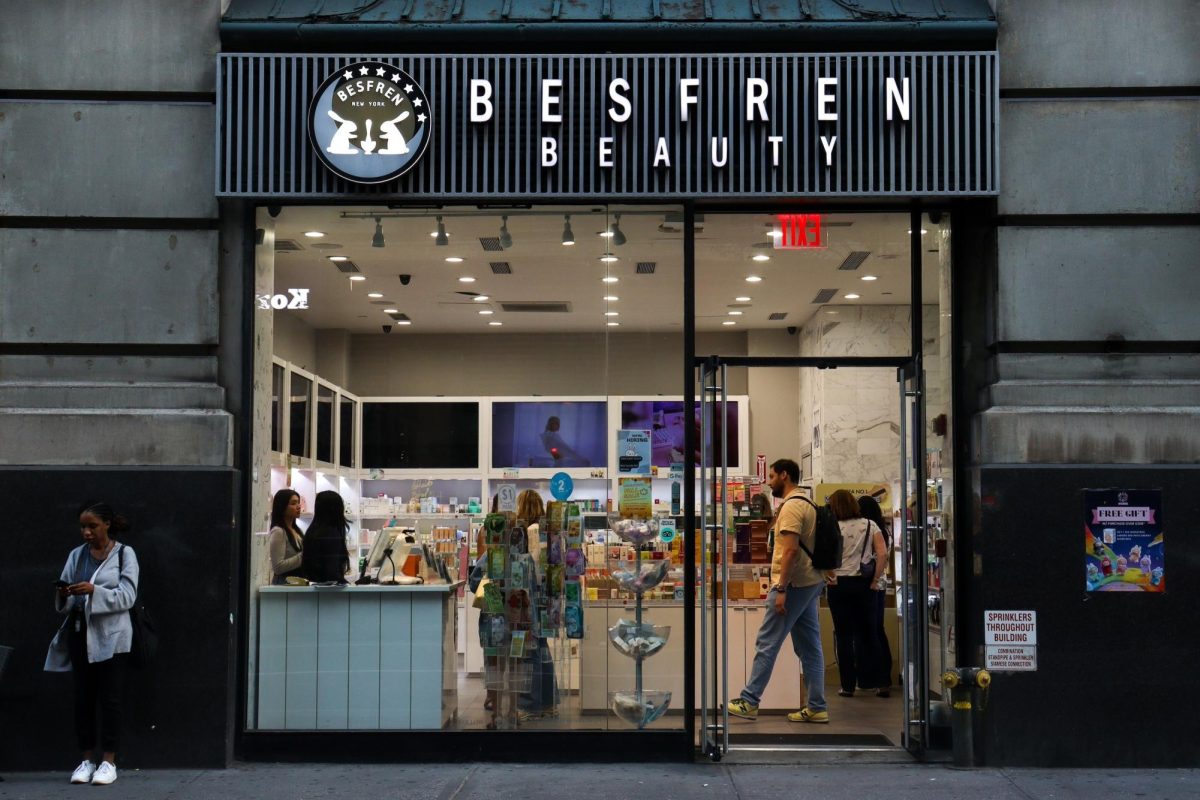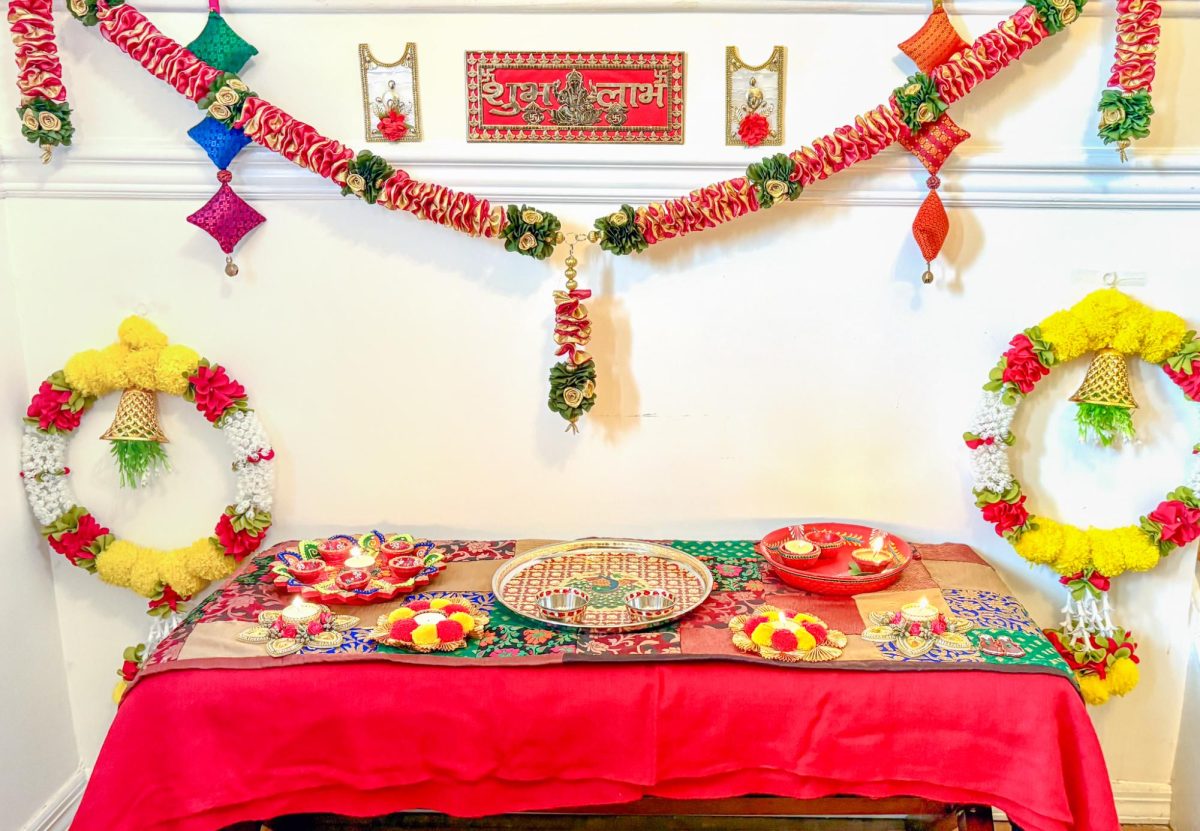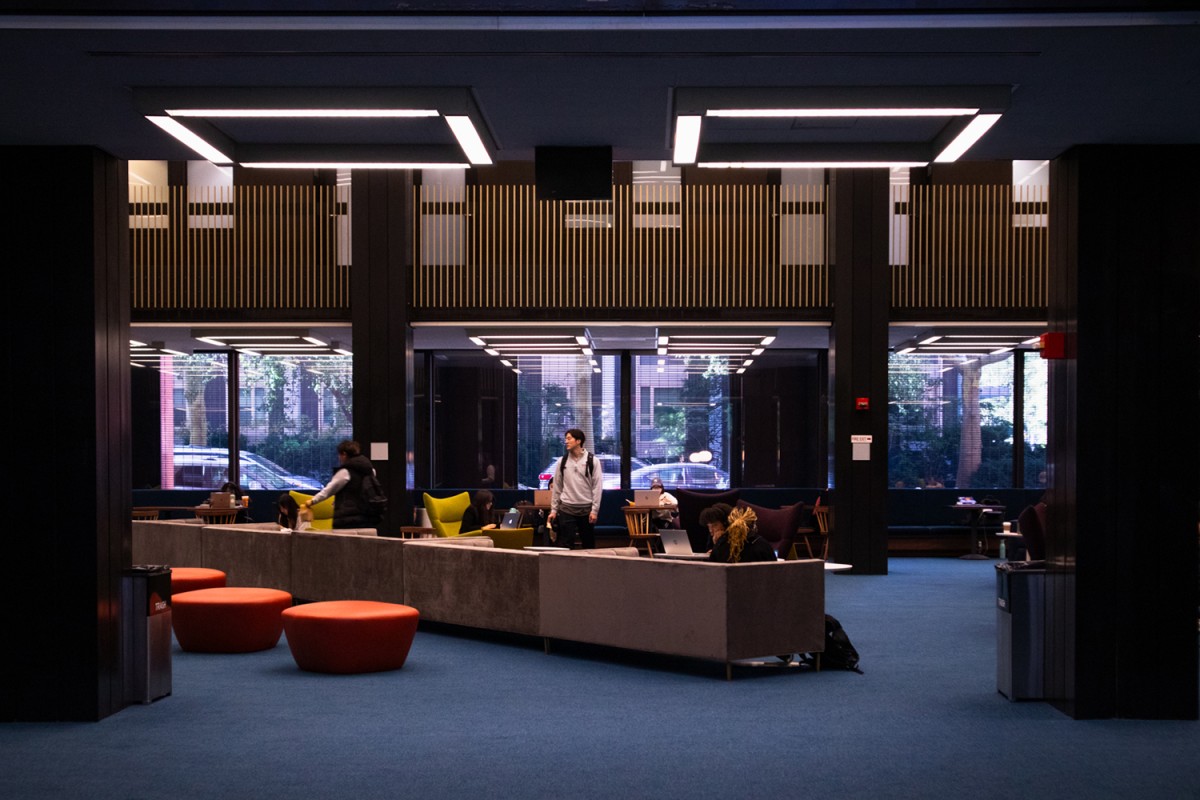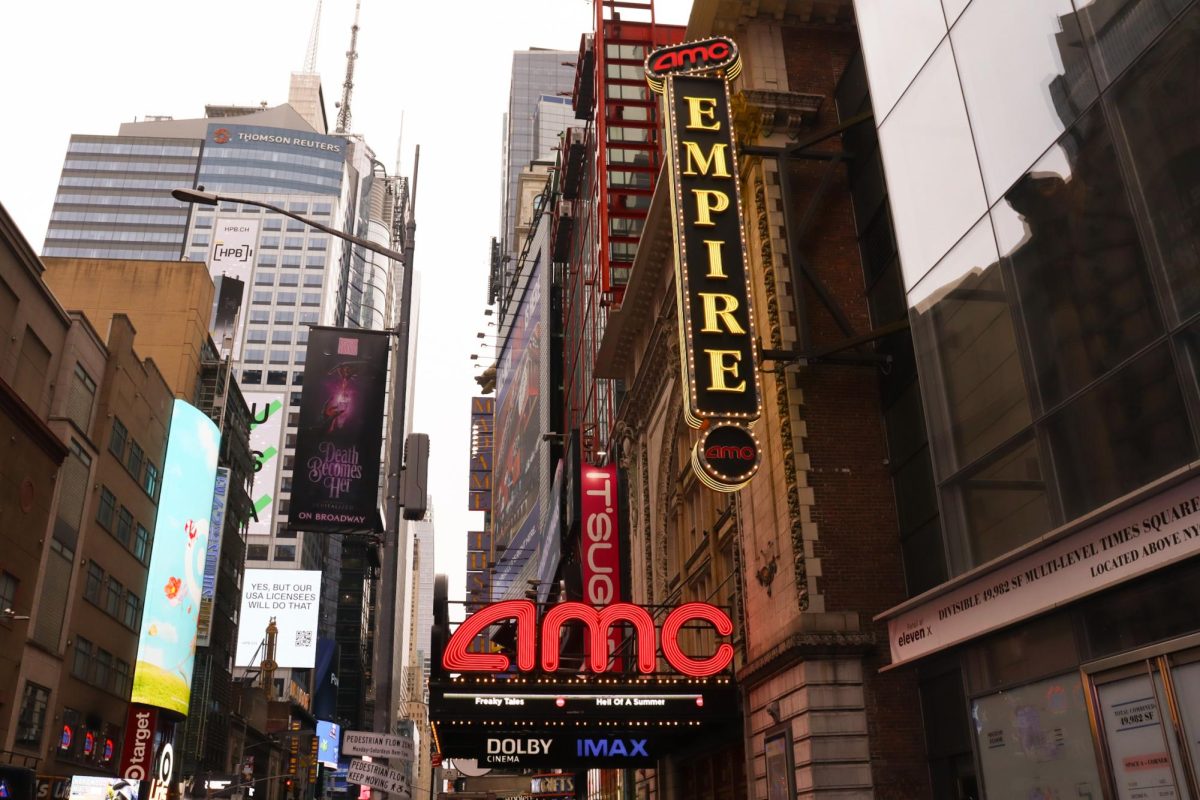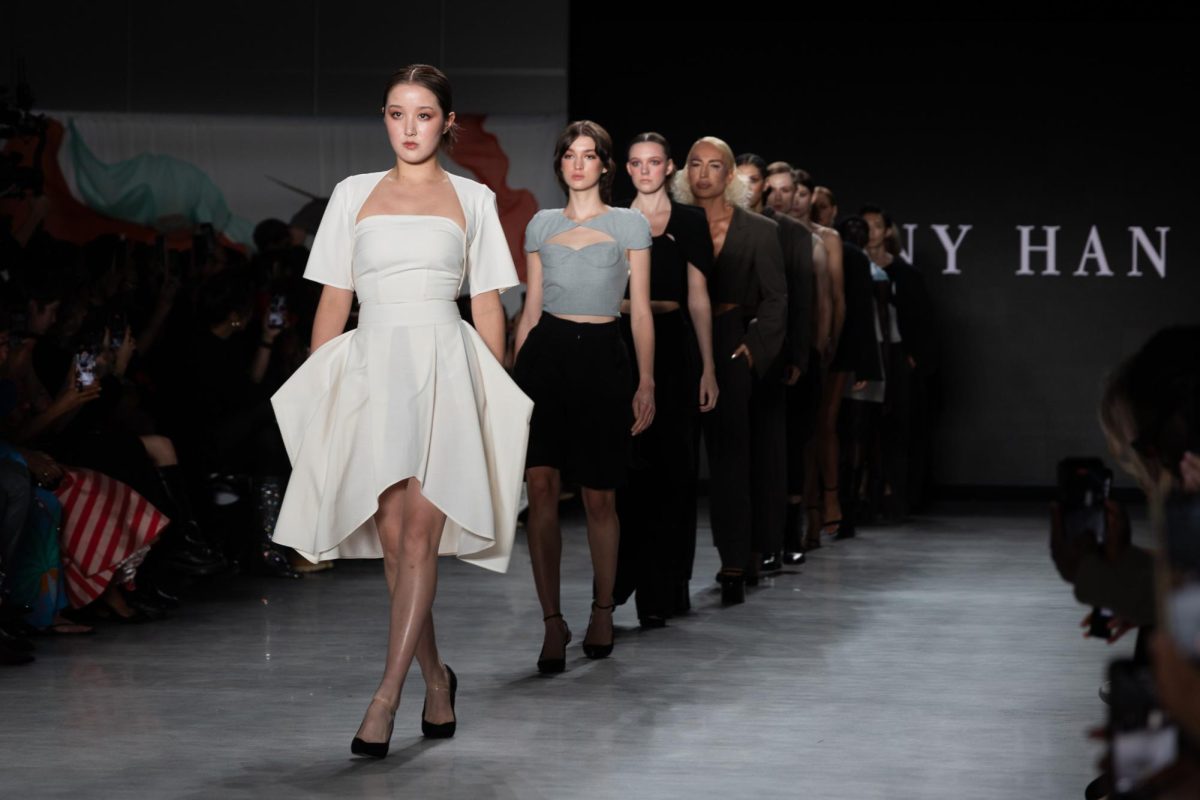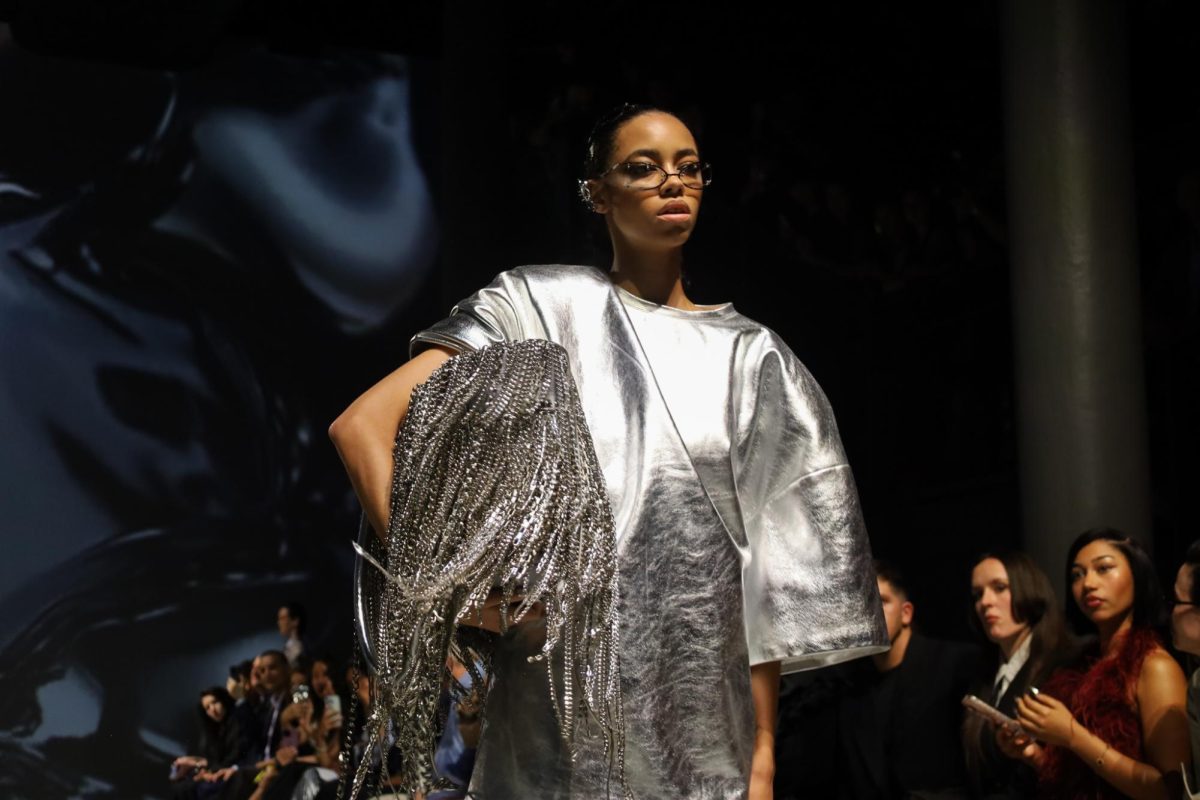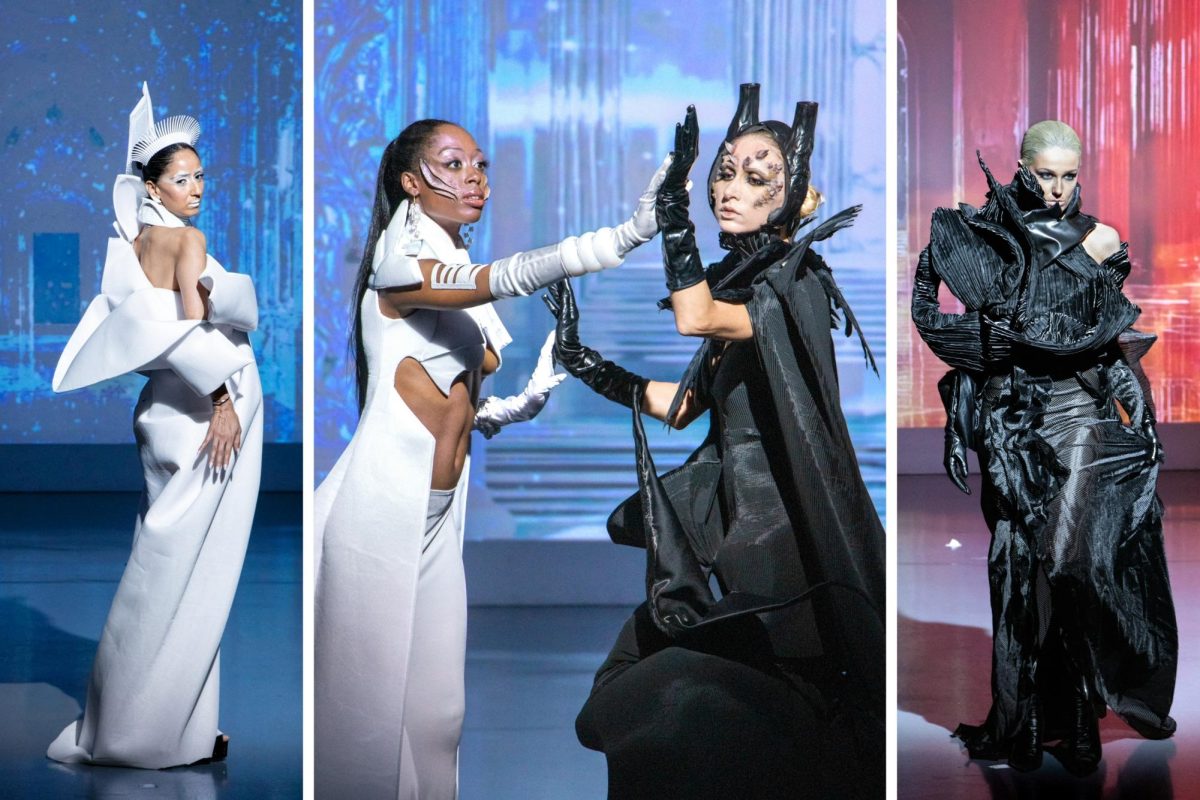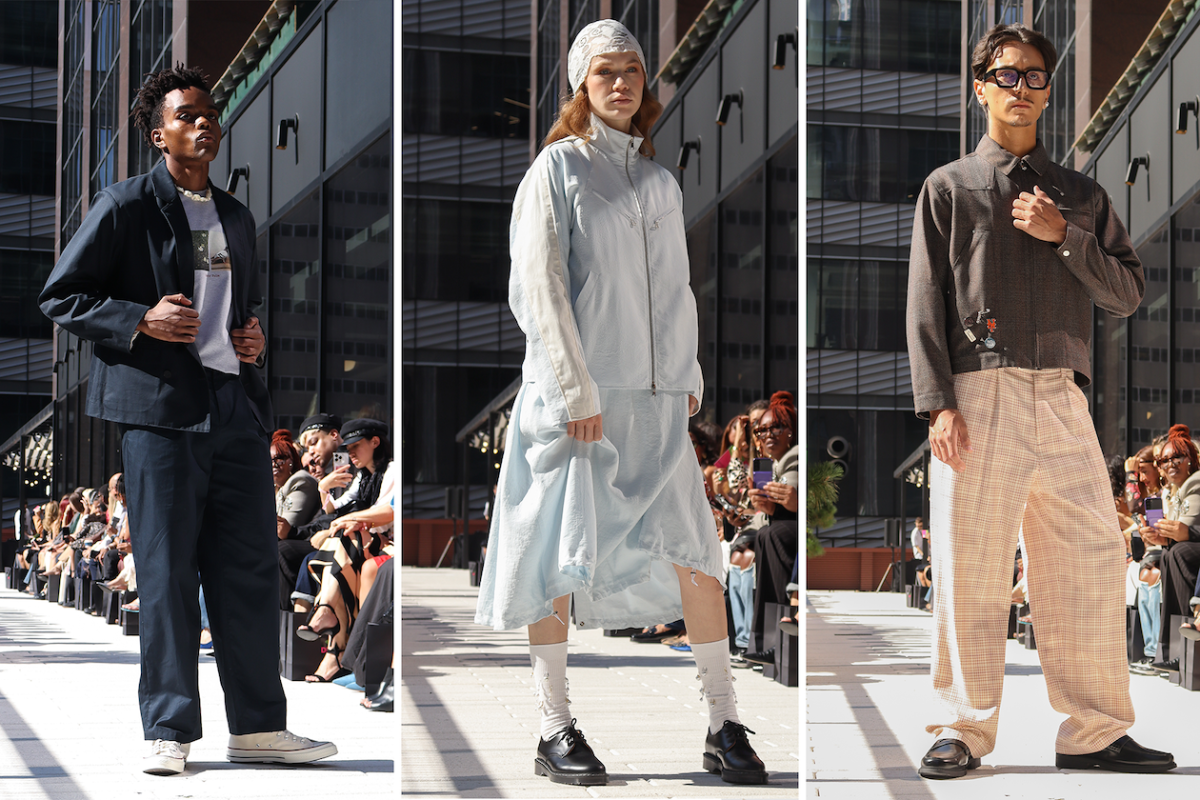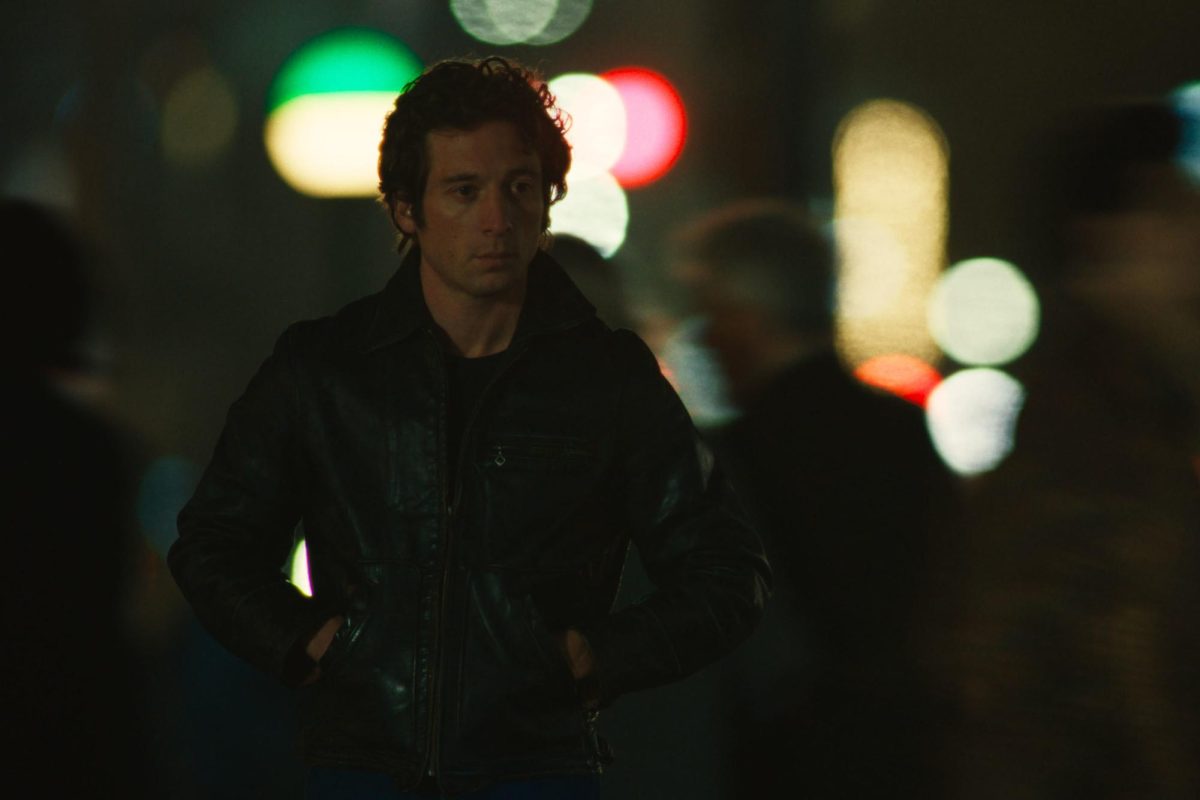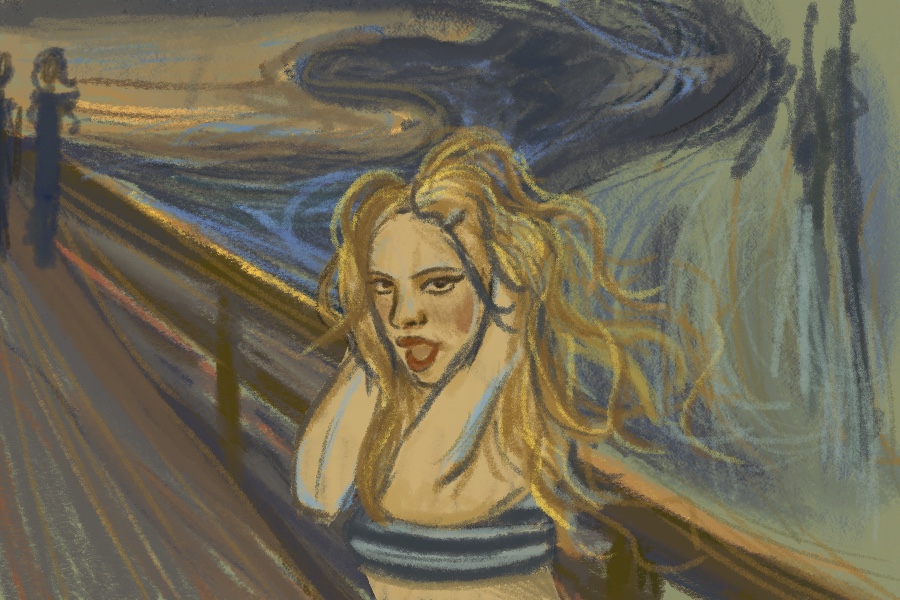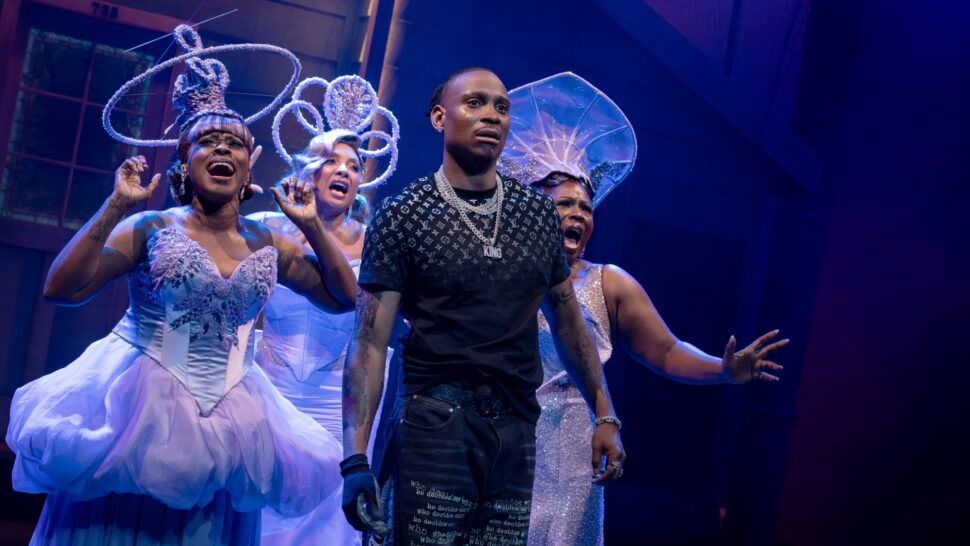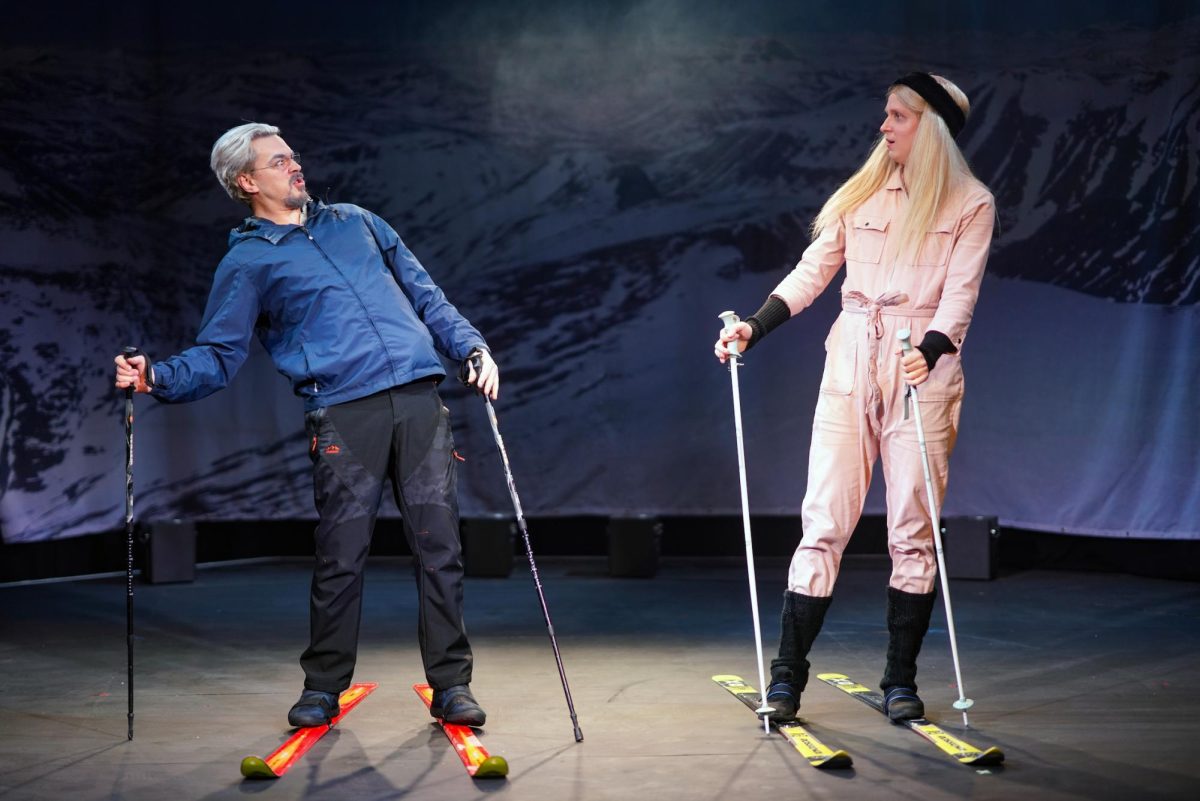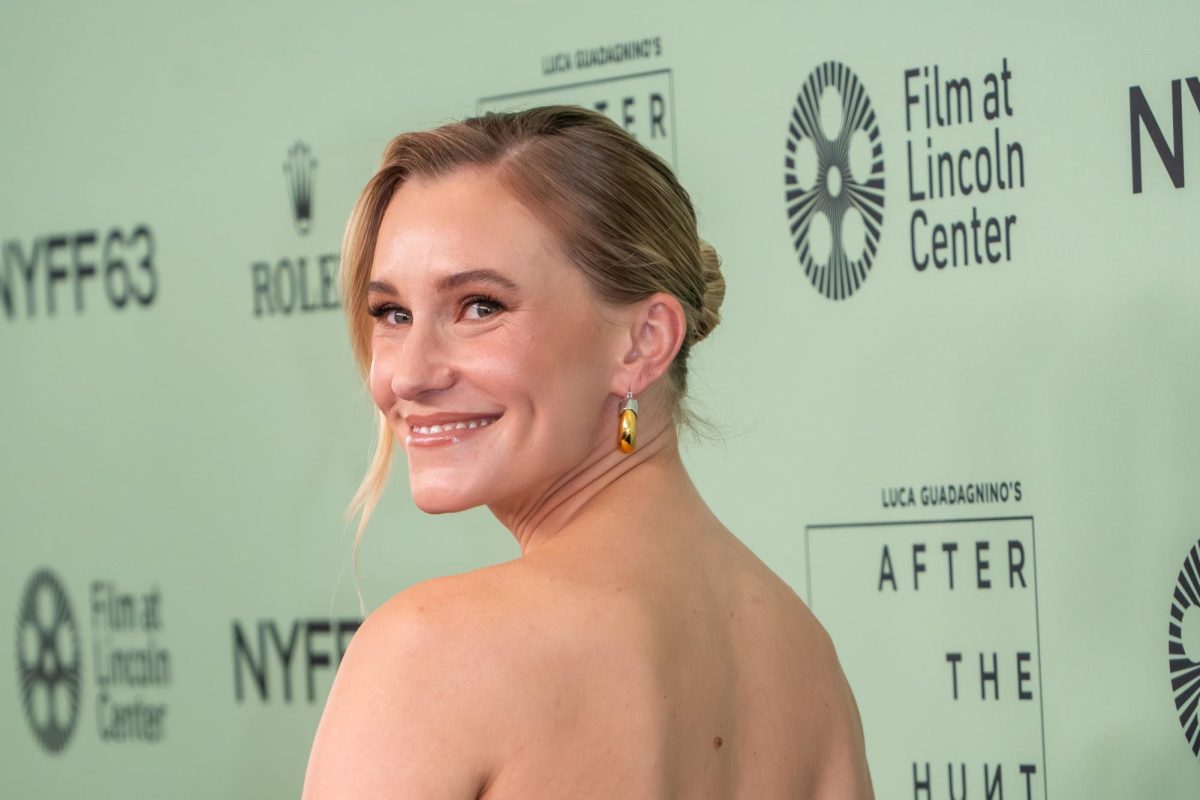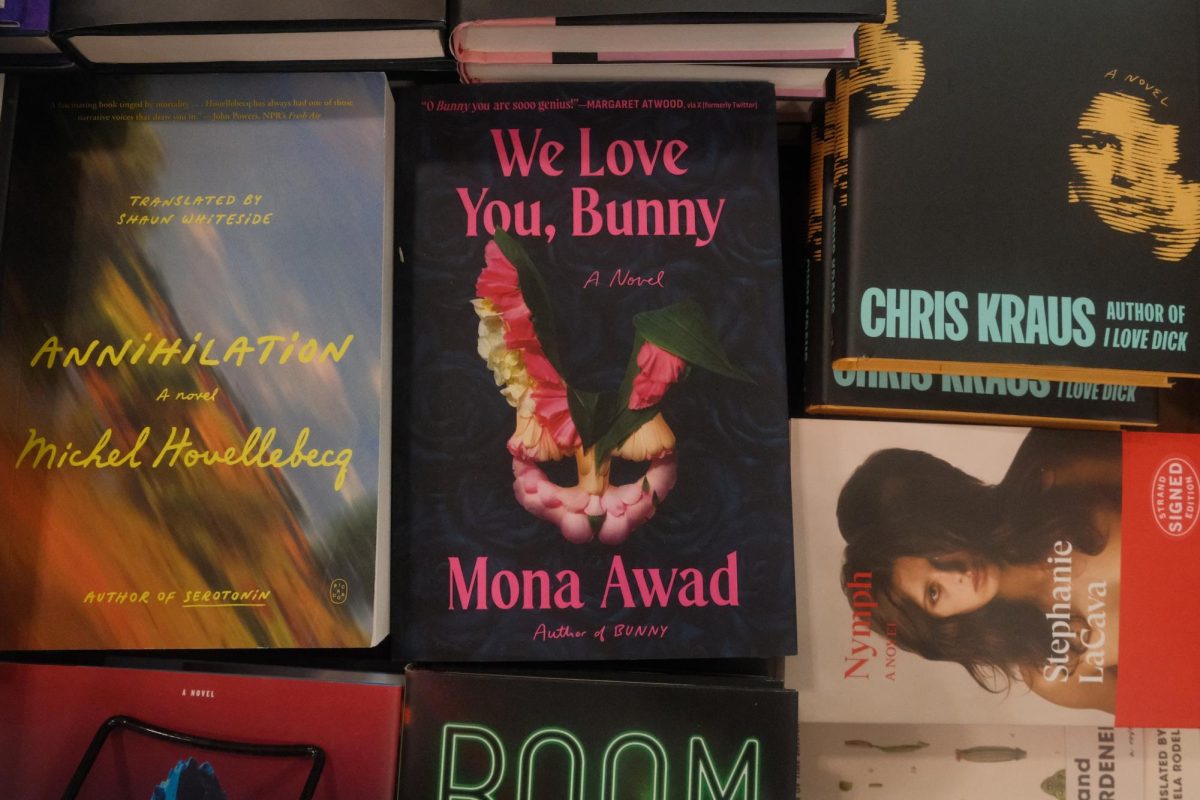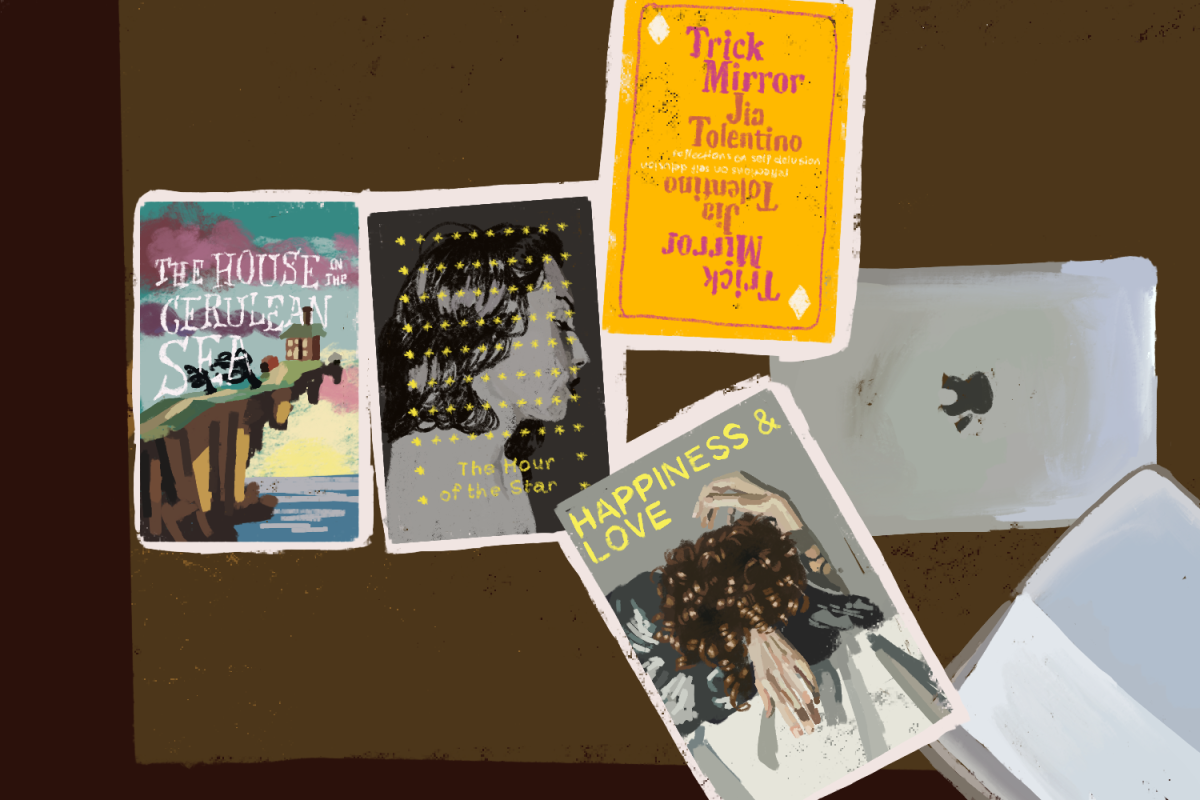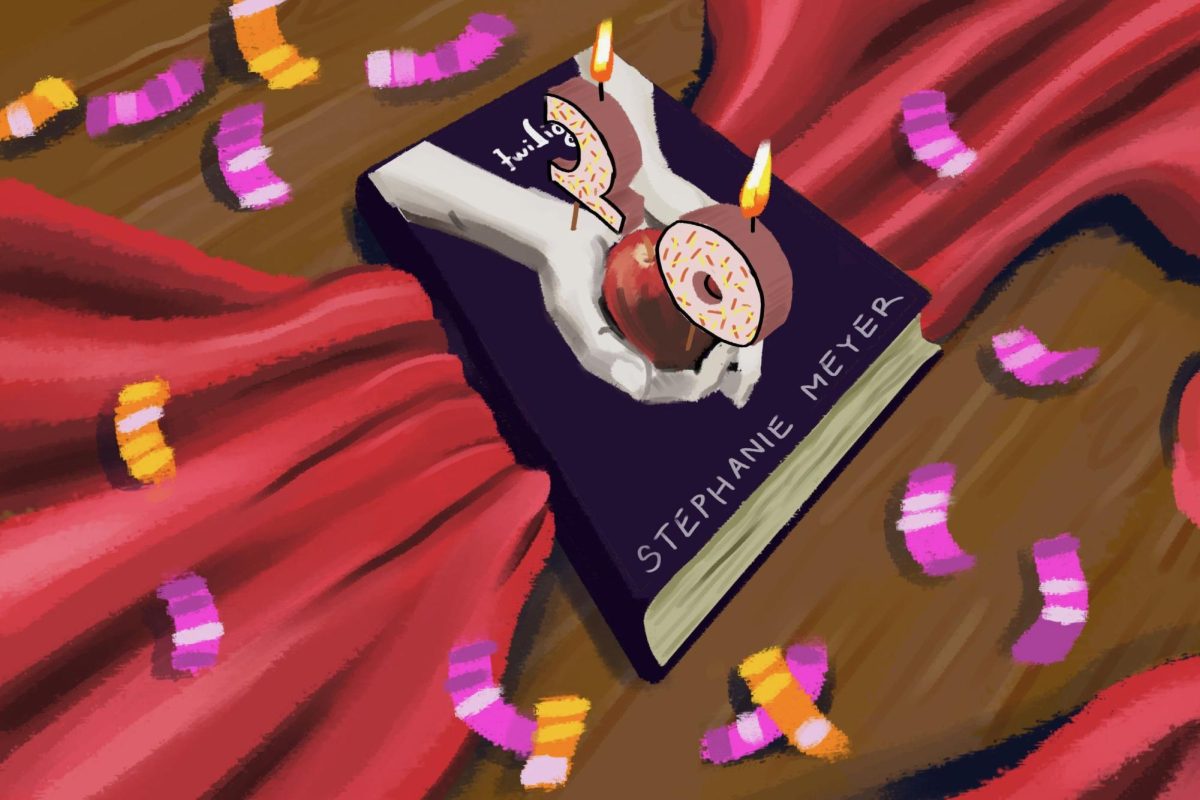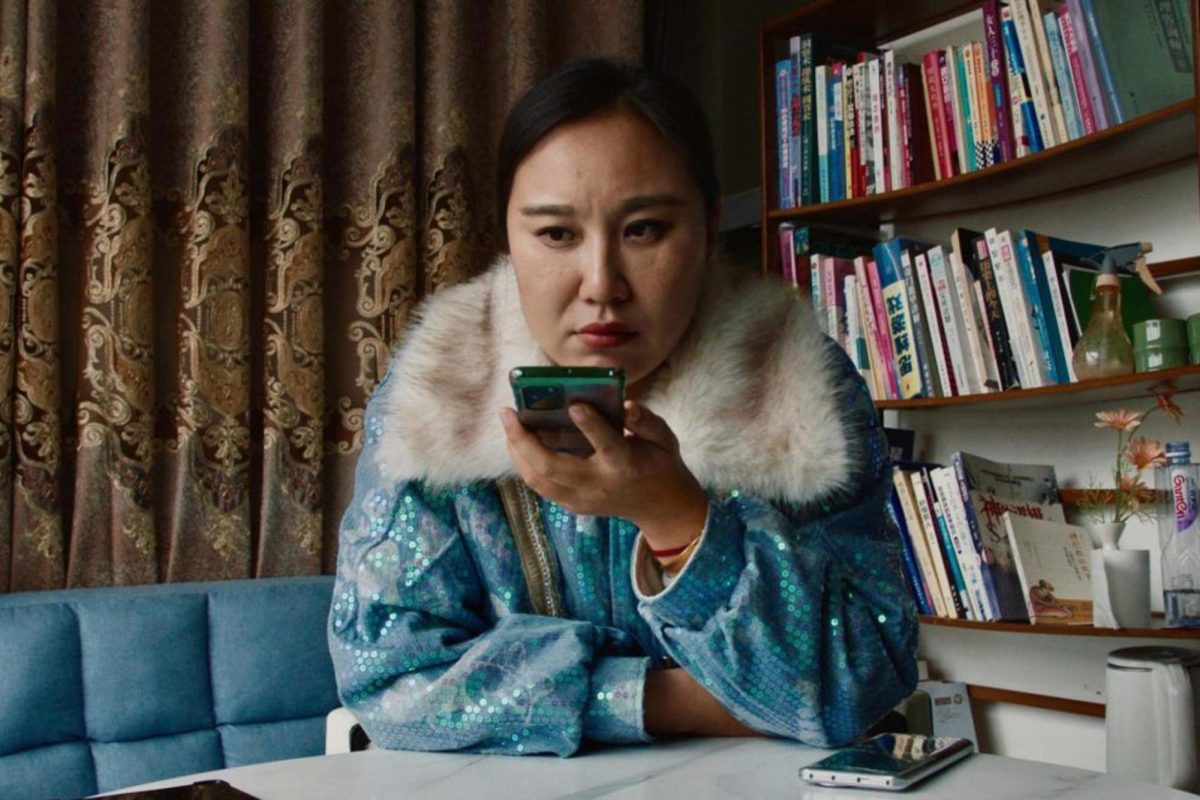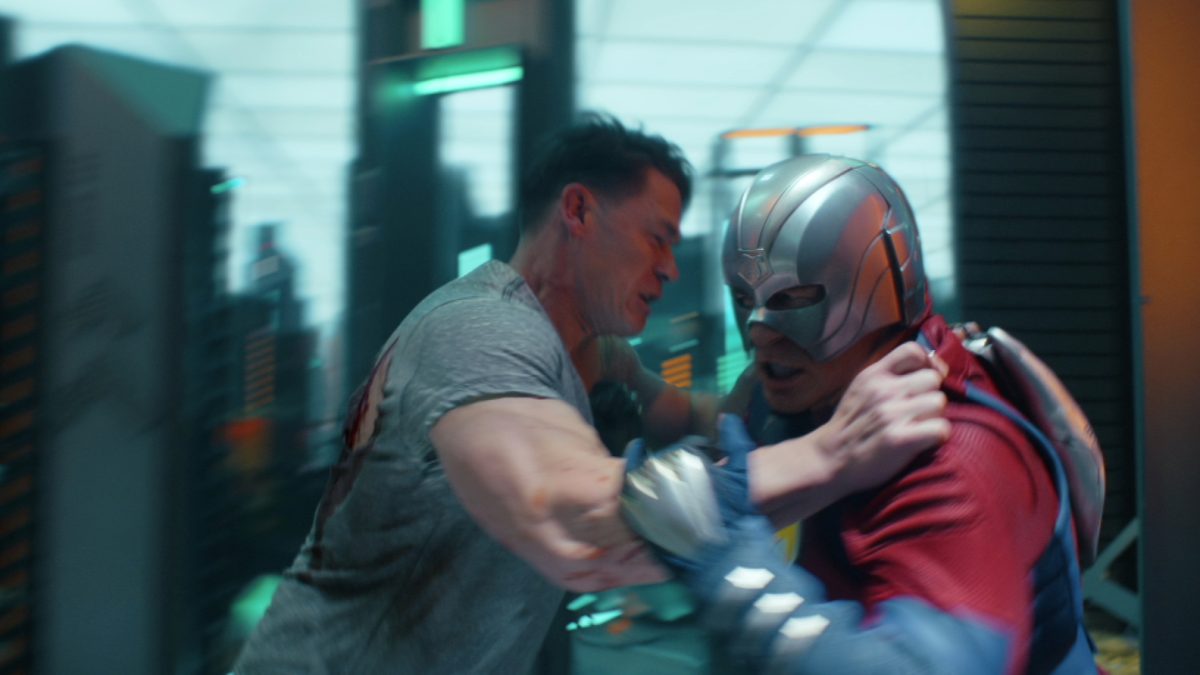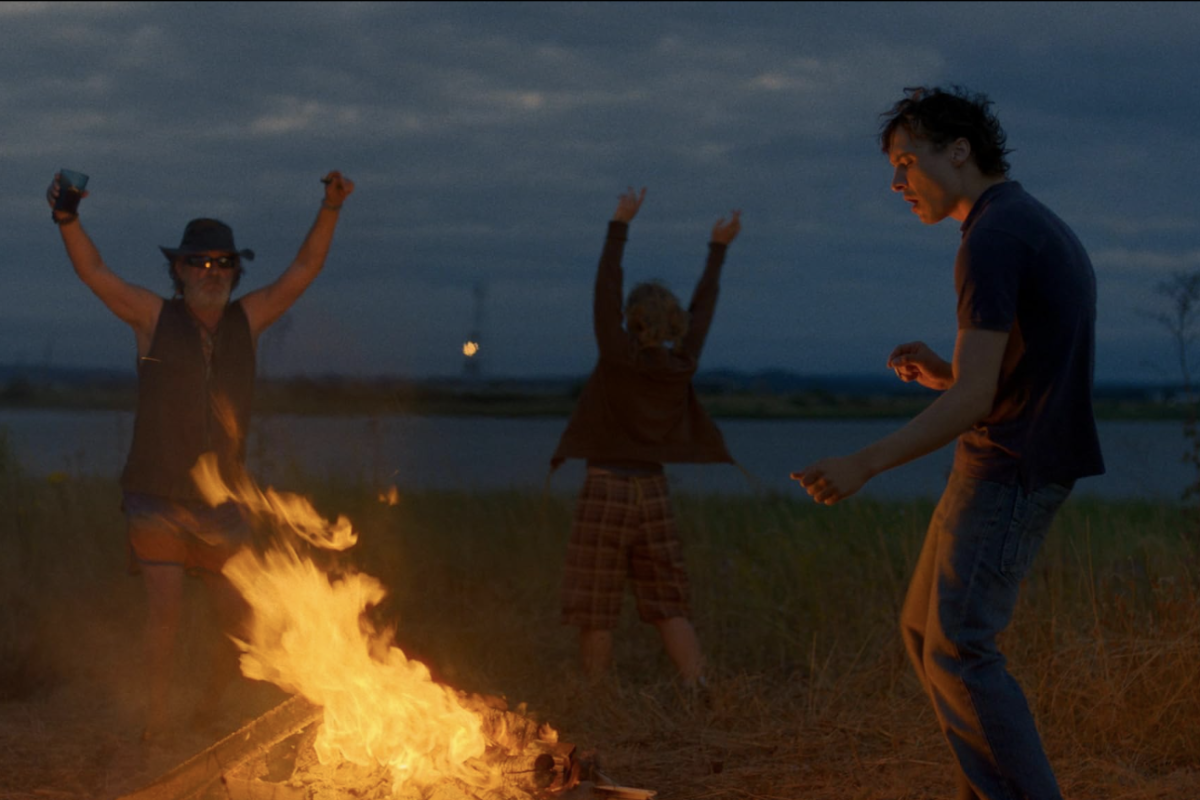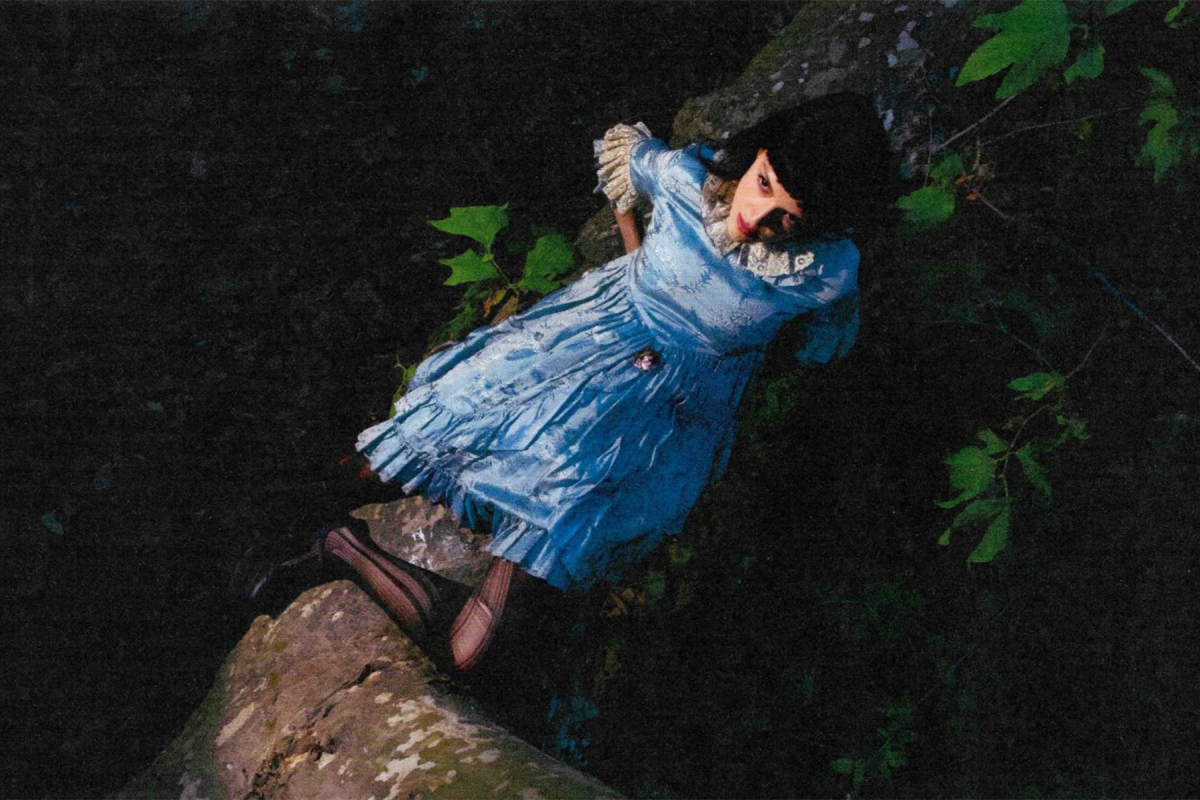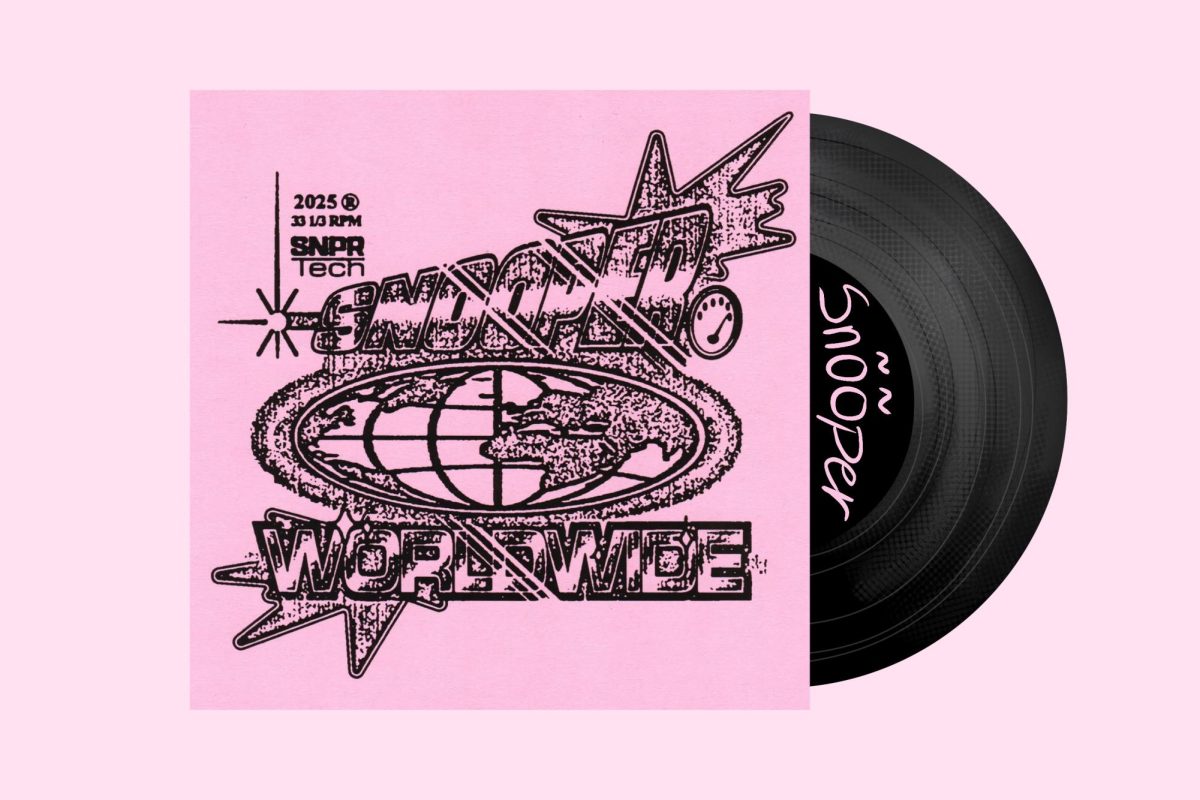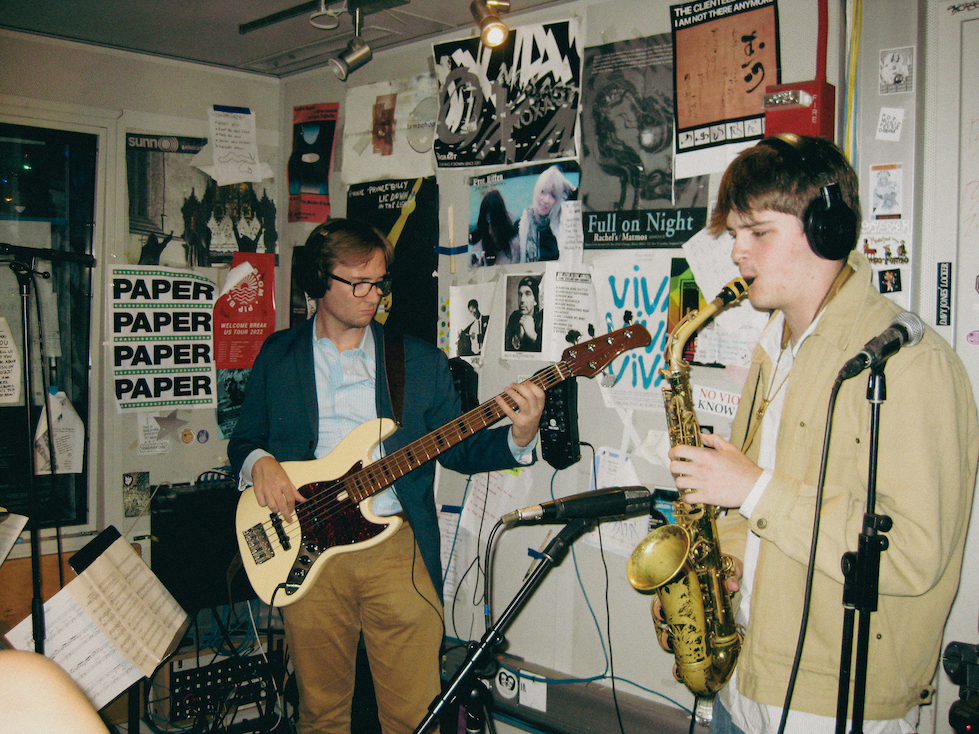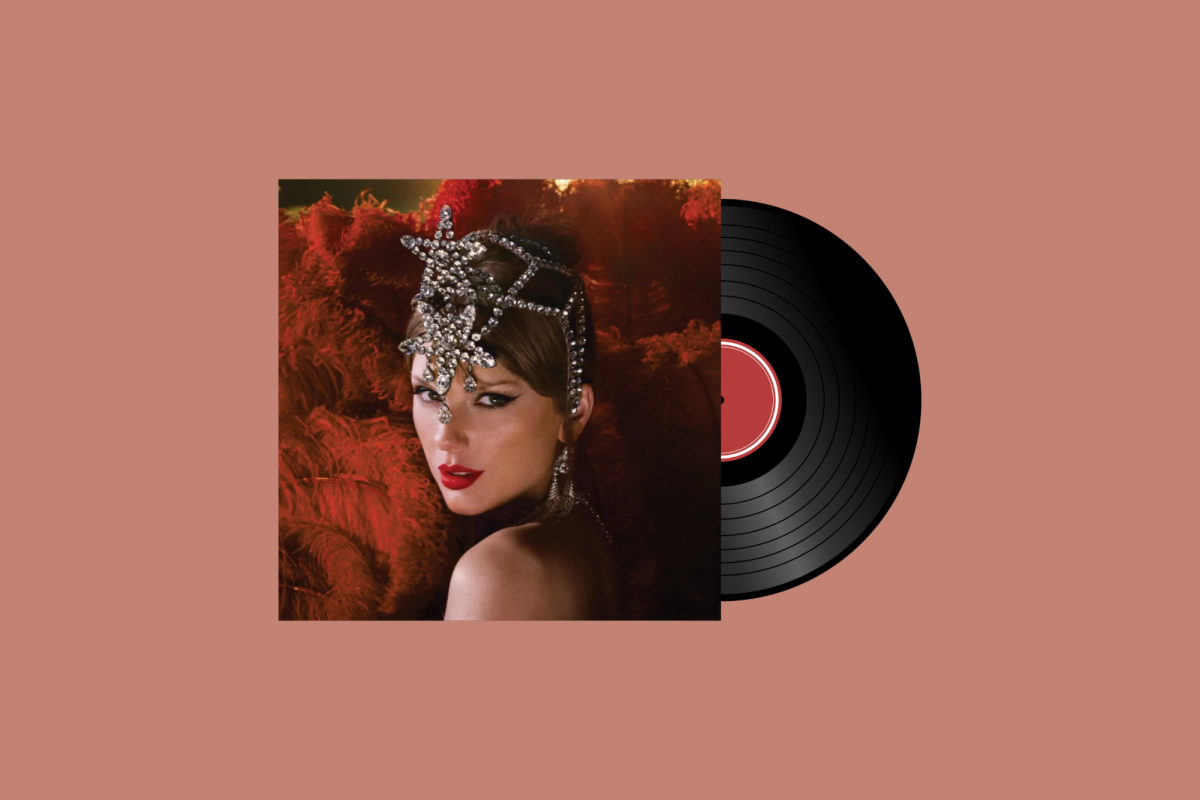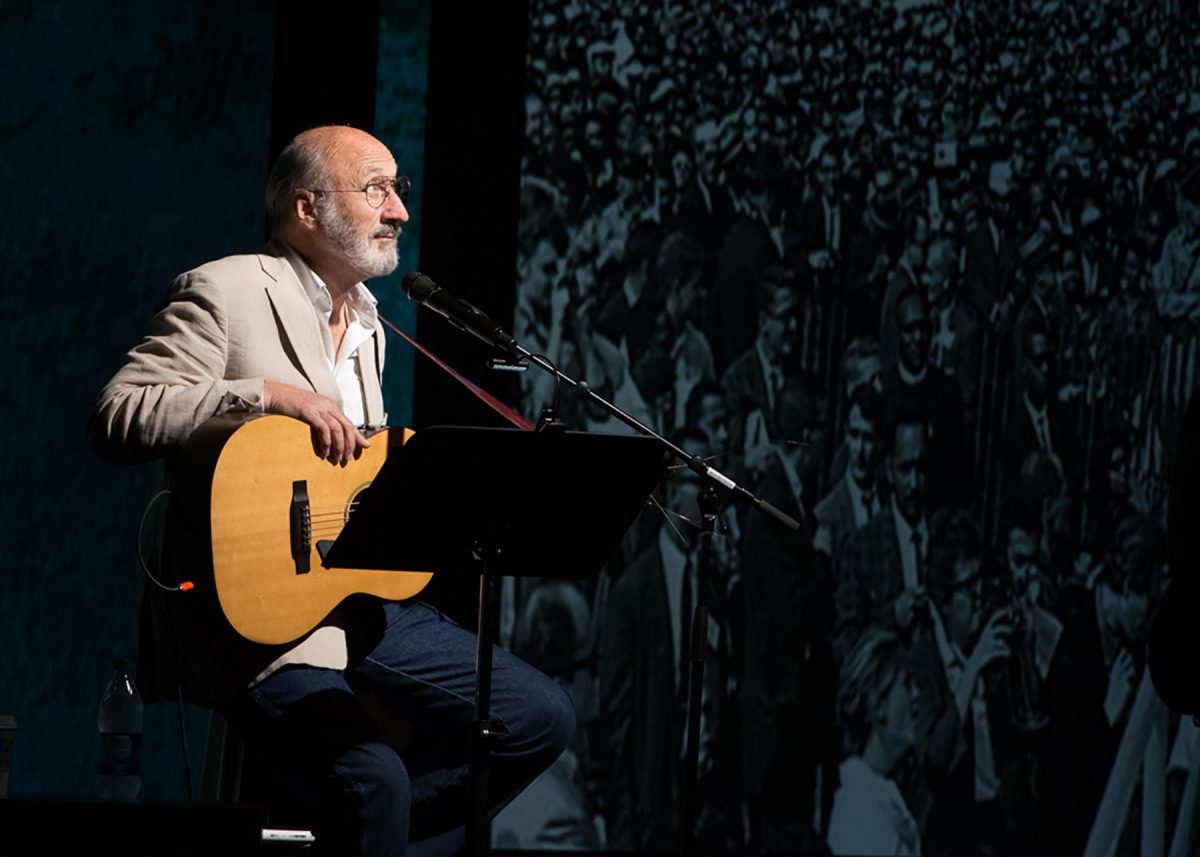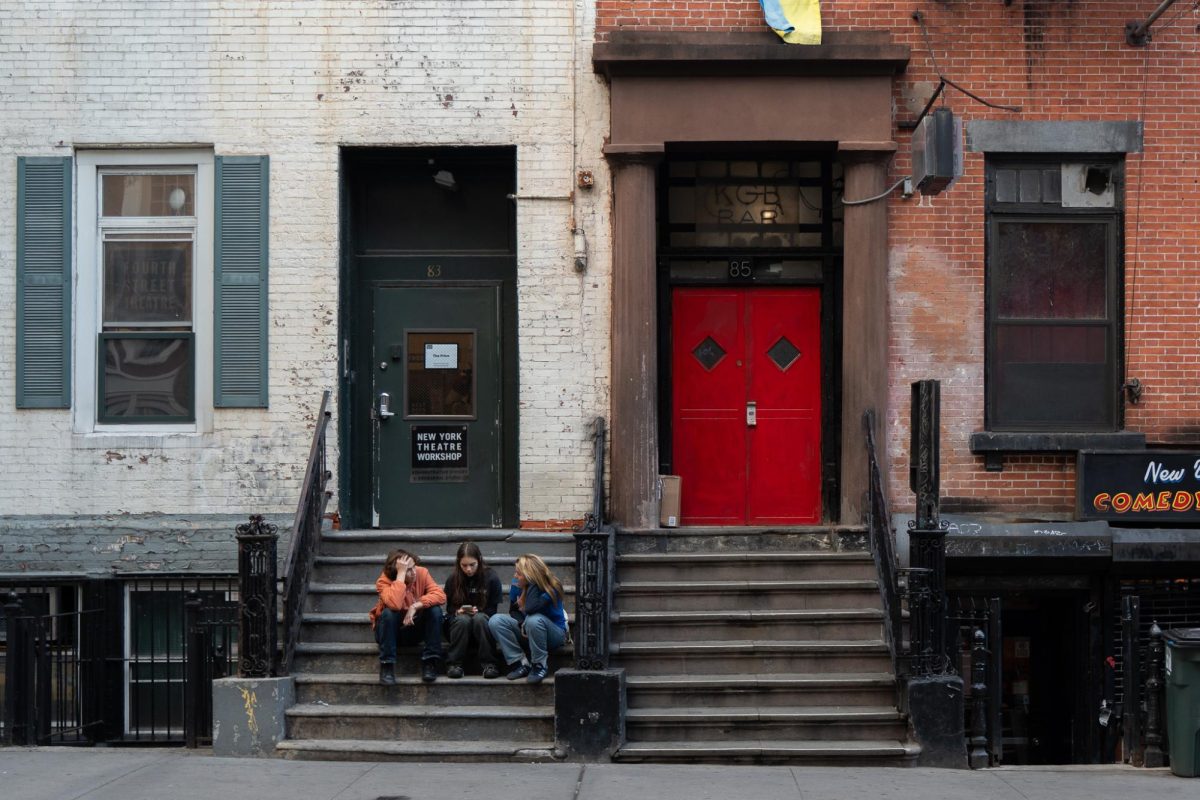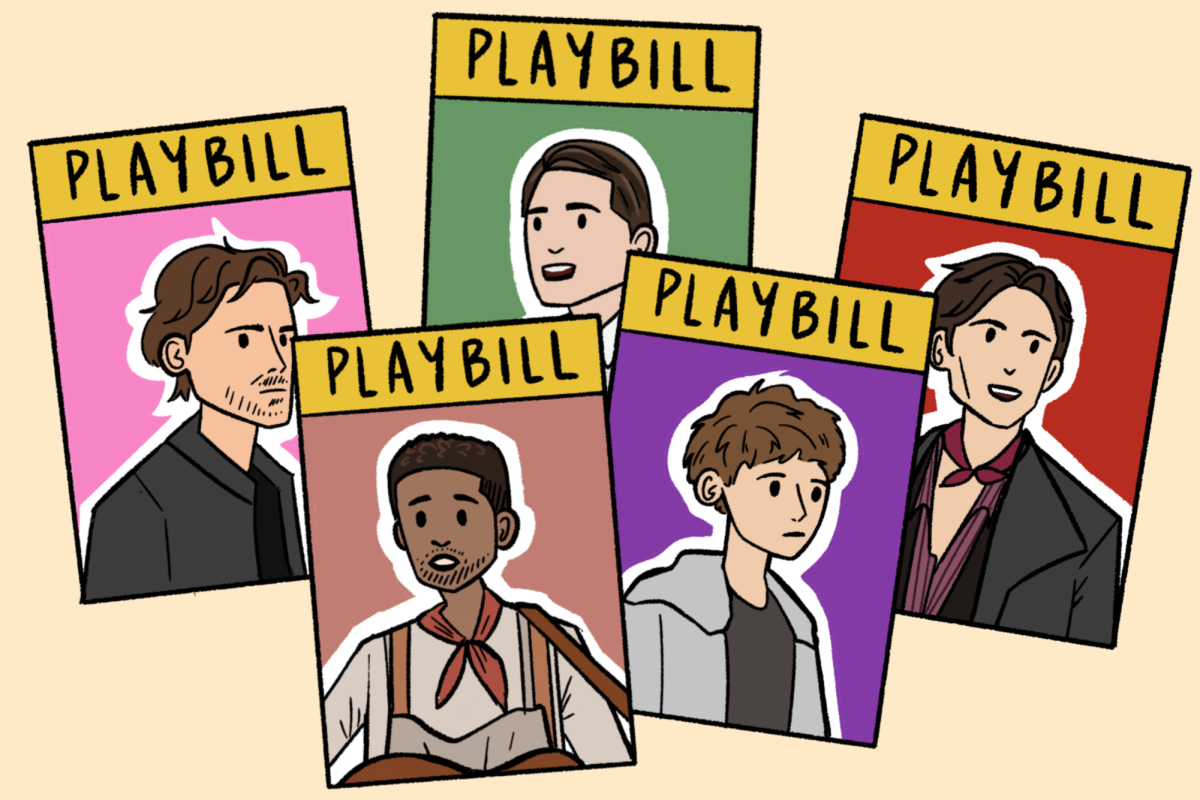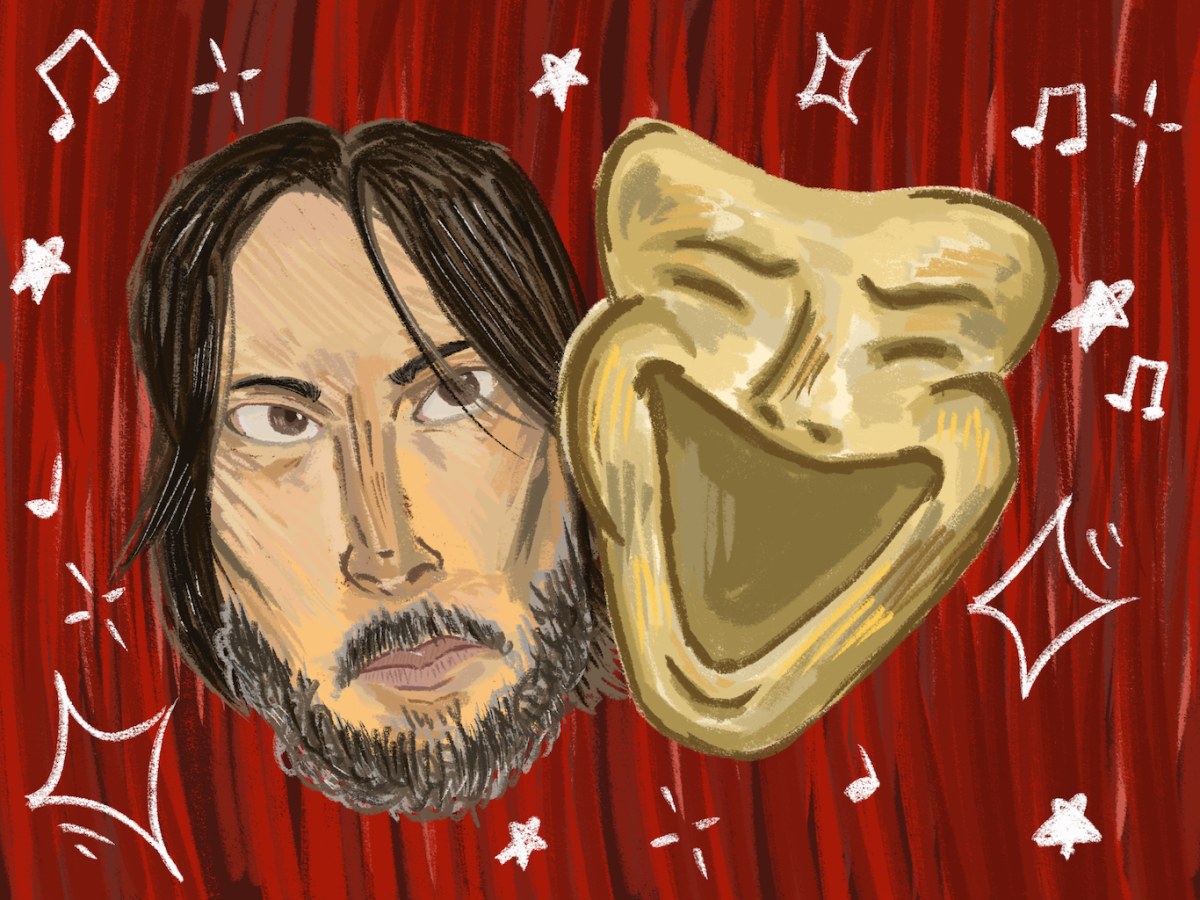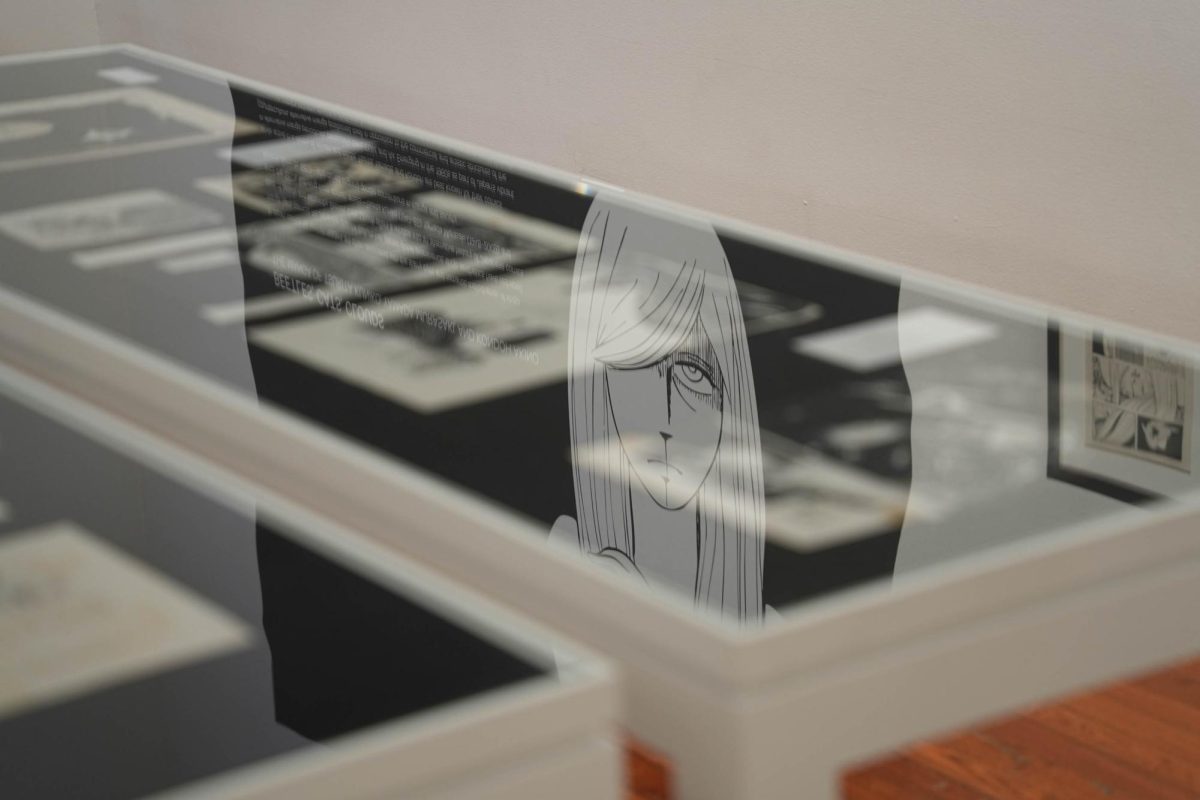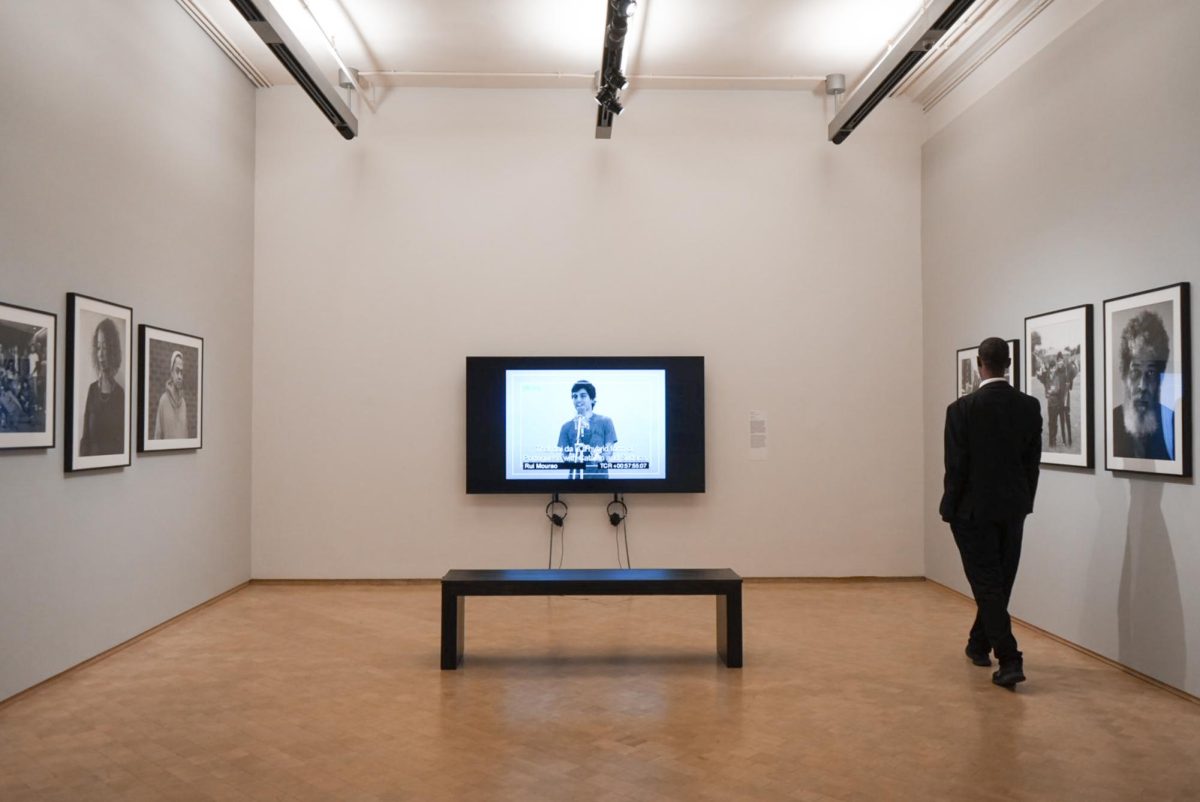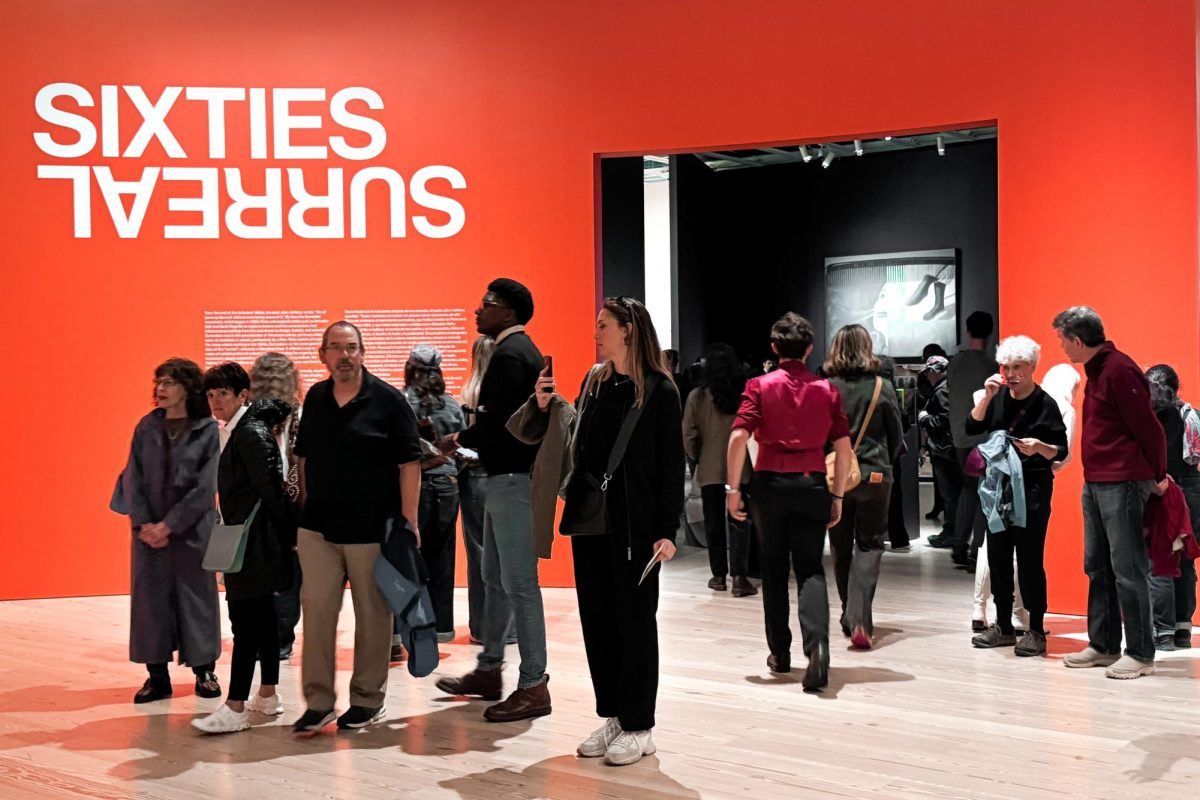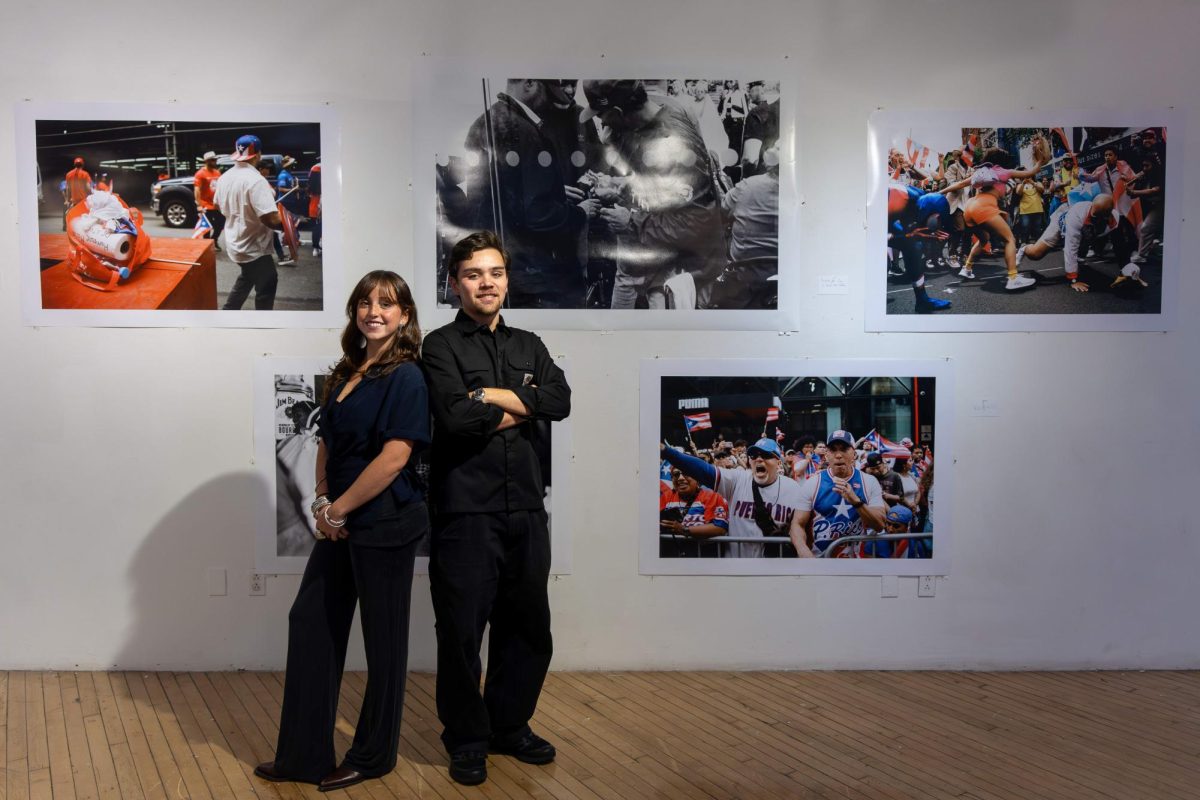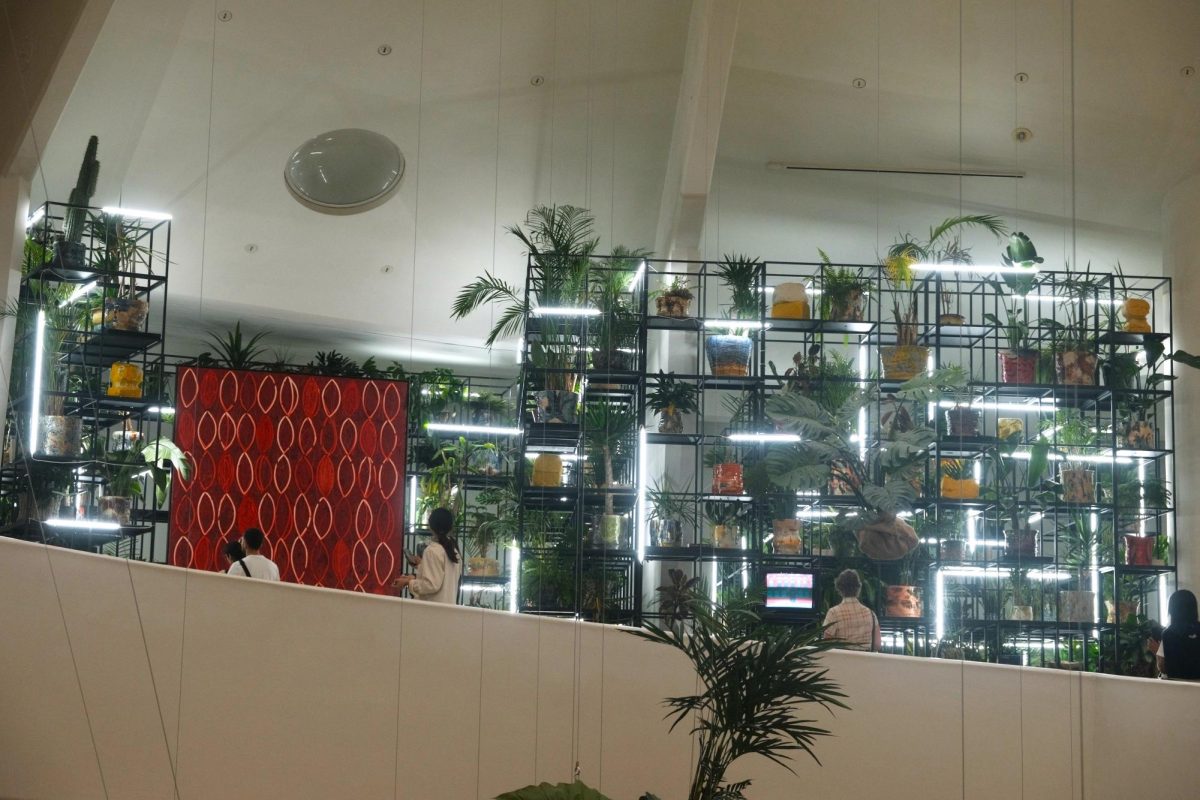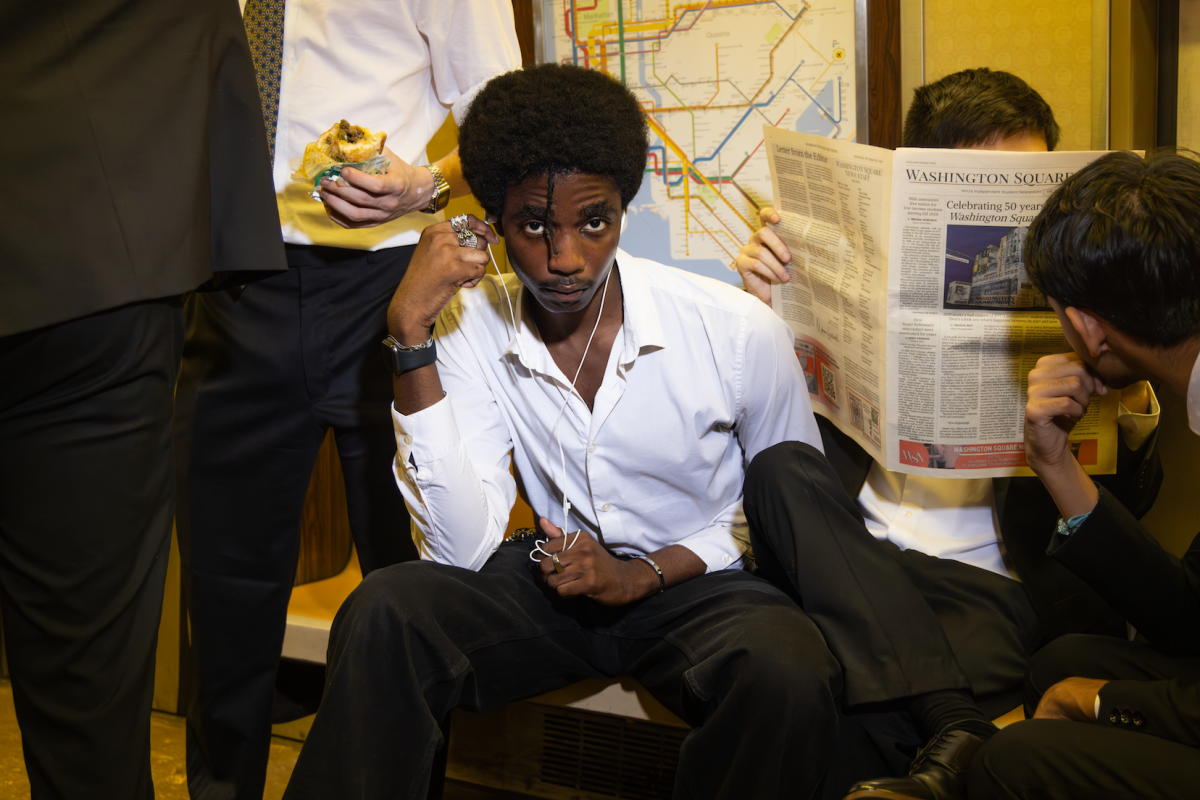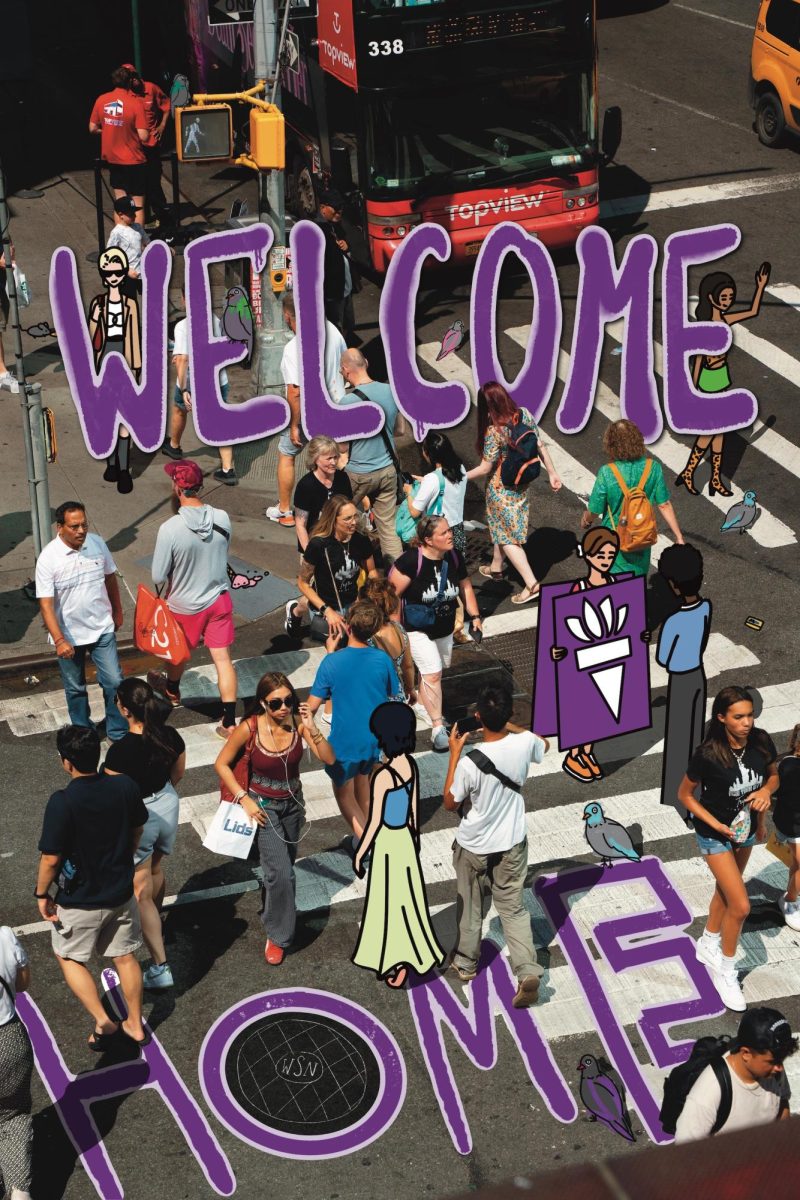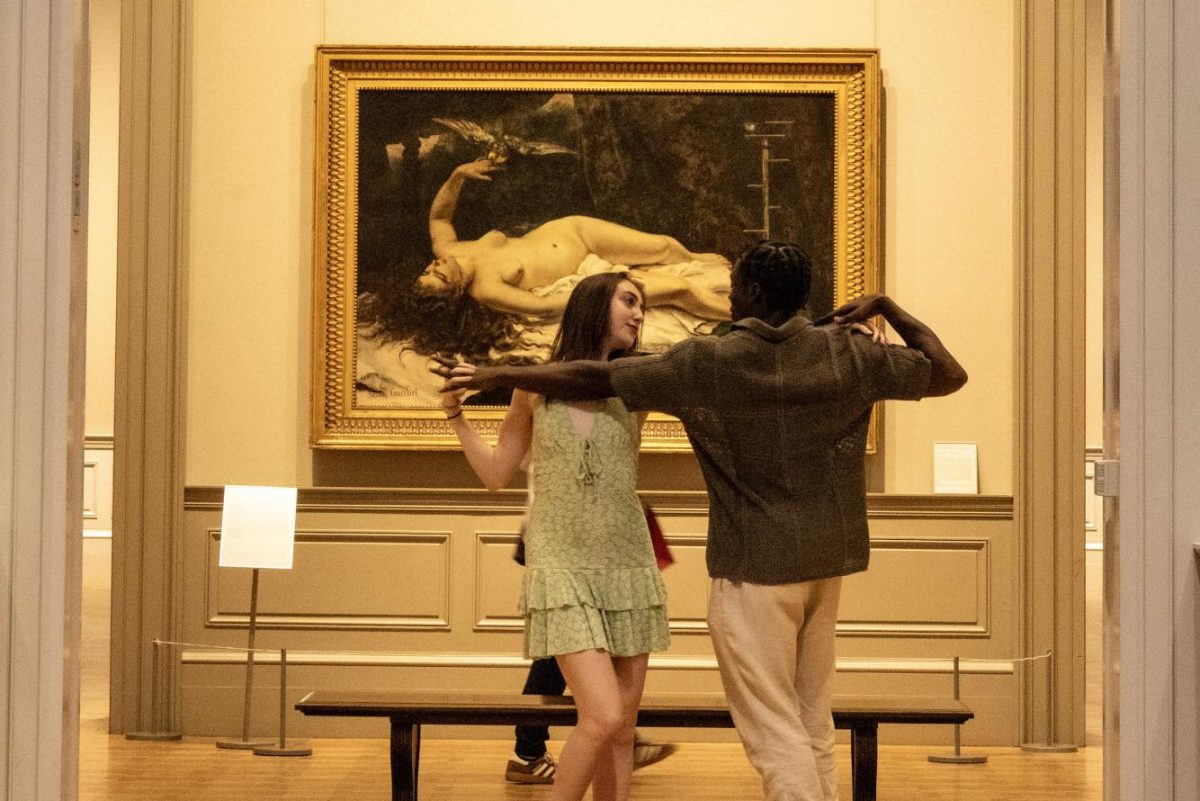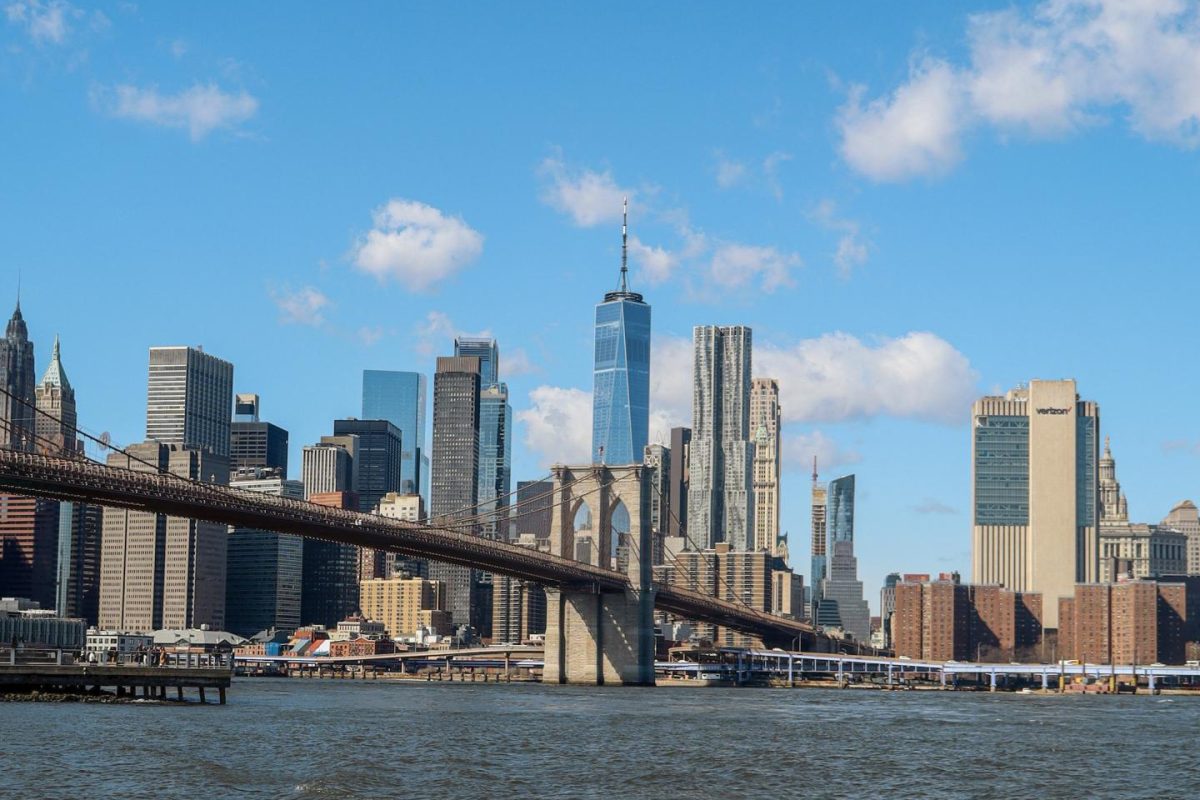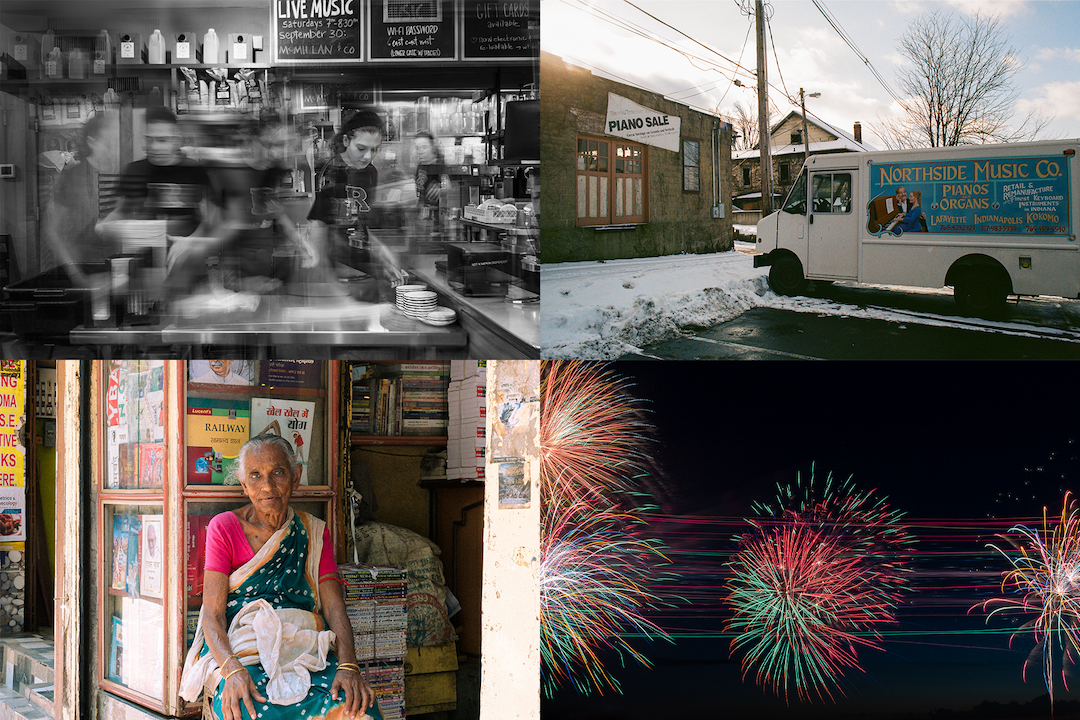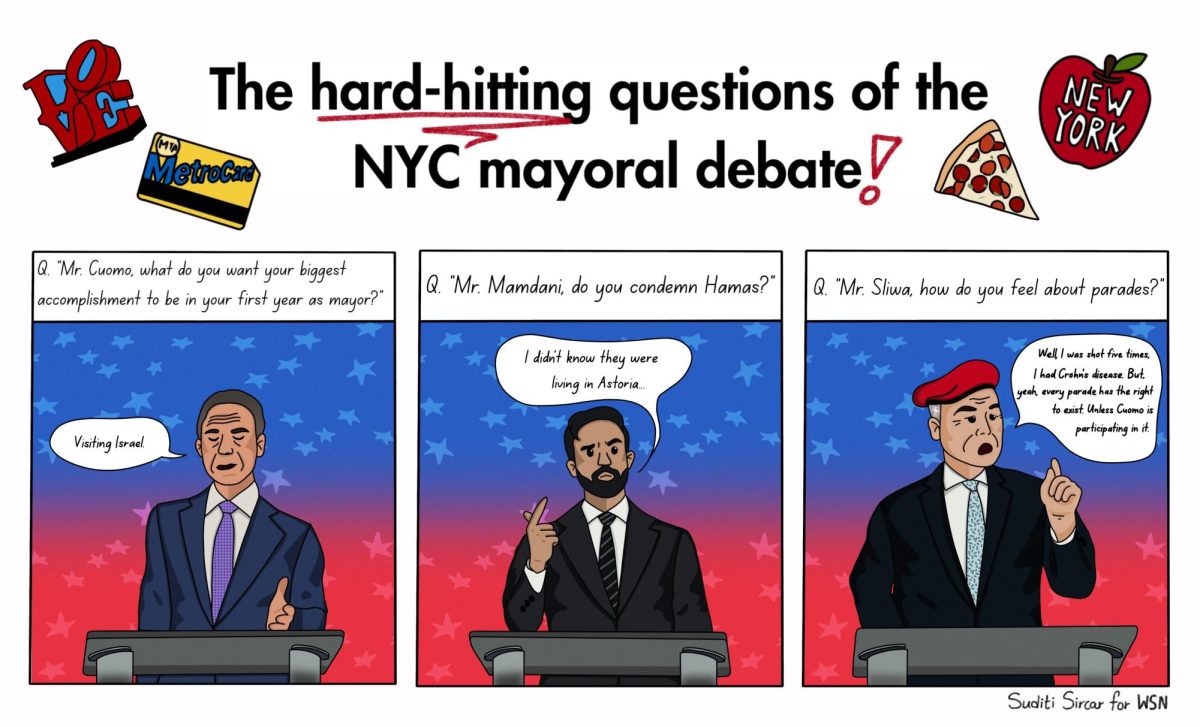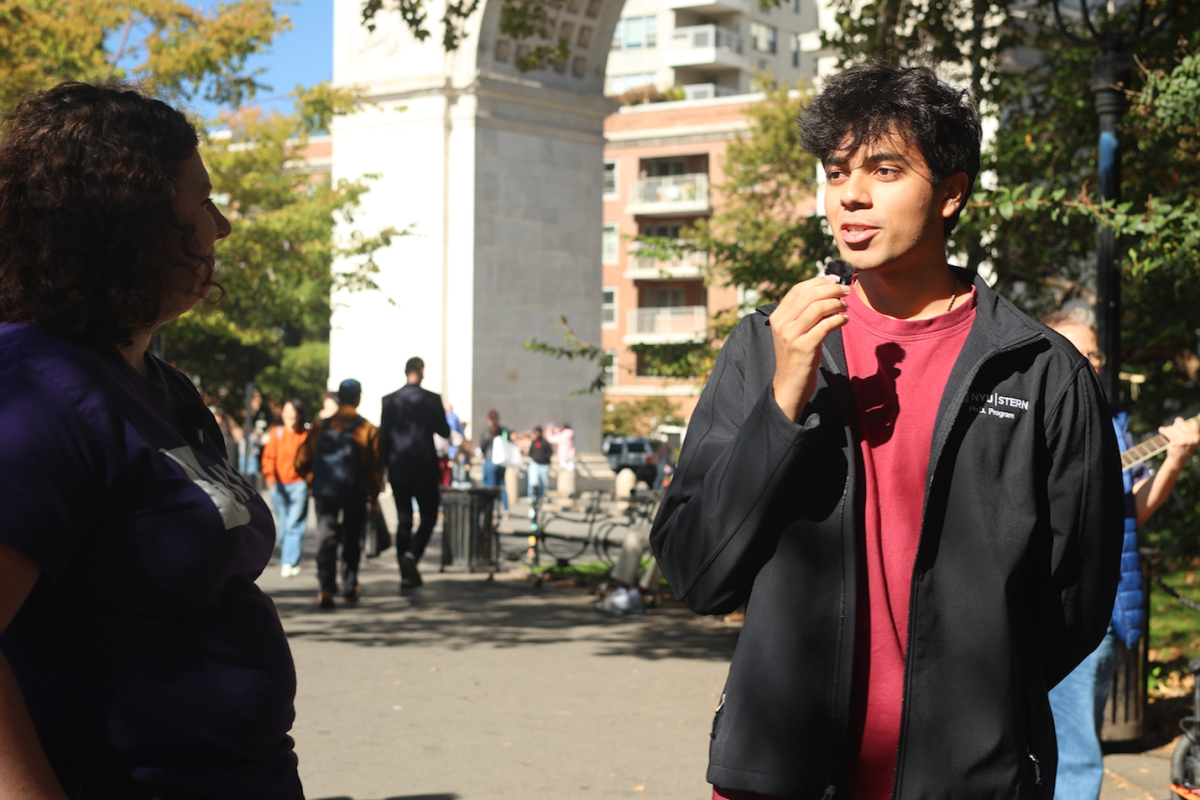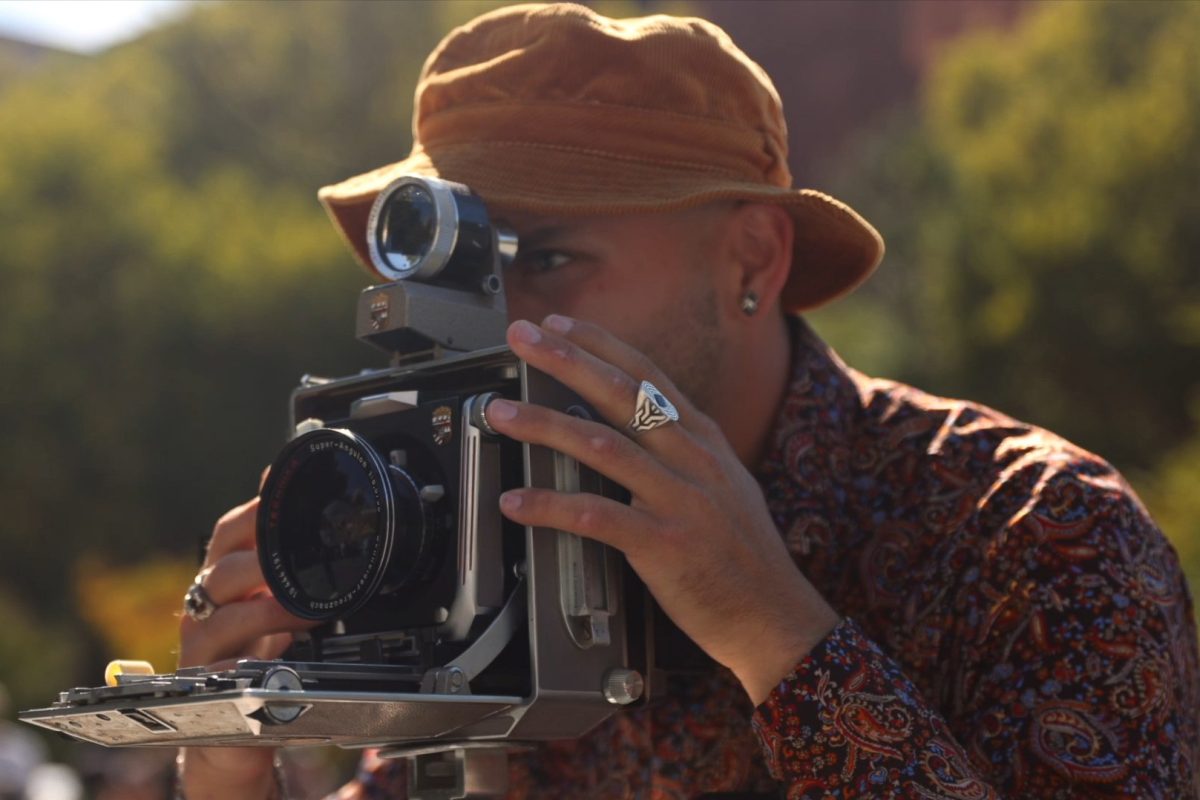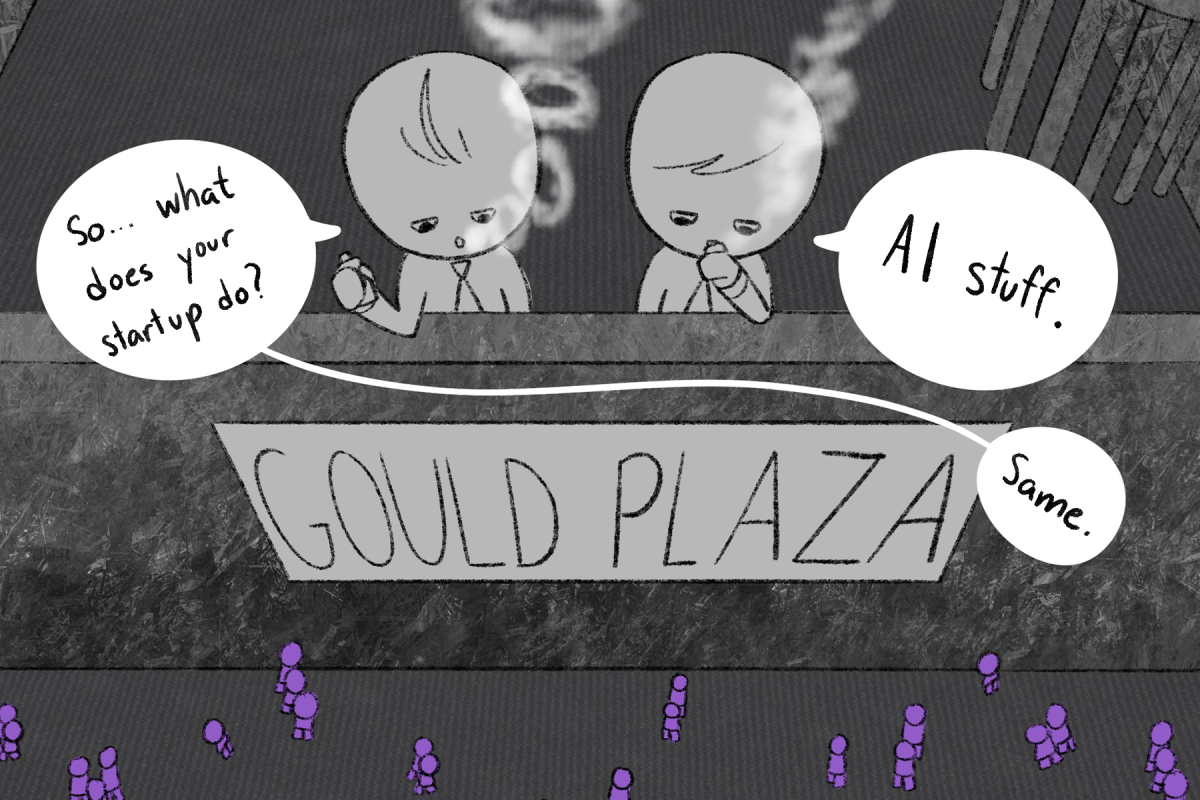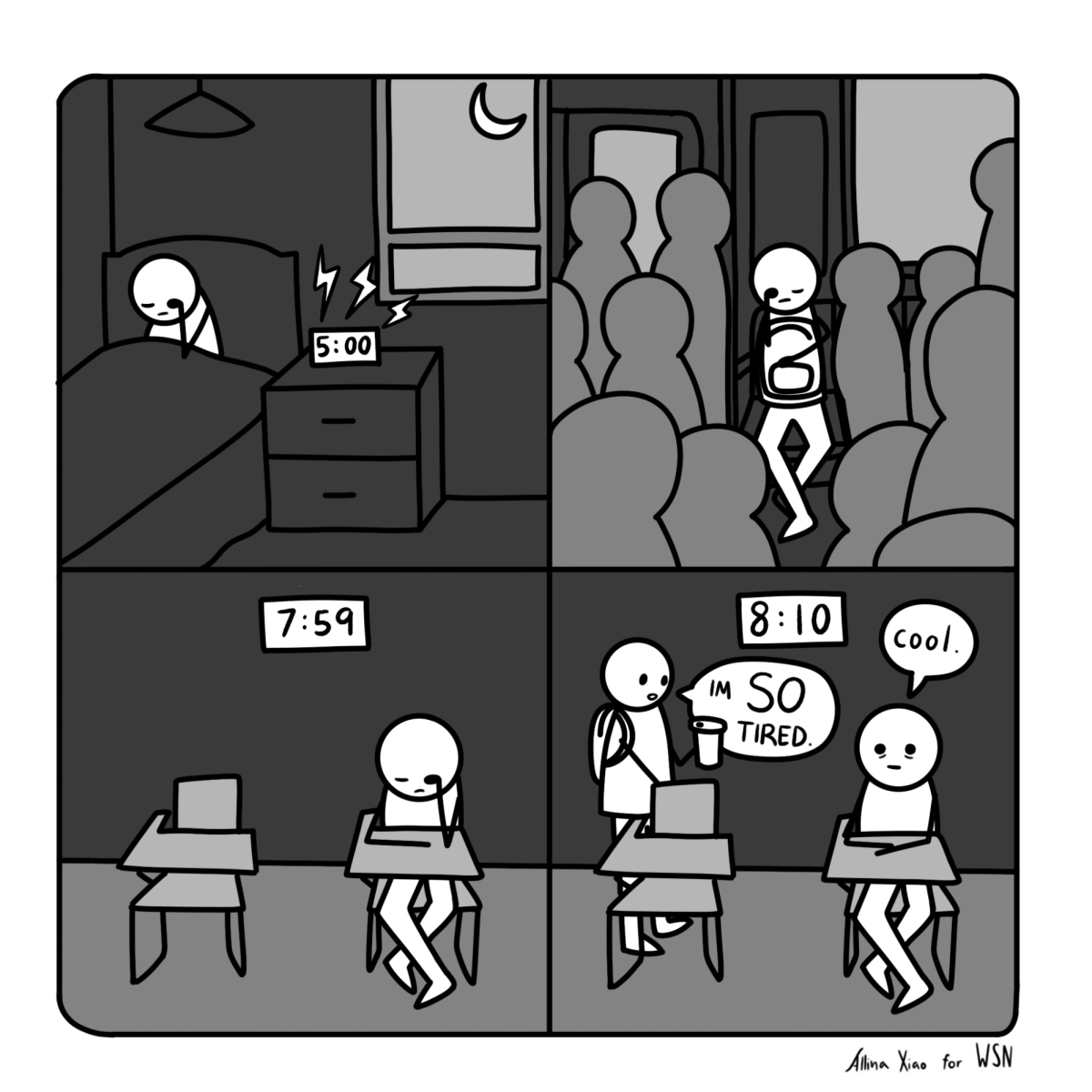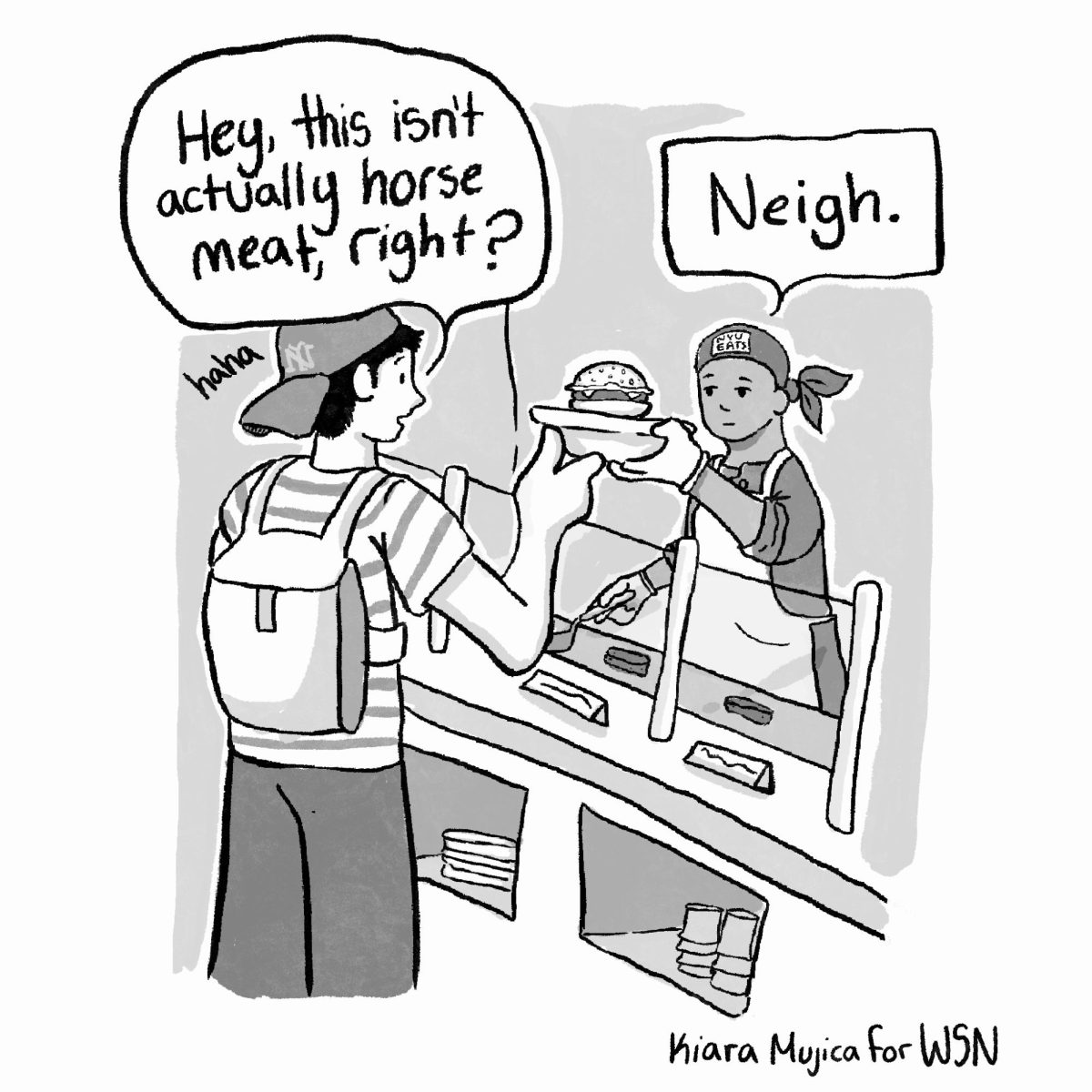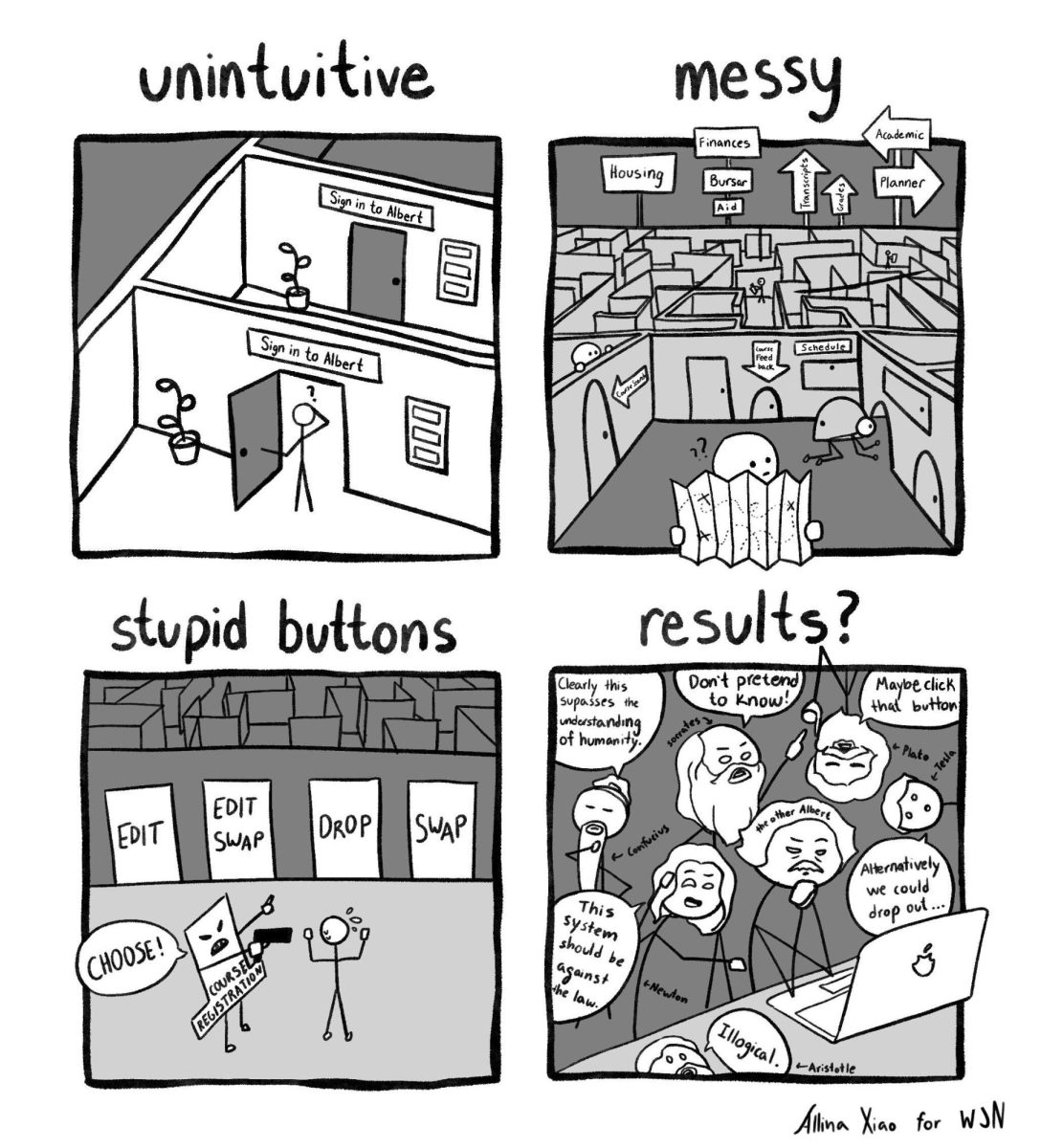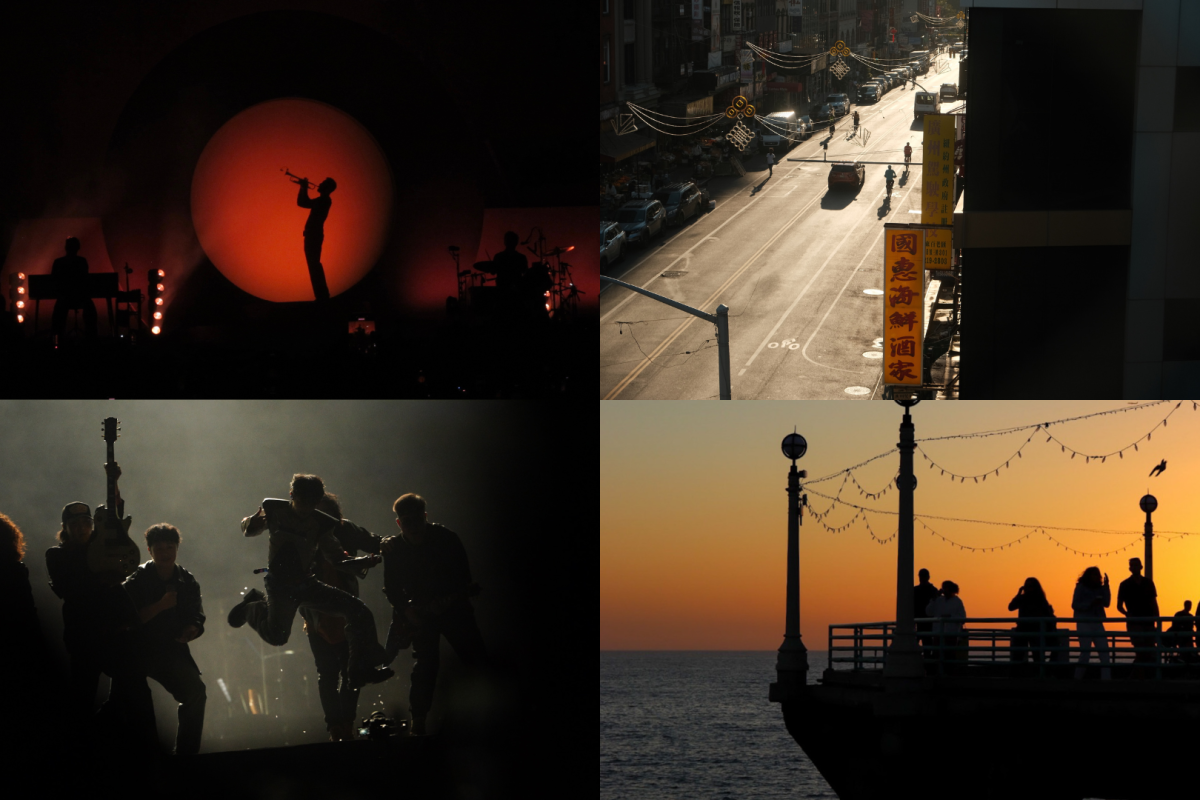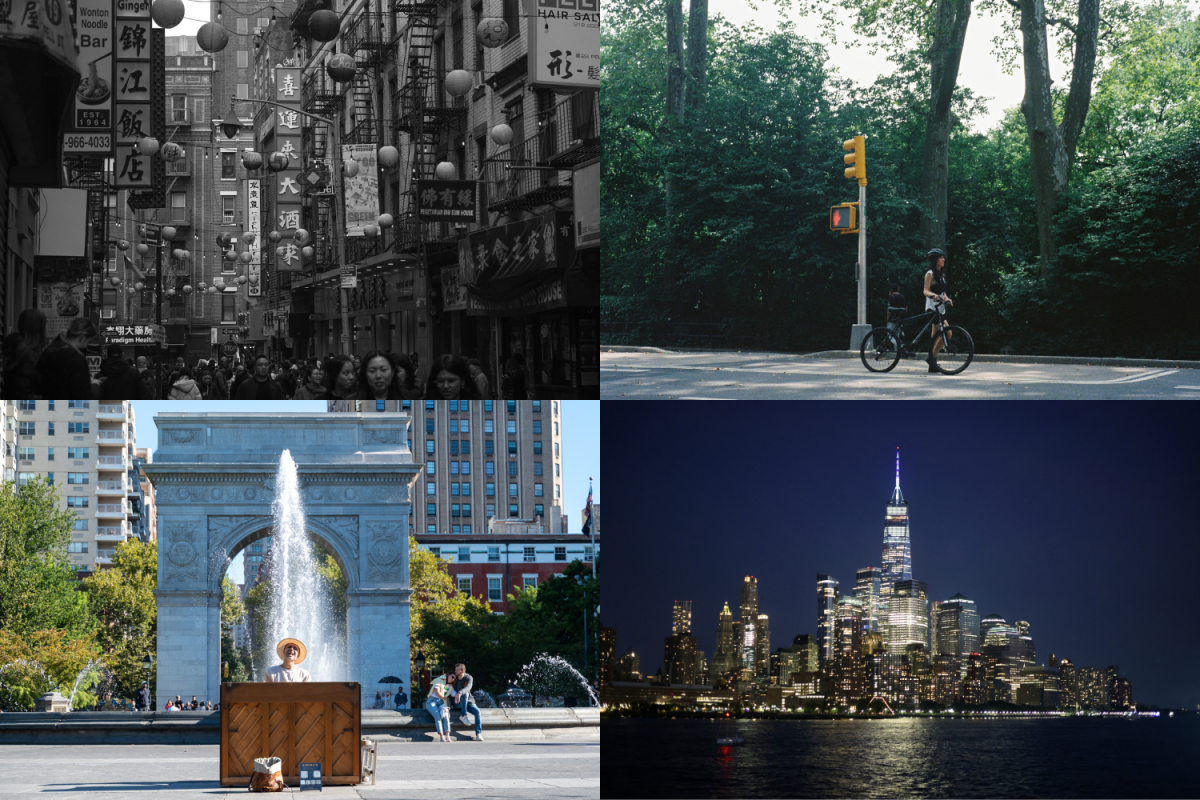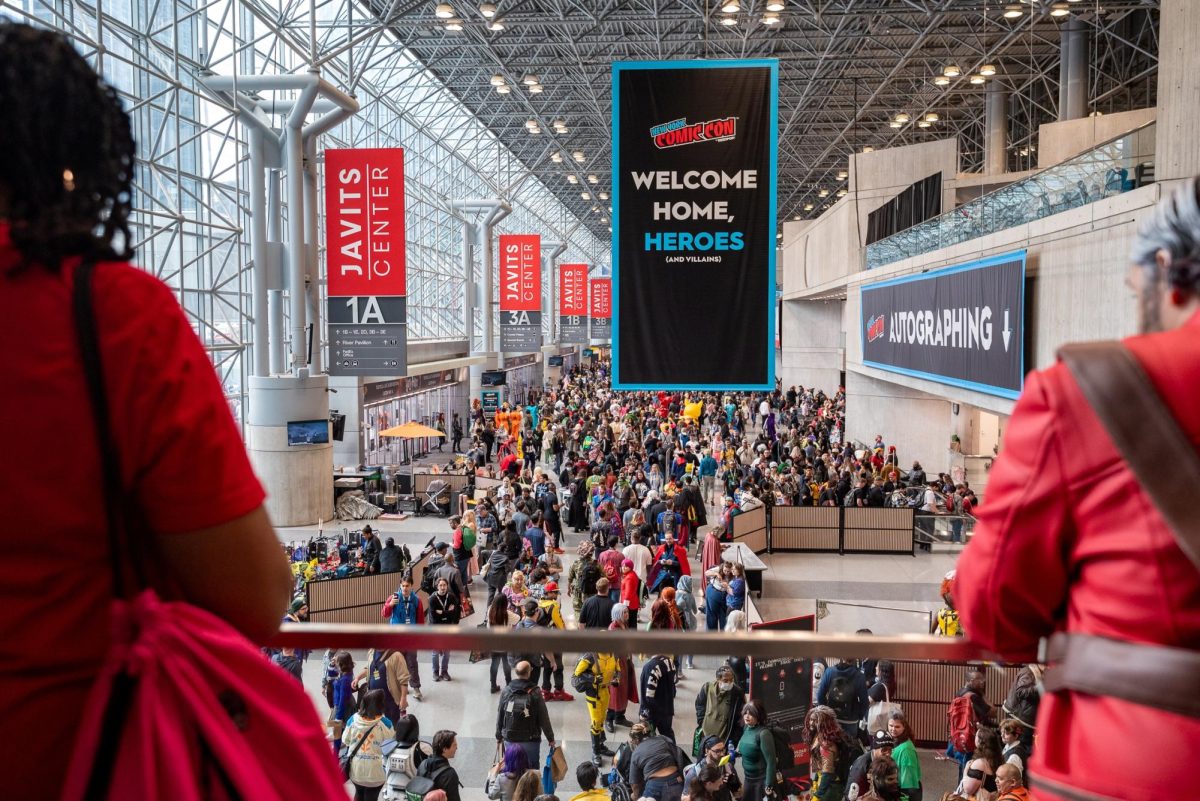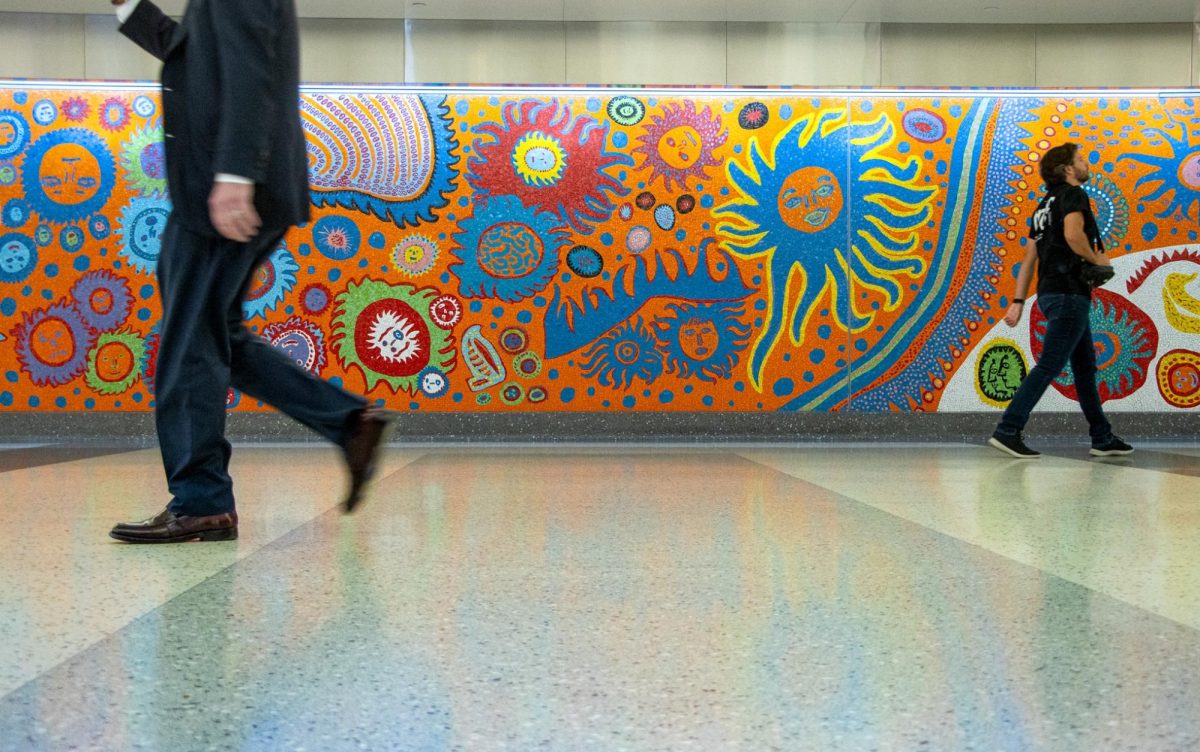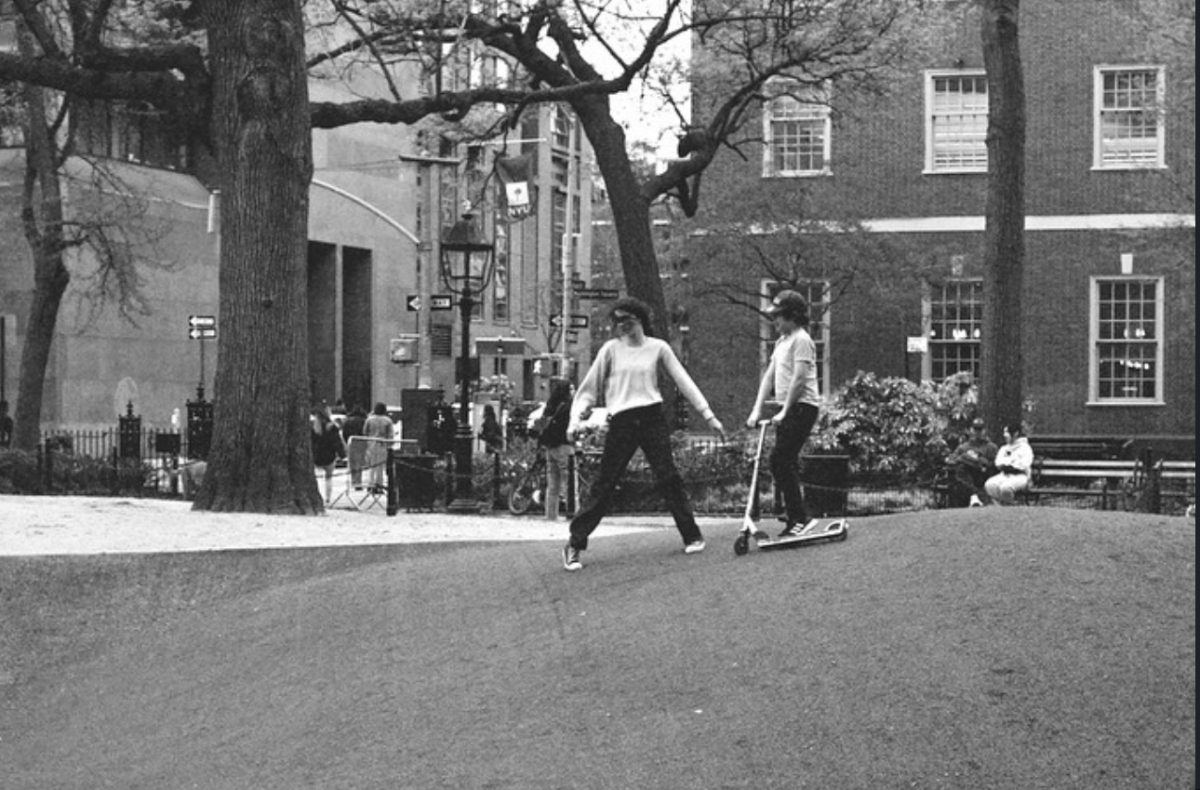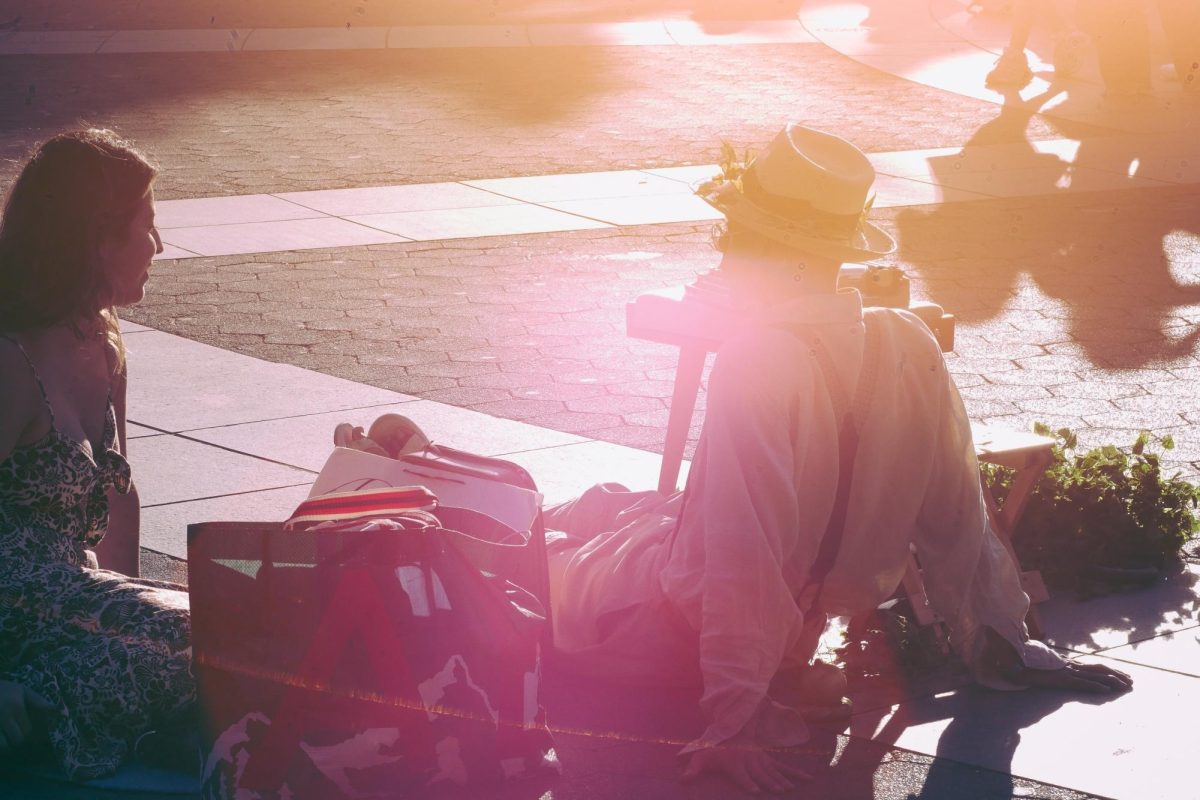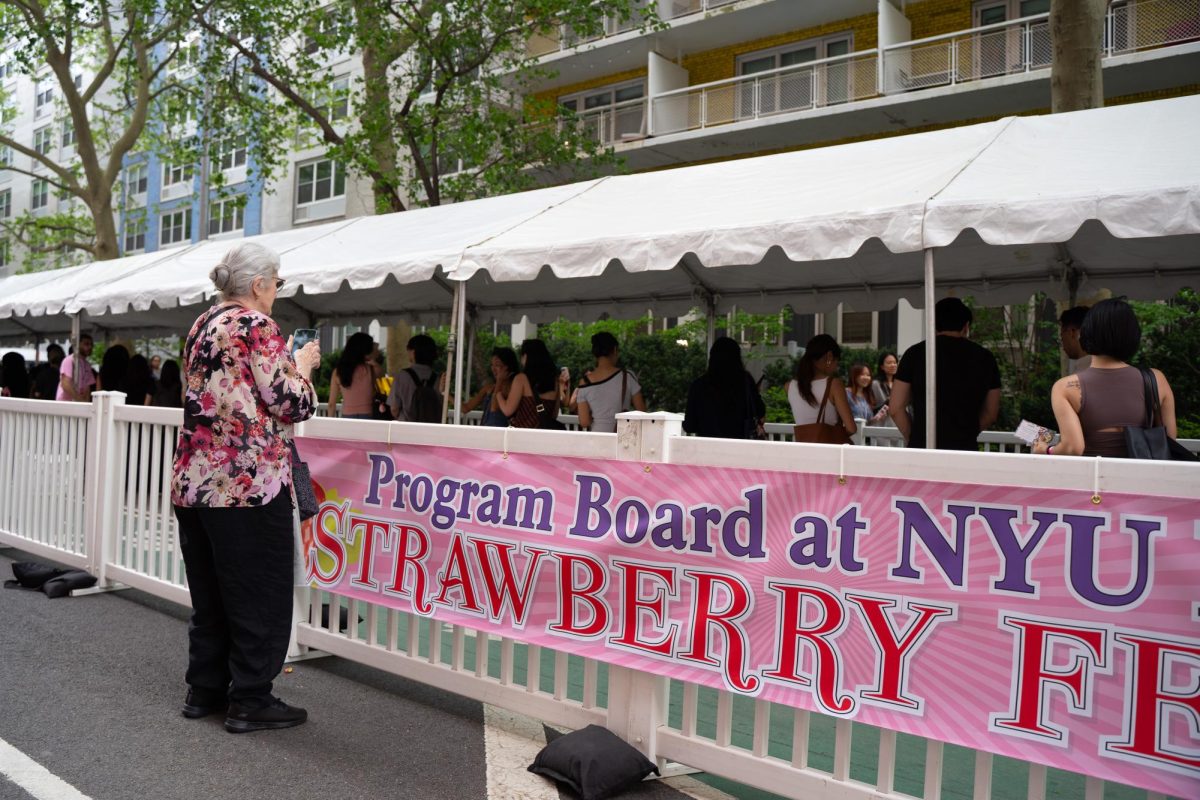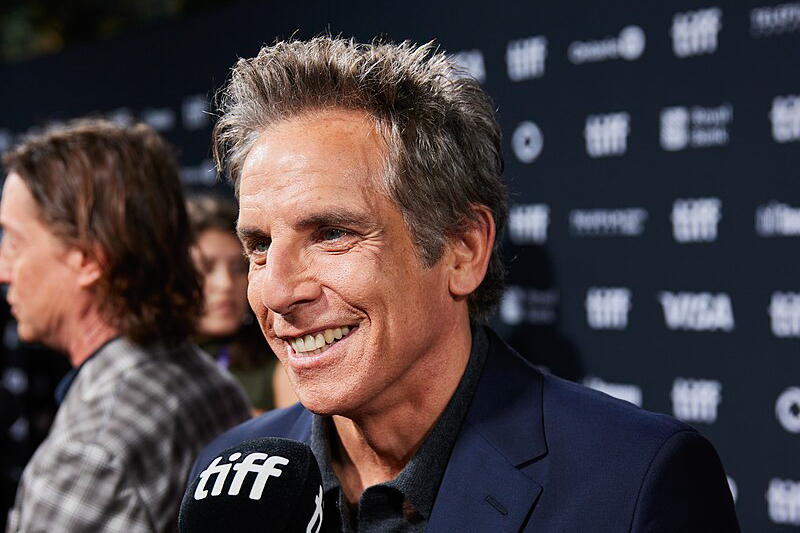Actor and director Ben Stiller has been a pillar in the world of comedy since the early ’90s for his sketch comedy show, “The Ben Stiller Show,” and classics like “Zoolander” and “Night at the Museum.” Three decades later, Stiller is the director of the hit Apple TV+ series “Severance,” which received 14 nominations at the 74th Emmy Awards. The show revolves around an employee (Adam Scott) of the fictional corporation Lumon Industries, who underwent a “severance procedure,” which separates his memories from work and home. Stiller spoke to WSN about his creative process and being in the director’s chair.
This interview has been edited and condensed for clarity.
WSN: What significance does ‘Severance’ hold at this moment to you and why do you think it resonates with viewers?
Stiller: We started making it five years ago, but I got the first script two years before that. It’s been a long development process. The idea of the show has always been the same, but then, when we started to finally make it, so many things changed in the world. When we were making the first season, it was COVID. I think that really affected how people saw the show and how the show was. Even though that’s not literally what the show is about, being separated from yourself and that sort of isolation is something that people can connect with.
WSN: How has directing the show challenged your creativity?
Stiller: It’s actually been a gift because I’ve had a chance to work with so many great people who are incredibly talented and creative. The genre of the show is one that allows for taking chances and going outside of the box. So it gives us a chance to come up with some crazy ideas and try to express them, and in a way that is still integral to the themes of the show. But also there’s real freedom there to try things. I think the only challenging part is you want to try to make something that people will keep watching and you can’t really control that other than trying to make something that you feel is interesting and compelling to you. It’s more challenging when you’re kind of stuck in a box where you can’t do the things you want to do.
WSN: You have recognizable faces, but it’s also some of your cast members’ first major show. What was that dynamic like on set between newcomers and seasoned professionals?
Stiller: That’s also part of the reality of making something. Sometimes [executives] want to have somebody who is a ‘well-known person’ to get people to watch the show. And it’s one of the conundrums, with television shows too, they’ll say, ‘Oh, can we get a star?’ But I think the best shows are the ones where you discover the actors within the reality of the show. Even if they’ve worked a lot, but they’re not as well known, then you have this connection with them and the character in the show. It doesn’t take you out, because you don’t know them from something else. In Adam [Scott]’s case, he’s done a lot, and I think people did know him, but the shows he’d been on before kind of fed into the character that he plays on our show. From his history on ‘Parks and Recreation’ and being in an office workplace environment — I worked with him in ‘The Secret Life of Walter Mitty,’ and he just had that layer to his work that was sort of known. There was this other layer that was beneath that — a lot of people weren’t aware of the depth that he has, and it was fun to see people discover that. Even this season, we have a new actor, Sarah Bock, who plays Miss Huang, and she’s a freshman in college. It was really fun working with her and watching her.
WSN: You’ve said that there were a number of rewrites and reshoots. What was the process like, and what made you feel like redo’s were necessary?
Stiller: The reality is, sometimes you can’t do that because of your budget, and the lower your budget, the more you have to think ahead, and the more planning you have to do. Everybody works differently, but for our show, it’s such a strange tone and we’re shooting a lot of episodes at the same time. We do something called block shooting, where we’re basically shooting the scenes from three episodes at one location. We’ll go to the Lumon building down there in New Jersey and shoot for five days, but we’ll shoot from three different episodes while we’re there to save money. You don’t put the episodes all together for a few months down the line, then all of a sudden there’s a story idea that’s not working, and sometimes we want to make something believable, but also kind of nebulous too — finding that balance, we end up going back and forth. That’s how we’ve done it from the first season on this show. It’s a luxury that we have the ability to be able to go back and do that, but you don’t ever go in thinking, ‘Okay, we’re gonna have to do this’ — you just sort of look at what you have and you assess it.
WSN: You featured one of your drivers Mustafa as Helly’s driver in episode three of season two. What inspired you to do that?
Stiller: I’ve known him for years, and I’ve always thought he’s incredibly charismatic, has a really great look and a really interesting demeanor and face. In that scene originally, there was no driver written in, but there was this moment where Cobel has to decide she doesn’t want to go inside the building with Helena, and I thought maybe there’s just one other element that could freak her out a little bit. So we wondered if the driver was there … I actually just thought ‘Mustafa will be perfect for this,’ and he was so good. Every time I see him, wow, he really has screen presence.
WSN: You would sometimes show your son, Quin, some of the scenes that you shot, and he came to set a couple of times. What was that like? What made you want to include him?
Stiller: I grew up with parents who were in the business, and I used to love going to visit them on the set. I’m not trying to force him to be in show business or anything — if he told me he wanted to be a neurosurgeon, I’d be very happy too. The thing is I’m actually making a documentary about my parents and my family, and Quin’s in it. It started out being about my parents, and it’s kind of become about everybody in our family, and it’s about growing up in this business. I love being able to have him be a part of it. It’s fun to hang out with your kid, but as an audience, I really value his opinion, too … I could tell when Quin really liked an episode. It’s just really helpful to get a sense of what he connects with and what he doesn’t. He’s not afraid to give me honest feedback, which I really appreciate.
WSN: What inspired the pop up at Grand Central Station? You were called a proud dad online for your appearance at the event. What does that label mean for you?
Stiller: It’s pretty funny. I mean, I understand why, because I was taking pictures. I’ve really enjoyed being behind the scenes on the show. I’ve never had a desire to be in the show, and I am proud of all the work that everybody’s done. It was fun watching the actors get in there — first of all, they decided to do that. They were willing to go inside of this glass cube in Grand Central Station for three hours and just, sort of, do whatever. What was fun to me in that installation was the performance art aspect of it, but because they’re all such great actors, they were just going to fall into being their characters in that world. Knowing that they were being watched in this cube and not breaking the fourth wall and just knowing that we couldn’t hear them out there — it was fascinating to me.
Contact Ava Fackler at [email protected].

